

Latest IELTS Writing Task 1 2024 (Graphs, Charts, Maps, Processes)
by Dave | Sample Answers | 147 Comments
These are the most recent/latest IELTS Writing Task 1 Task topics and questions starting in 2019, 2020, 2021, 2022, 2023, and continuing into 2024.
You can find all the most recent IELTS writing task 2s here and the general training questions here .
I also have recorded all the IELTS speaking questions here .
Learn here about how to write an IELTS general overview for task 1.
If you are able, please consider supporting my efforts (and receiving exclusive IELTS Ebooks!) by signing up for my Patreon here .
Enjoy and comment any questions/writing that you have!
Read my sample for the process below here.

Read my sample for the pie chart below here.
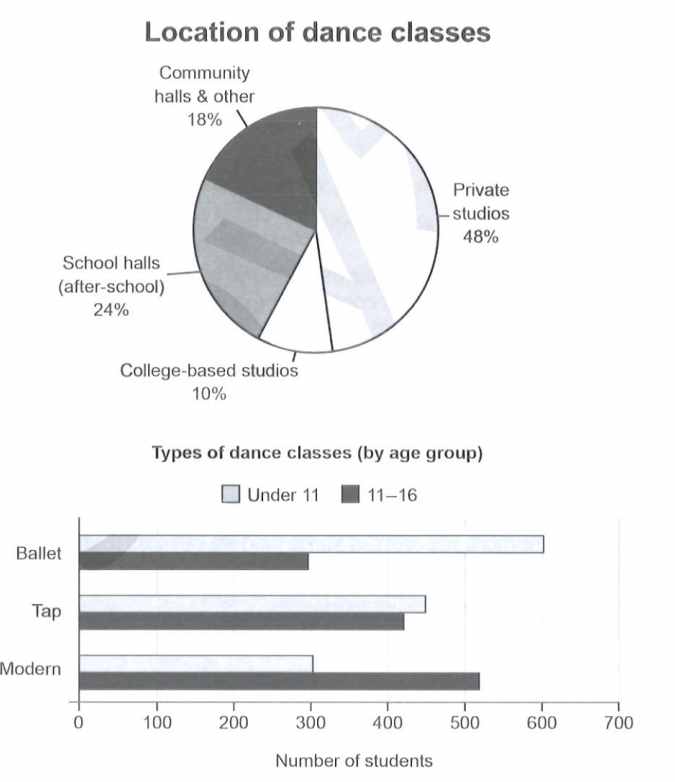
Read my sample answer for the map below here.
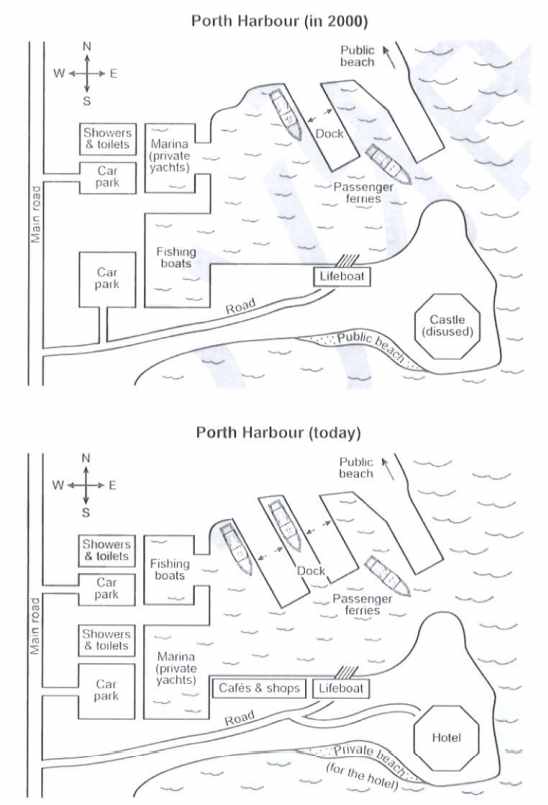
Read my sample answer for the Cambridge 19 line chart below here.

Read my sample for the line chart below here.
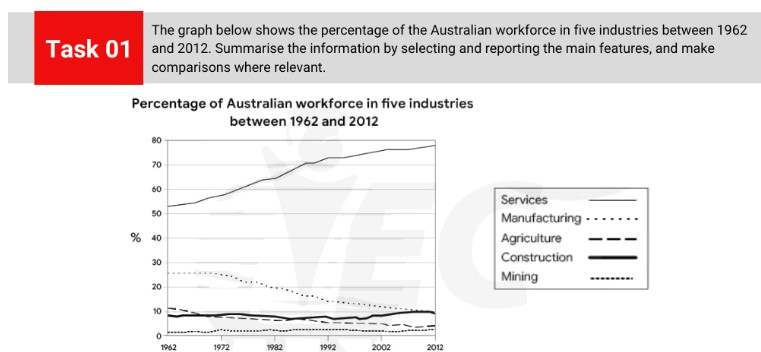
Read my sample answer for the chart below here.
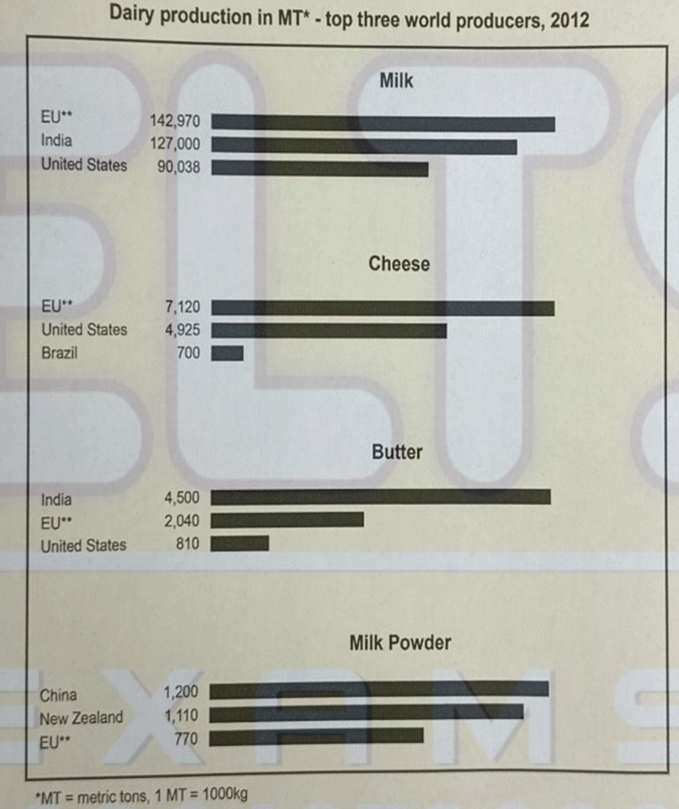
Read my sample for the table below here.
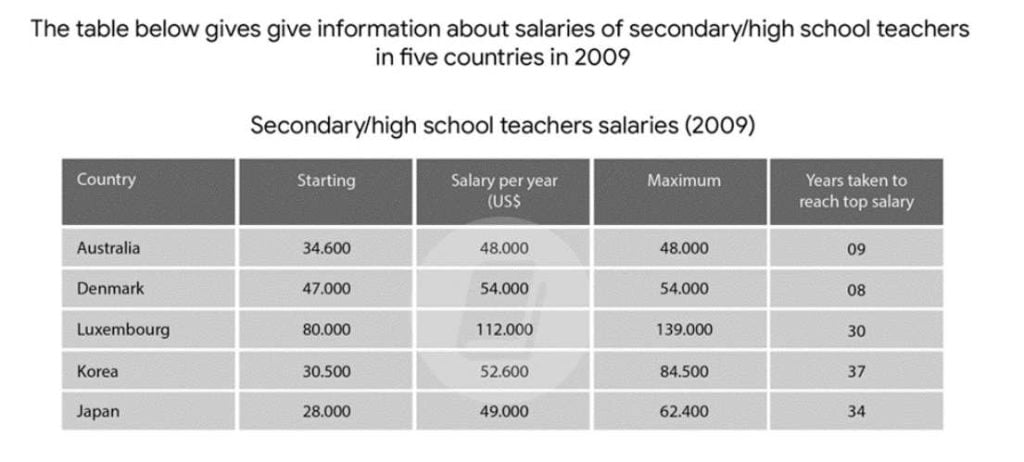
Reported on IELTS November 27th
Read my sample for the bar chart below here.

Reported on IELTS November 5th
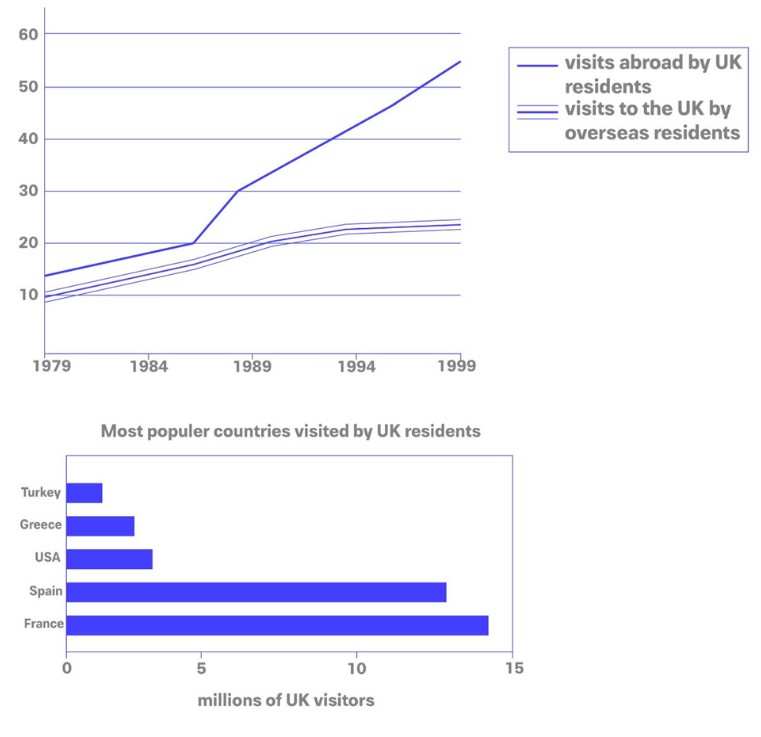
Read about the line chart below here.

Read about the pie charts below here.
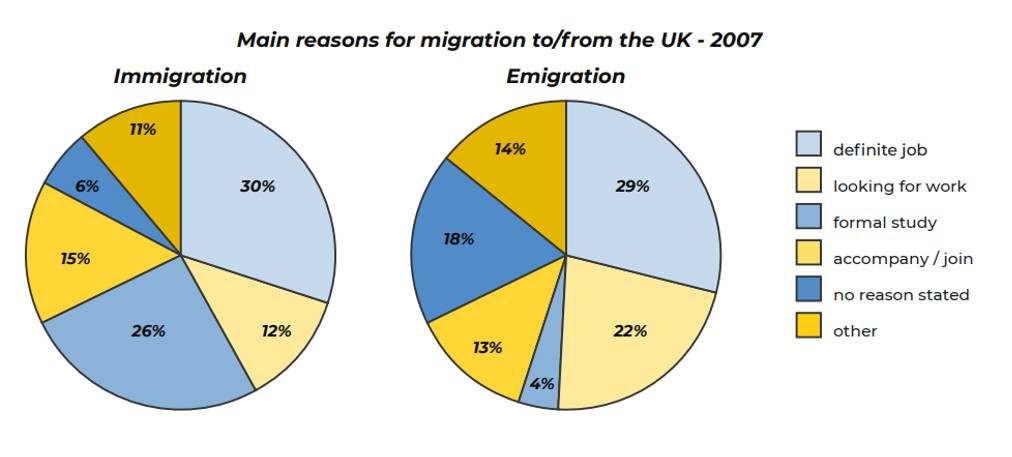
Read about the chart below here.
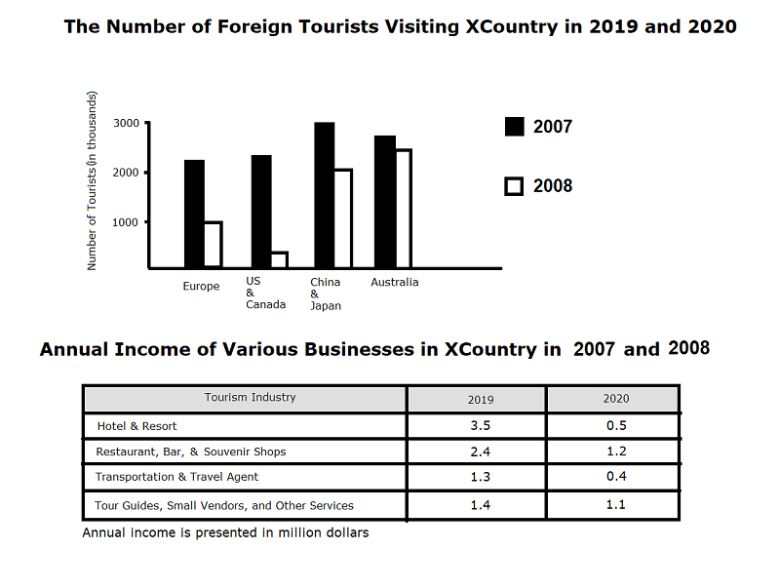
Read about the bar chat below here.
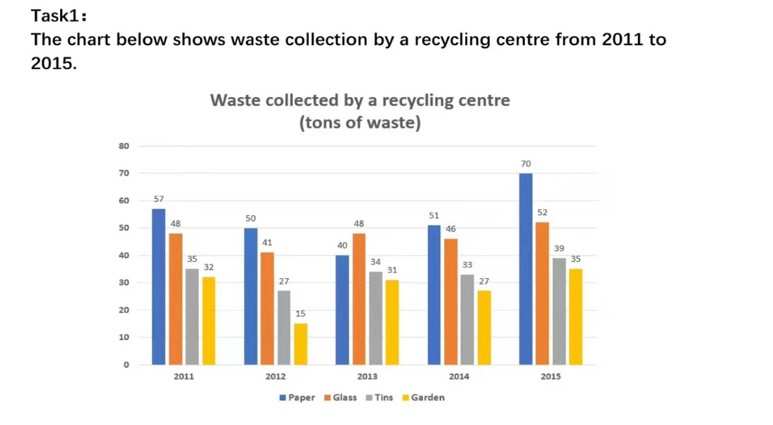
Read about the map below here.

Read about map below here.
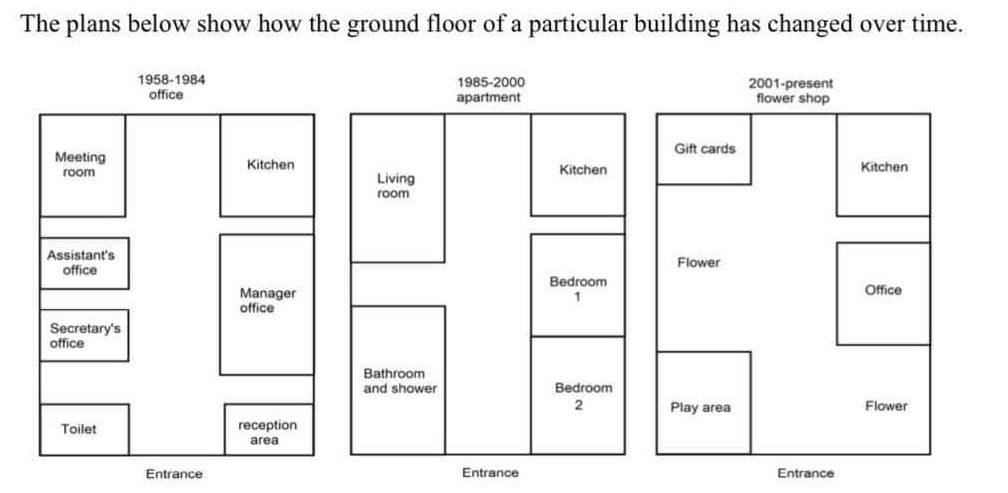
Read my essay for the bar chart below here.

Read my essay for the charts below here.
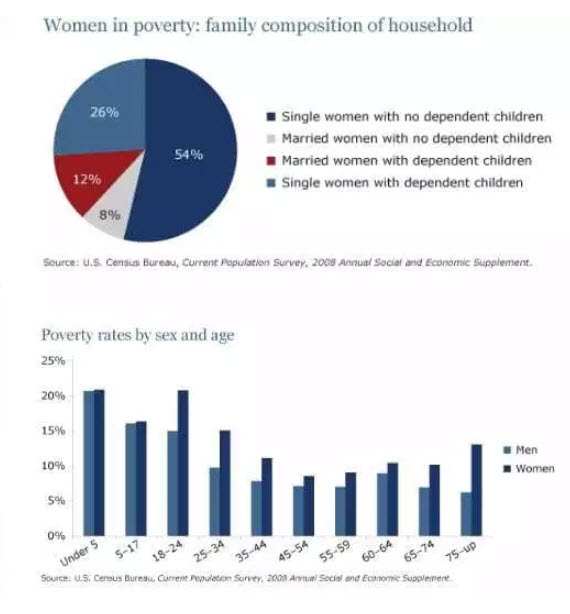
Read my essay for the line chart below here.
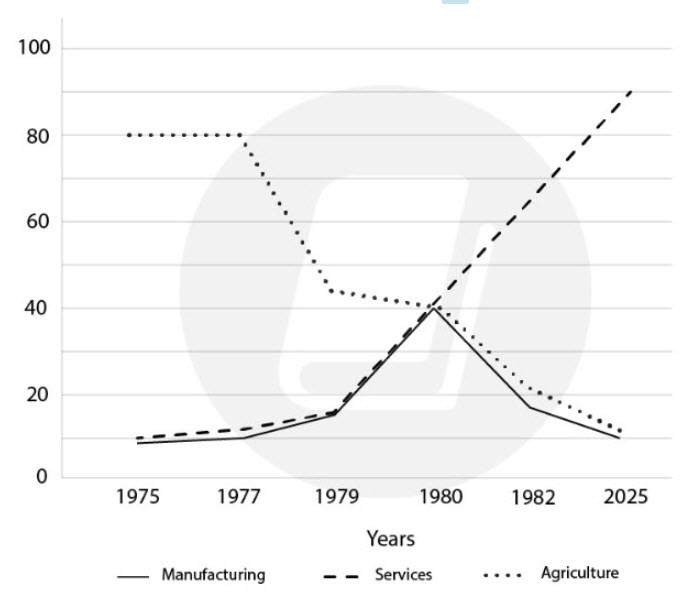
Read my essay for the table below here.
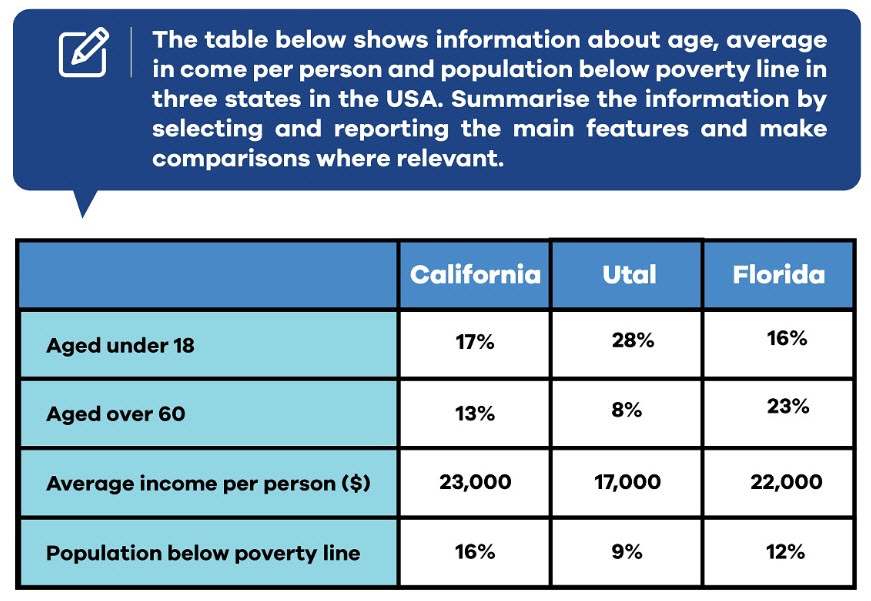
Read my essay for pie charts below here.
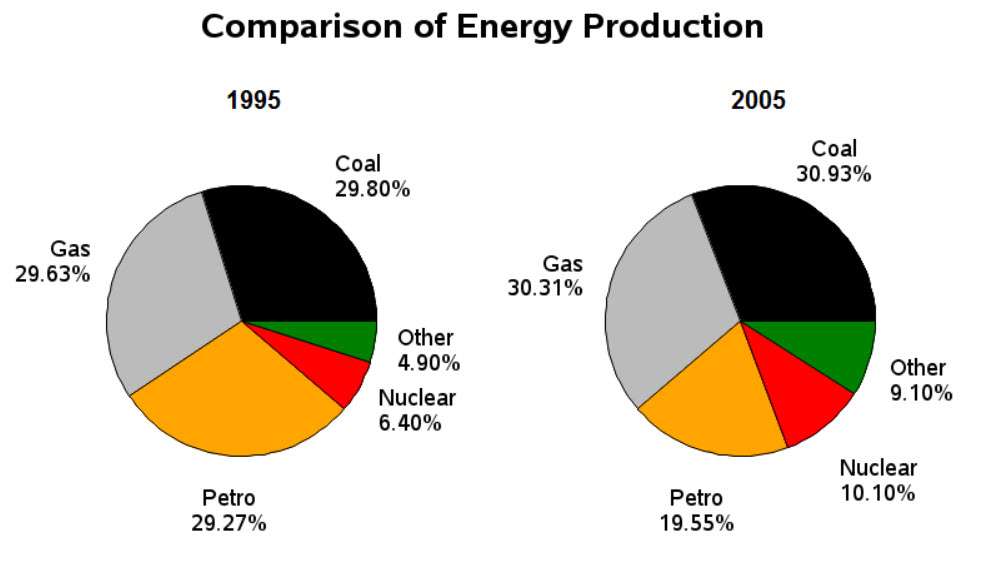
Read my essay for the process below here.
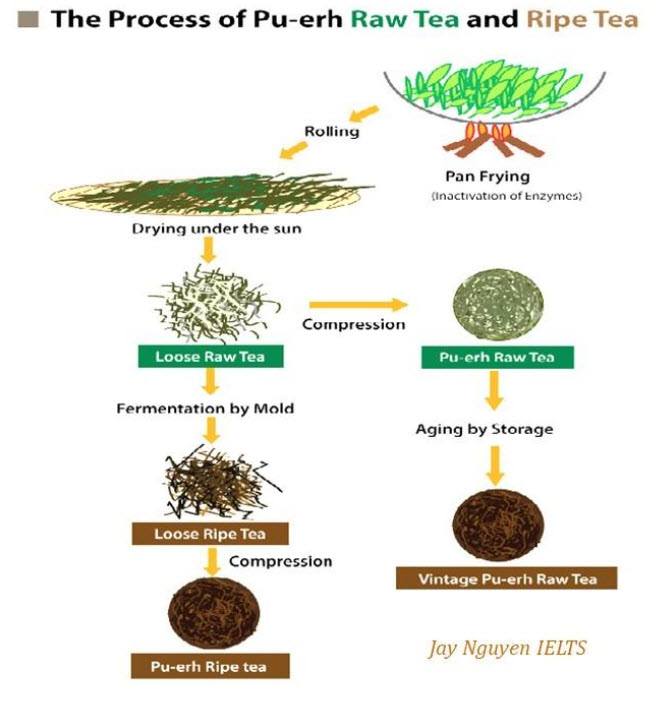
Read my essay for the map below here.
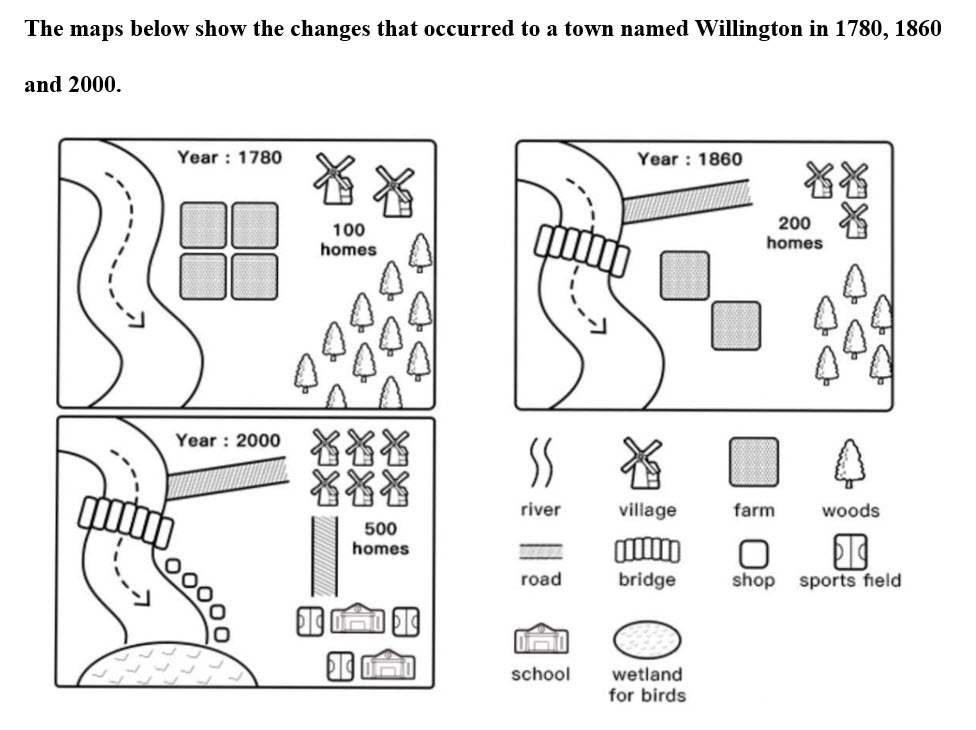
Read my essay here.

Read my essay or the process below here.

Read my sample answer for the bar chart below here.
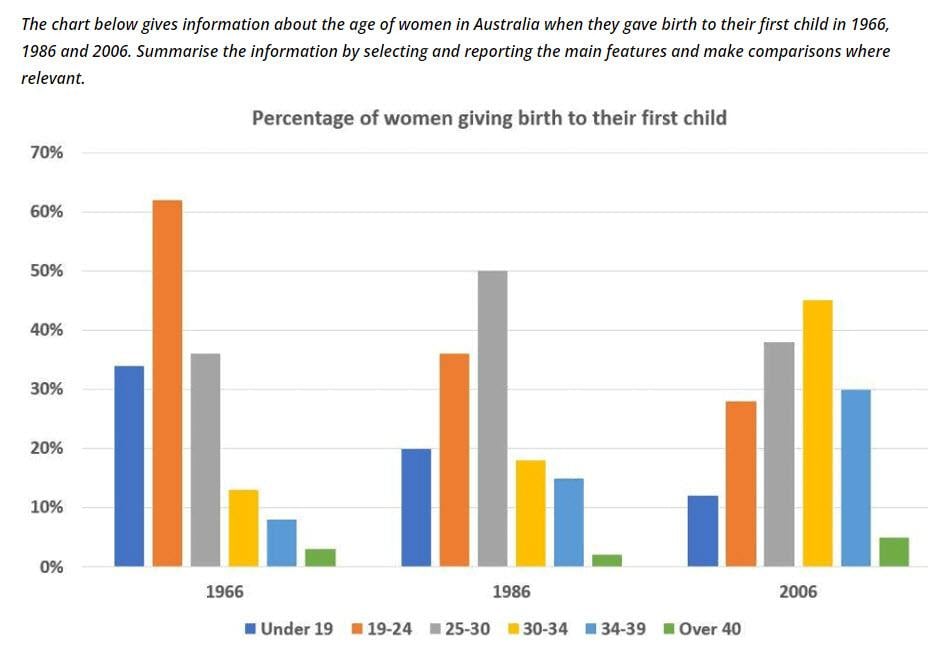
Read my essay about this line chart here.
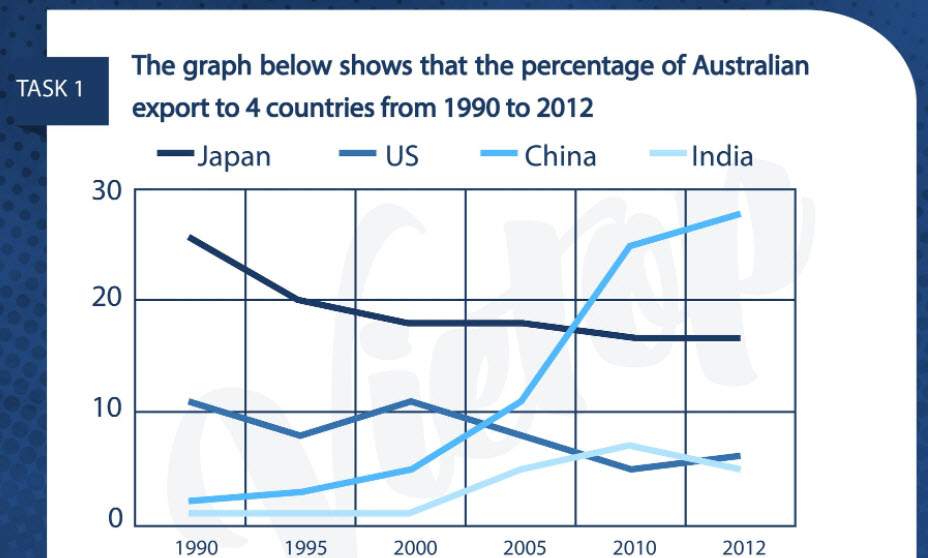
Read about this map here.
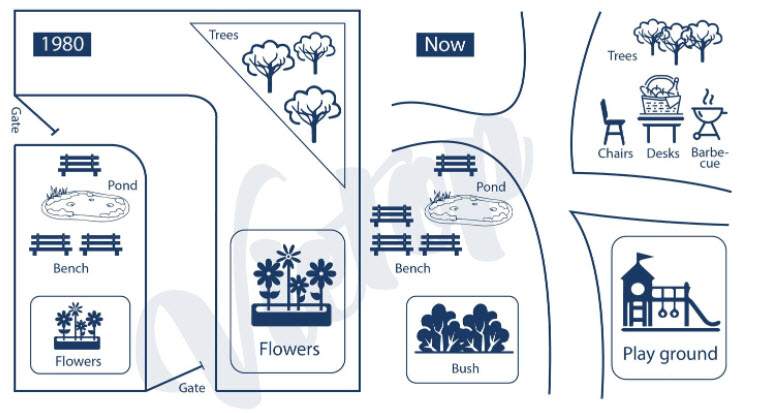
Read my essay for the bar chart and pie chart below here.
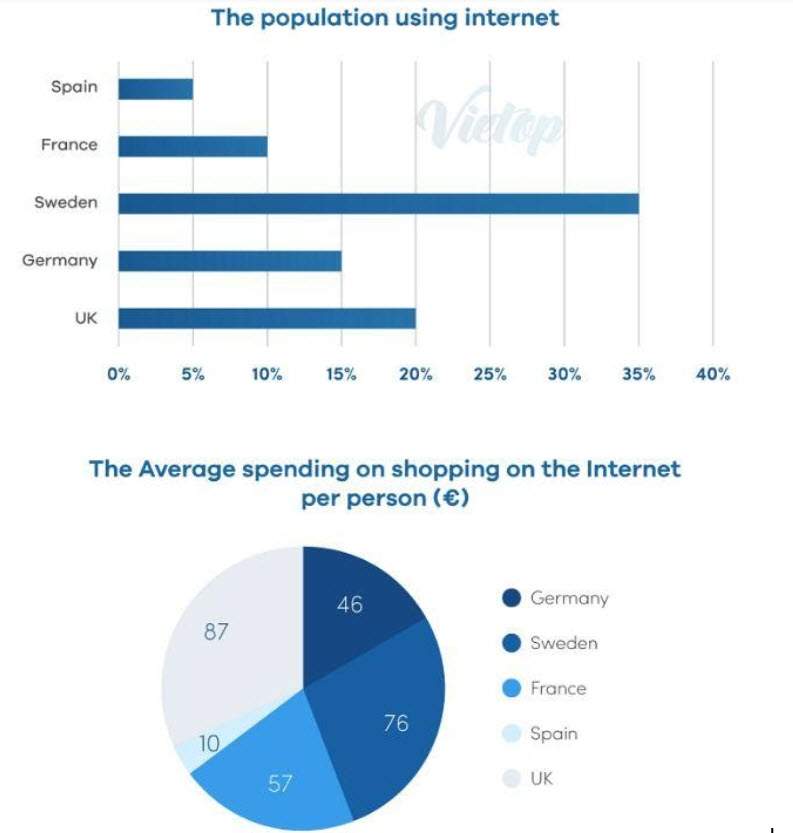
Read my essay for the combined pie chart and table below here.

Read my sample for the pie charts below here.

Read my sample for the chart below here.

Read my answer for the chart below here.
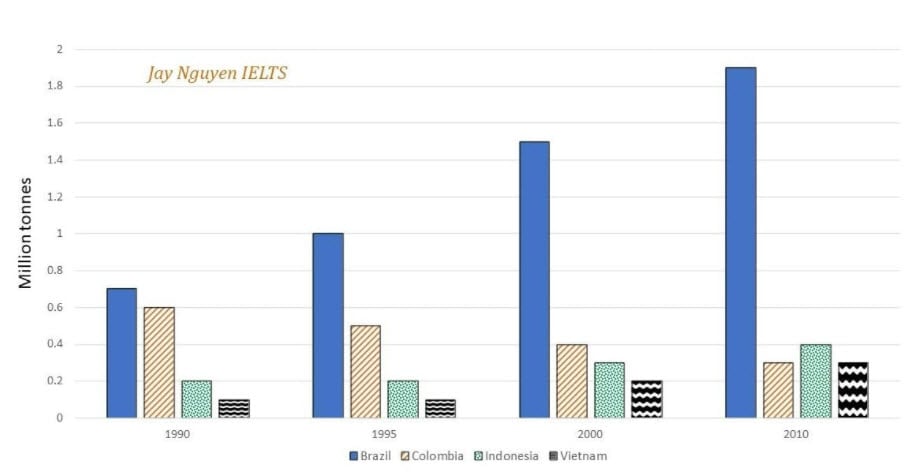
Read my answer here .
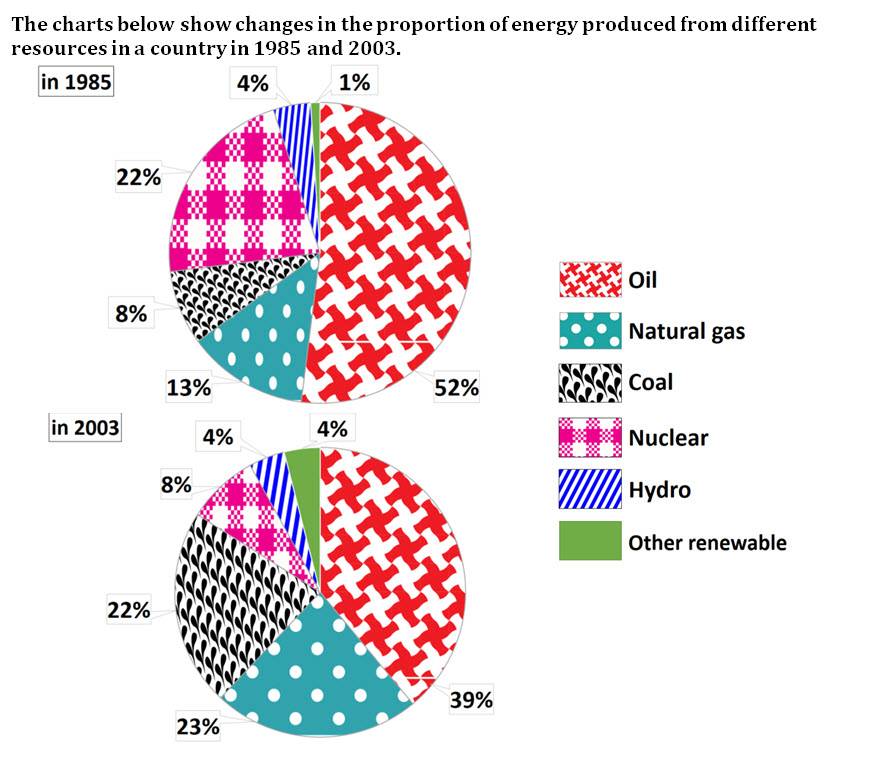
Read my sample answer for the table below here.

Read my sample answer for this process here.
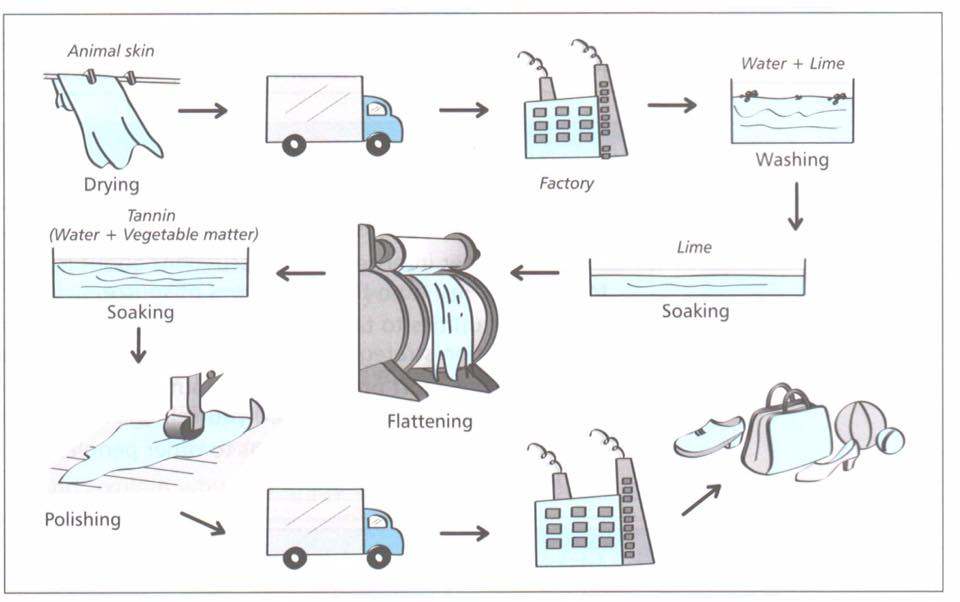
Read my sample answer for this chart here.
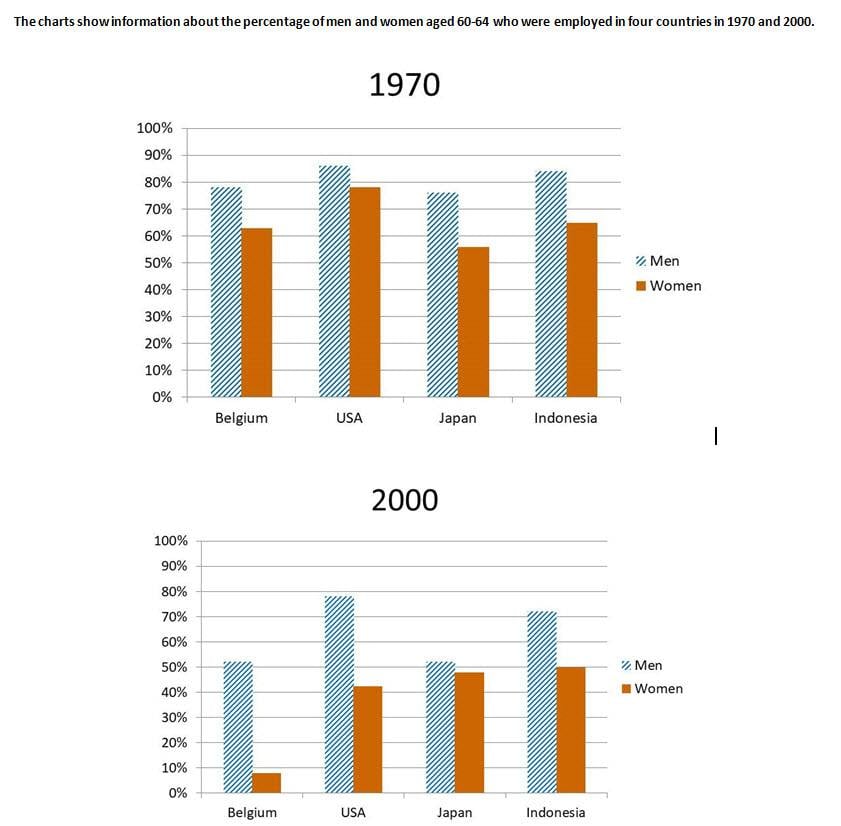
Read my sample answer for the process below here.

Read my sample answer here.
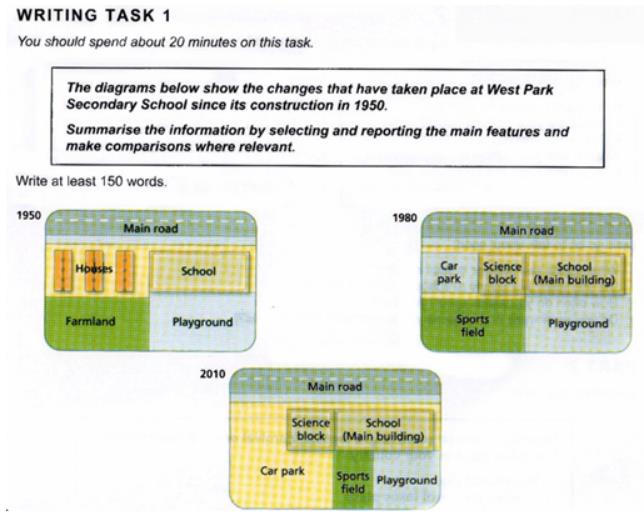
Read my sample for this bar chart here.
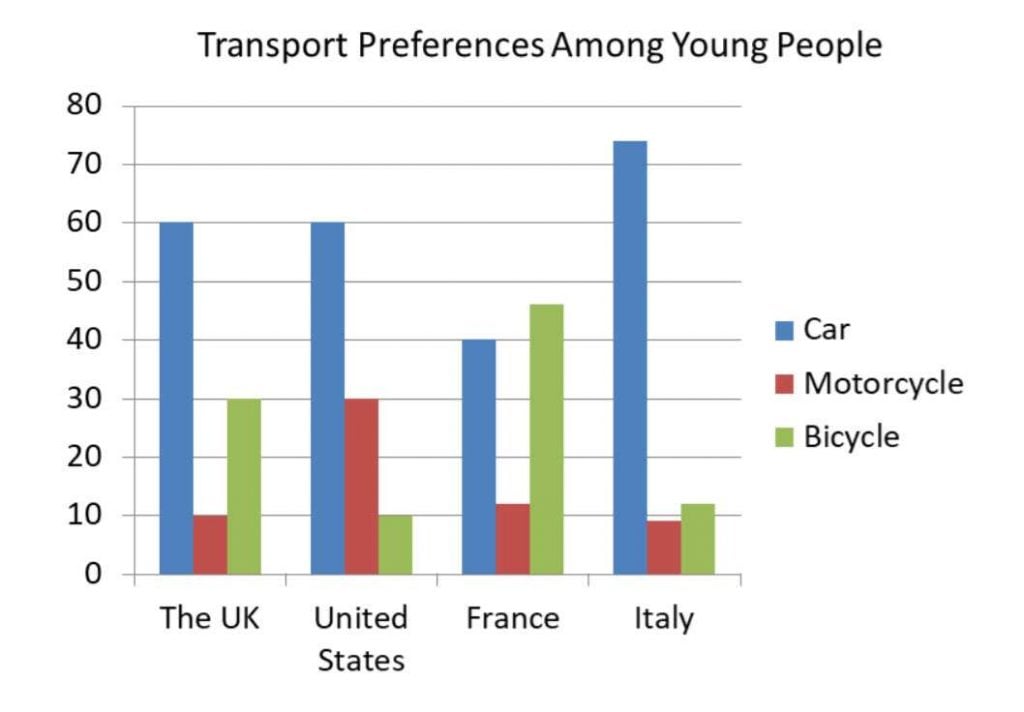
Read my sample answer for this line chart here.

Read my sample answer for the floor plan below:
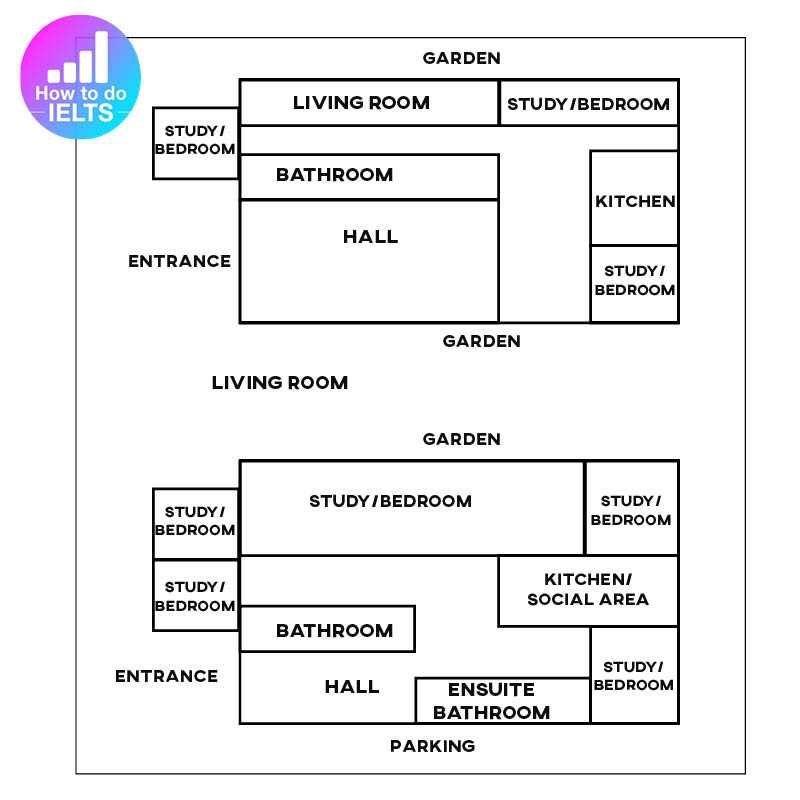
Read my sample answer for the new bar chart below here.

Read my sample answer for this table here.

Read my sample answer for this mine map below:
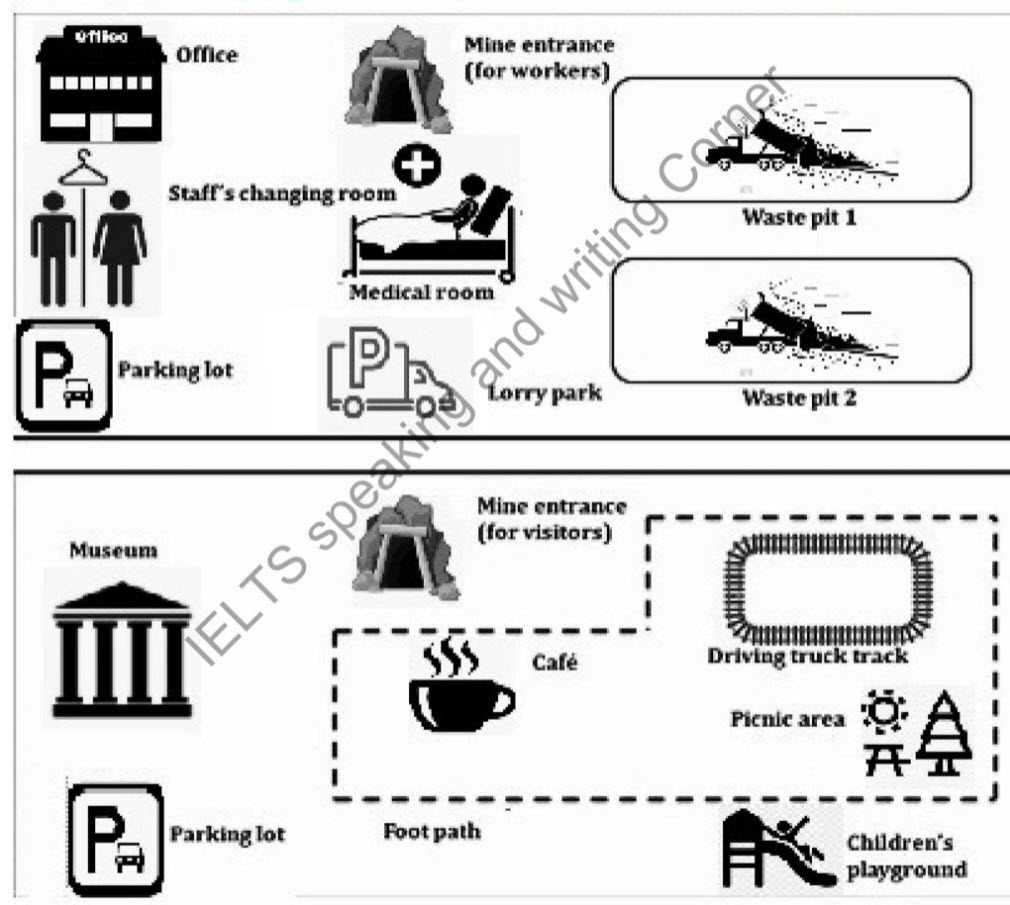
My Ebook for this (really difficult!) chart is only available on Patreon.
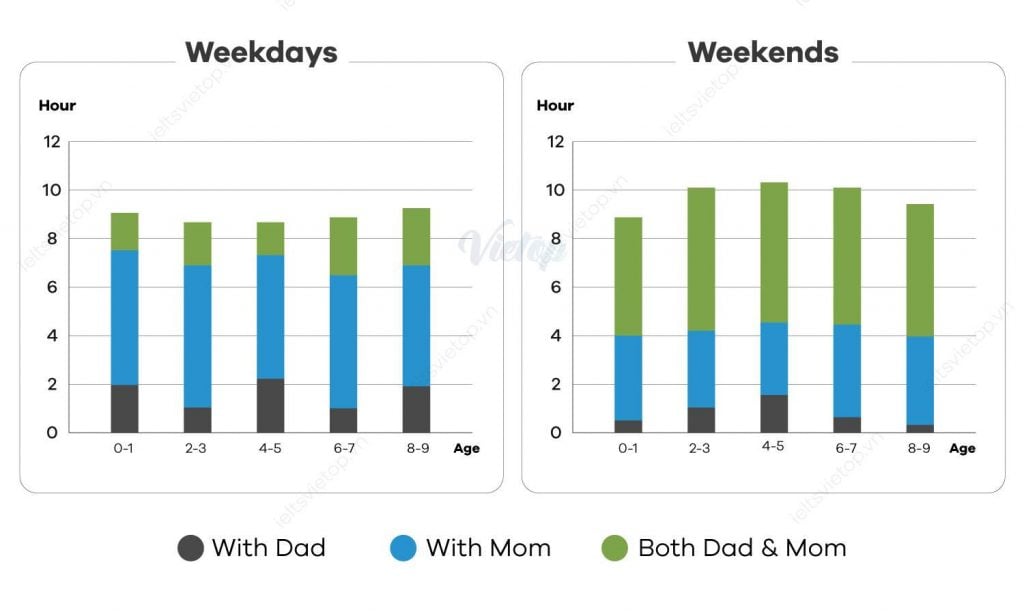
Read my sample answer for this question here.
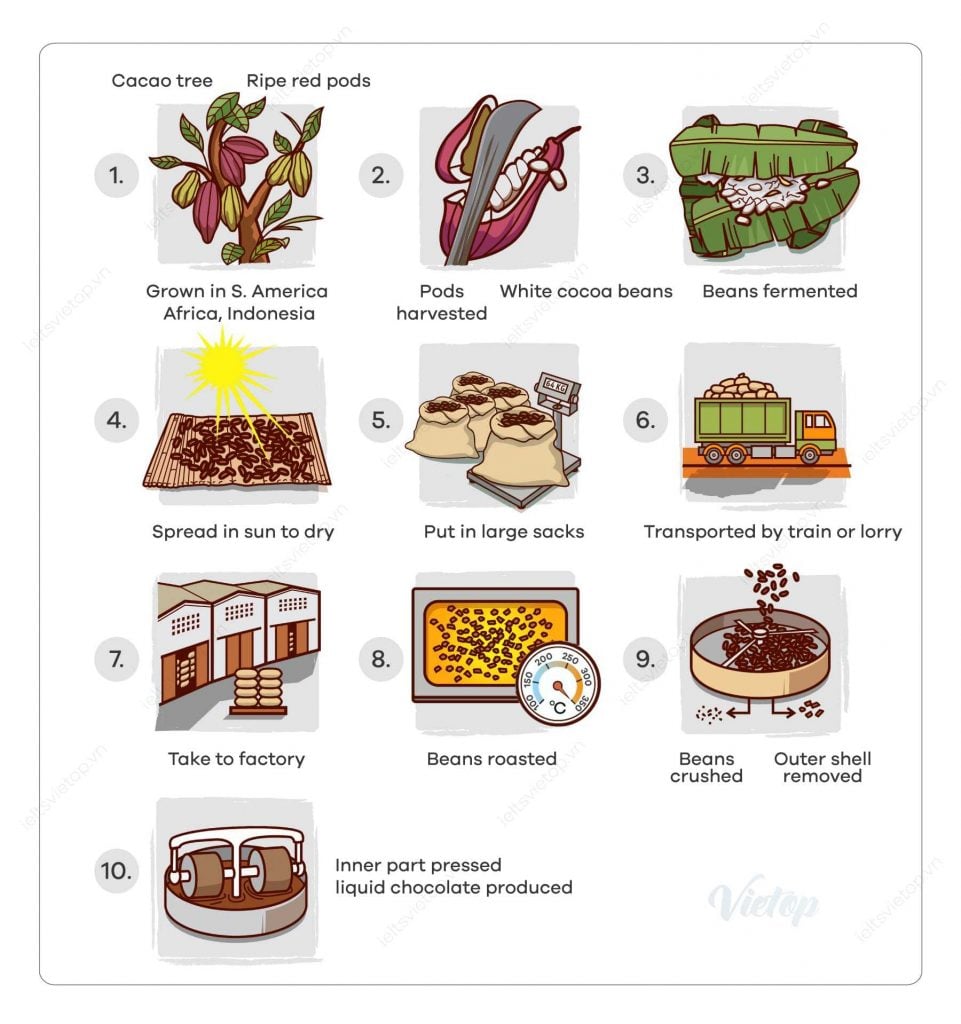
Check with my sample answer here.
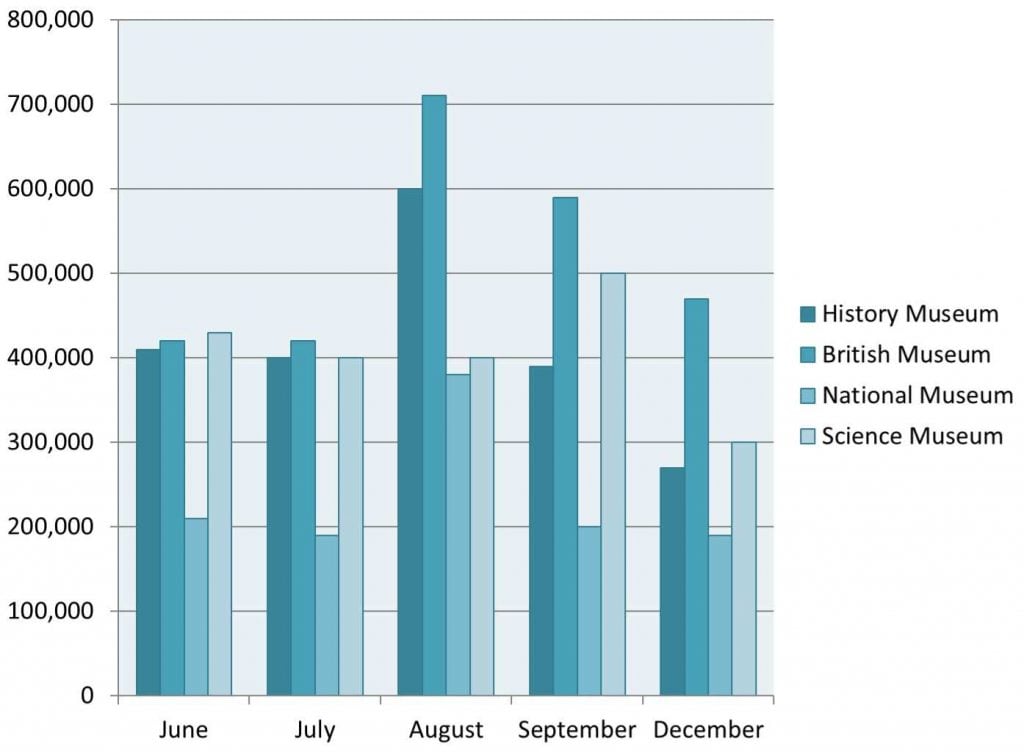
Read my sample answer for this (unusual) task 1 here.
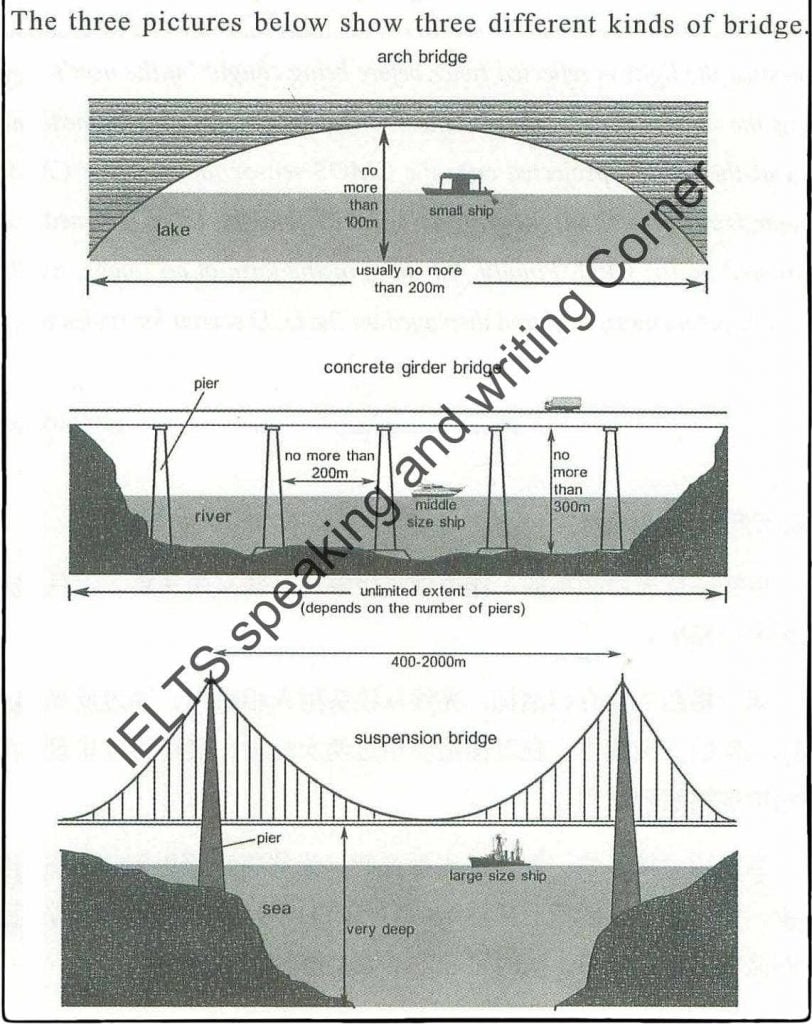
Read my sample answer for this topic here.
The bar graph shows the total manufacturing production in percentages Asia, Europe, and the rest of the world.
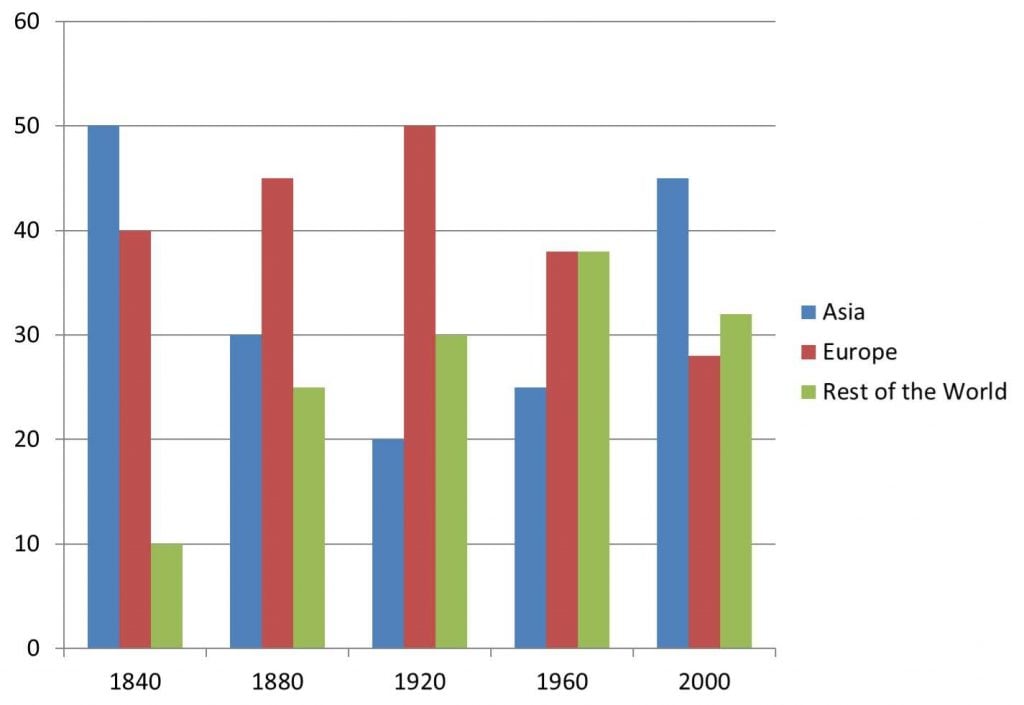
| 10.3 | 11.6 | 13% | |
| 7.9 | 12.7 | 61% | |
| 6 | 5 | -17% | |
| 5.5 | 4 | -27% | |
| 2.3 | 5.1 | 122% | |
Read my sample answer for the floorplan below here.
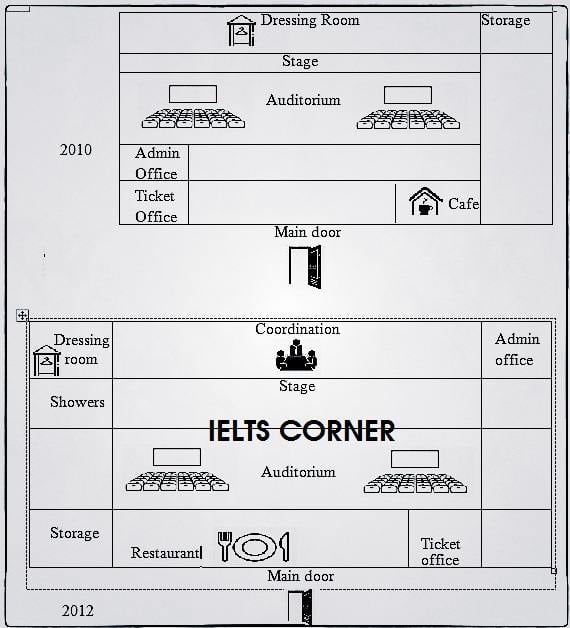
| in 2009 | in 2010 | % Change | |
| France | 76 | 76 | 0 |
| USA | 66 | 67 | 1.5 |
| Spain | 55 | 56 | 1.8 |
| UK | 55 | 57 | 3.6 |
| Italy | 44 | 45 | 2.3 |
| Turkey | 32 | 46 | 33 |
| China | 22 | 34 | 55 |
| Germany | 10 | 24 | 109 |
| Hong Kong | 10 | 9 | -11 |
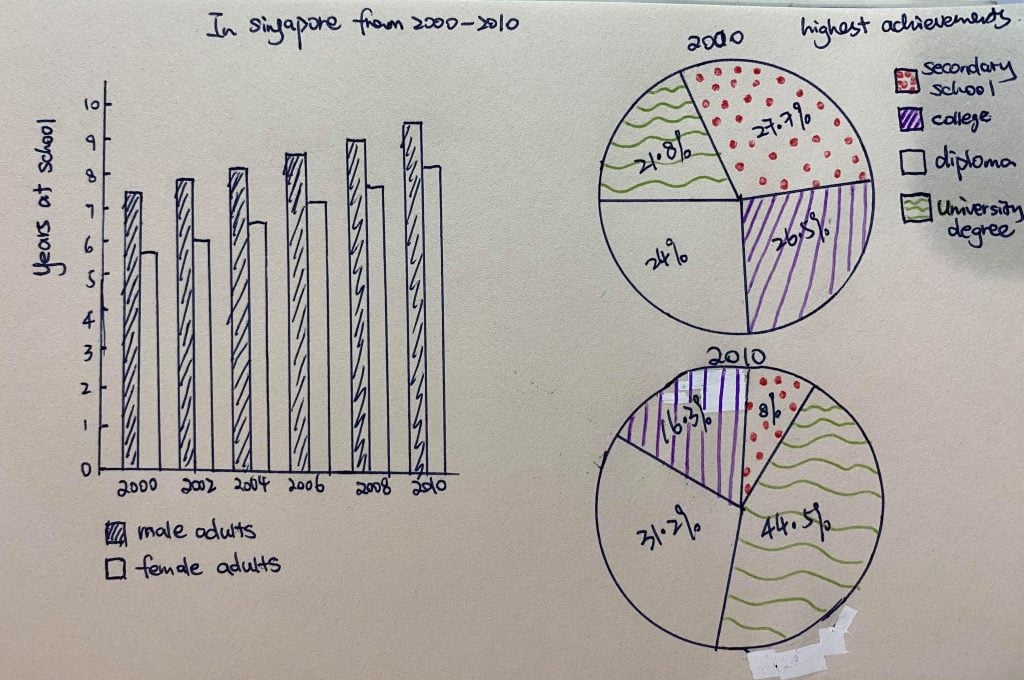
I want to make some simple suggestions for how you can use these recent graphs to practice.
To be honest, students get too obsessed with the most recent questions.
You can practice with a question from years ago and a question from yesterday – it makes absolutely no difference.
What makes an actual difference is how you study.
Here is what I recommend:
- Practice writing about a graph in 20 minutes, in test conditions.
- This is your ability. Now, check it by underlining the vocabulary, grammar, data. Are there many grammar mistakes? Do you use the same words over and over? Do you include all the data?
- Now that you know your weaknesses, you can also sign up to have them marked by me here .
- Write about another one focusing on your mistakes. Don’t worry about timing. Take as long as you need to make it perfect.
- Repeat this process over and over until your start to notice your writing improving.
Hope that works for everyone!
Recommended For You

Recent IELTS Writing Topics and Questions 2024
by Dave | Sample Answers | 342 Comments
Read here all the newest IELTS questions and topics from 2024 and previous years with sample answers/essays. Be sure to check out my ...

These are the most recent/latest IELTS Writing Task 1 Task topics and questions starting in 2019, 2020, 2021, 2022, 2023, and continuing into 2024. ...

Find my Newest IELTS Post Here – Updated Daily!
by Dave | IELTS FAQ | 18 Comments

Recent IELTS Speaking Topics and Questions 2024
by Dave | Model Answers | 74 Comments
These are IELTS speaking topics and questions in 2024 - if you want the current reported ones on IELTS, you can find them here. ...

New IELTS General Training Writing Topics and Questions 2024
by Dave | General Training | 93 Comments
Enjoy all the newest IELTS questions and topics from 2024 for the general training exam - as well as ones from past years that may come ...
Submit a Comment Cancel reply
You must be logged in to post a comment.
147 Comments
The bar graphs compare the rate of girls and boys between 5-14 years old who were engaged in cultural activites and sports in Australia in the year 2003. Overall, dancing was by far the most practiced activity among girls and the least for boys. Although practicing a sport was quite popular for both gender, it was noticeable higher for male children.
To begin, dancing was the most coveted spare activity for girls, a stunning 25% of them practicing it that year, whilst roughly 3% of boys did it. Playing a musical instrument, on the other hand, attracted a 15% and 10% of boys and girls, respectively, becoming the most popular for male children and adolescents. Drama and singing shared a similar rate, around 5% of all children were enganged in such programs, standing up as the least practiced, with the exception of dancing among boys.
With respect to sports, as expected, the proportion was by far higher for boys than for girls, 70% and 50%, respectively. In comparison with cultural activities, practicing sports definitively was the most predominat type of recreational activity among all children.
Great work! Your overview is clear enough for band 7+! Some small corrections ‘both genders, most common spare time, of boys participated, attrached 15%, being the most, being the least practiced, (take out the as expected bc it is too close to opinion)’
Merci beaucoup! I did not expect an answer, I just was practicing my ability to write a decent report in less than 20mnts. Thanks so much for your feedback, it is of great help. I’m using your site for self-preparation. Your explanations are clear, straightforward and appropriate. Hopefully, with your help (website, videos, blogs), I will hit my desired score. Great day! God bless you!
You’re welcome! What is your desired score? I can give you some more detailed feedback to help you get there…
I’m chasing a 7 in each skill.
You are close! Be careful with prepositions, make sure that your language isn’t too informal and small mistakes with grammar (infinitives, irregular past simple) might bring down your grammar score.
The given maps depict the changes that had taken place on a museum over a 60-year period, starting in 1957 to 2007. Overall, the museum grew in size and the majority of trees were removed in favor of that.
In 1957, there were a bunch of pine trees along the road and also on the museum’s surroundings. The museum facilities were made up just by a storeroom, a local history room and a national exhibition on the top center. Likewise, a straightforward path from the road leaded to the entrance hall.
By 2007, the museum witnessed several striking changes. Firstly, to built up a spacious car park, the path was bricked down and all the trees on the bottom (left-right) were cut down. Secondly, the building itself was enlarged on the north, and a completely new room was erected on the bottom left corner side, where the shop and main entrance were attached. With the exception of local history room , which was relocated on the center, the storeroom and national exhibition were eliminated. These changes allowed the introduction of a reception and cafe on the southern area, and a special exhibition and education center rooms on the north. Finally, the garden was the only element that remained untouched.
Good work again! Some corrections: The given maps depict the changes that took place in a museum over a 60-year period, starting in 1957 and ending in 2007. Overall, the museum grew in size allwoing for more customer focused shops and the majority of trees were removed.
In 1957, there was a grouping of pine trees along the road and also on the museum’s perimeter . The museum facilities were made up of just a storeroom, a local history room and a national exhibition on the top center. Likewise, a straightforward path from the road led to the entrance hall.
By 2007, the museum witnessed several striking changes. Firstly, to erect a spacious car park, the path was removed and all the trees on the bottom (left-right) were cut down. Secondly, the building itself was enlarged on the northern side , and a completely new room was erected in the bottom left corner, where the shop and main entrance are not located . Although the local history room was relocated to the center, the storeroom and national exhibition were eliminated. These changes allowed for the introduction of a reception and cafe on the southern area, and a special exhibition and education center rooms in the north. Finally, the garden was the only element that remained untouched.
Merci beaucoup monsieur! You’re right, after sending my draft I realized I had made quite a few grammar mistakes. To be honest, I always fight against preposition, specially those indicating “place”. I cannot identify when I need to use: IN, ON, TO when it comes to giving directions. As you can see: I used “on the north” instead “in the north” , or use the adjective “northern” without a noun. Please, suggest us a good grammar book to follow . Salut!
Sometimes prepositions are more like vocabulary than grammar. We always say ‘in’ not ‘on’ the north – just something to memorise! You can try this website: https://grammar.yourdictionary.com/parts-of-speech/prepositions/rules-for-prepositions.html
I also suggest keeping a list from my sample answers of the correct prepositions and using the list when you practice until you feel you have memorised them and no longer need the list. Good luck!
The given bar graph illustrates the levels of water in reservoirs in five Australia’s cities in 2009 and 2010. The data is measured in percentages.
Overall, the levels of water witnessed a significant decrease in city A, B and D, whilst city C and F showed a slight rise throughout the period.
In 2009, cities B, C, D and E shared a similar water levels around 70%. By contrast, city A stood out as that with the lowest levels at 50% and city F showed the highest ones at just above 80%.
With the exception of city E, which remained the same at 80%, all cities’ water reservoirs experienced changed by 2010. City C and F levels went up to just above 82% and approximately 99%, respectively. On the other hand, city D levels went down significantly from almost 70% to approximately 52%. The same occurred to city A and B, whose water rates dropped nearly 20%
Nice job again! The most important part is to be sure that you give some kind of overall ranking in terms of your overview as well.
Here are some small edits: “The given bar graph illustrates the levels of water in reservoirs in five of Australia’s cities in 2009 and 2010 in percentages . Overall, water levels witnessed a significant decrease in city A, B and D, whilst city C and F showed a slight rise throughout the period. City F had the highest water levels throughout while City A was consistently the lowest.
In 2009, cities B, C, D and E shared similar water levels at around 70%. By contrast, city A stood out as that with the lowest levels at 50% and city F showed the highest ones at just above 80%.
With the exception of city E, which remained the same at 80%, all cities’ water reservoirs experienced changes by 2010. City C and F levels went up to just above 82% and approximately 99%, respectively. On the other hand, city D levels went down significantly from almost 70% to approximately 52%. The same occurred to city A and B, whose water rates dropped nearly 20% a piece.
Thanks so much for your helpful feedback. I will soon sit the test, hopefully I will hit a high score.
I really hope you do well on it! Be sure to write me a message to let me know how it turned out!
The rendered bar graph illustrates the information about the organisation A-E those spent billions of euros on machinery , building,staff training and research section. One glance is enough to say that maximum euros was spent on staff training while the minimum euros was spent on research activity. It is evident from the graph that organization A was spent 1 billion euros on machinery . This value increased substantially at 16 billion euros by organization c then organization D and E invest less euros on machinery and it was reached at approximately 0.8 billion euros. Moreover ,on building had been spent 1.3 billion euros by organization A and there was non-noticeable decrease on building almost 1.4 billion erros by organization B . After that organization C,D and E had spent equal amount that is 1 billion euros on building area. Moving further, staff training was invested the highest amount that is 1.9 billion euros by organization B. There after , this value was declined by organization C ,D and E. However, organization B had invested nearly 1.6 billion euros on research section whereas , organization D and E was spent least amount on research area that is 0.7 billion euros.
Great work Navneet!
Some corrections:
The rendered bar graph illustrates information about organisations’ A-E spending in euros on machinery , building,staff training and research . One glance is enough to say that maximum euros was spent on staff training while the minimum euros was spent on research activity. (That phrase is too informal – better to say ‘Overall’, your overview must also touch on all areas and have a little more detail to get at least band 6 for task achievement.)
It is evident from the graph that organization A was spent 1 billion euros on machinery . This value increased substantially at 16 billion euros by organization c then organization D and E invest less euros on machinery and it was reached at approximately 0.8 billion euros. Moreover ,on building had been spent 1.3 billion euros by organization A and there was non-noticeable decrease on building almost 1.4 billion erros by organization B . After that organization C,D and E had spent equal amount that is 1 billion euros on building area. (This graph does not show increase or decrease over time. It just shows 1 time period so try to compare the data and forget about it going up or down.)
Moving further, staff training was invested the highest amount that is 1.9 billion euros by organization B. There after , this value was declined by organization C ,D and E. However, organization B had invested nearly 1.6 billion euros on research section whereas , organization D and E was spent least amount on research area that is 0.7 billion euros. (Good working describing most of the data but remember to compare for this type of graph, not show increase/decrease.)
Read more about graphs with no change over time here: https://howtodoielts.com/ielts-writing-task-1-analyse-tables-not-over-time/
Sir, can u check my sentence formation in this task because if i realize my mistakes then i will continue this….
The rendered bar garaph illustrates the information about the percentage of women age in Australia since they gave birth to their first child in 1966,1985and 2006. Overall,the maximum percentage of women was observed in younger age while ,the minimum percentage was calculated at older age in the whole period. It is vivid from the graph that 19 and under aged women gaved the birth of 33%of chlid in 1956 wheras, this percentage decreased to 25% and 18% in 1986 and 2006 respectively.
Overall,the maximum percentage of women observed were younger age while the minimum percentage was calculated at older ages over the whole period. It can be seen in the graph that… gave birth to…
Good start!
The given diagram illustrates the process, and its different steps, to produce ethanol fuel from raw corn. Overall, there are eight stages involved in the production of this renewable fuel, starting with corn storing and ending with its transportation to the public market.
First, the process initiate with having enough raw material (corn) for the ethanol production purpose. This corn is stored for a while, then it is milled profusely. Without delay, the milled corn is immediately mixed with water, to be then cooked it for exactly four hours. Shortly after, it is kept sealed in containers for up to 48 hours, allowing it ferments sufficiently.
Once the fermetation have finished, the liquid and the solid by-product are neatly separated, and the former undergone a purified procedure for five long hours. The ending product is purified ethanol, which is stored for an undefined time. Finally, the ethanol fuel is ready to be transported to its different destinations.
Good work again! Some correctins: ‘The given diagram illustrates the process, and its different steps, to produce ethanol fuel from raw corn. Overall, there are eight stages involved in the production of this renewable fuel (don’t need to include the number of steps in your overview), starting with corn storage and ending with its transportation to the public market.
First, the process initiates with having enough raw material (corn) for the ethanol production. This corn is stored for a while then it is milled before being mixed with water, to be then cooked it for exactly four hours. Shortly after, it is kept sealed in containers for up to 48 hours, allowing it ferments sufficiently.
Once the fermetation has finished, the liquid and the solid by-product are neatly separated and the former undergoes a purified procedure for five long hours. The ending product is purified ethanol, which is stored for an undefined amount of time. Finally, the ethanol fuel is ready to be transported to its different destinations.
A couple things: stay away from opinion/speculation like profusely, immediately, etc.
For your overview, try to group and define the stages – don’t need to say the number of stages.
The graph illustrates the percentage of women in different age groups in years 1966, 1986 and 2006. The first age group of 19 and under was the highest in year 1966 at 35% and the lowest in year 2006 at 15%. In year 1966, the percentage of women who were 20-24 years old was 60%, which is more than both in 1986 and 2006. The age group of 25-30 years was 50% in 1986 and it was higher than both 1966 and 2006. The percentage of women in the age of 30-34 years has been increasing steadily since 1966. It was 15% in 1966, 20% in 1986 and 45% in 2006. Its rise is opposite to 20-24 age group, which declined between 1966 and 2006. Another age group that has been on the rise is the 34-39 years, as it was 5% in 1966, 15% in 1986 and 30% in 2006. Both age groups of age 30-34 and 34-39 have grown in percentage between 1966 and 2006. The last group of women aged 40 and above has remained the lowest among all the age groups.
Well done! Some corrections:
Your grammar is very accurage but it is a little mechanical because you don’t compare and most importantly there is no general overview so your maximum score is band 5 for task achievement even though all the data is accurate!
https://howtodoielts.com/ielts-writing-task1-band-7-overview/
Hi Dave, thank you so much for your feedback man!! I gave the test and got a 7 on written, and 8 overall. thank you so much for you help 🙂 have a great year ahead!! lovepreet
Thanks for letting my know – congrats on your score!
The given bar graphs depict the proportion of 5-14 males and females’ age group joined the cultural activities and sport in Australia in the year 2003. Overall, it is clear that most boys were more athletic and played a musical instrument, while girls were fond of dancing than boys. Boys were more attracted to a sporting event, at 70%, while the figure for girls who participate was just above 50%. However, when it comes to cultural activities, female dancers recorded the highest percentage in the graph at 25%, compared to a marginal number of males at just 3%. Almost identical figures for both genders can be seen in singing and drama with only 5% of them participated in these categories. Playing a musical instrument is the category that the same genders had the interest to do. Most participants came from a group of boys at 15%, compared to just 10% for girls.
Thanks for commenting!
Here are some corrections:
The given bar graphs depict the proportion of 5-14 males and females’ age group joining cultural activities and sport in Australia in the year 2003. Overall, it is clear that most boys were more athletic and played a musical instrument, while girls were fond of dancing than boys. Boys were more attracted to a sporting events, at 70%, while the figure for girls who participated was just above 50%. However, when it comes to cultural activities, female dancers recorded the highest percentage in the graph at 25%, compared to a marginal number of males at just 3%. Almost identical figures for both genders can be seen in singing and drama with only 5% of them participated in these categories. Playing a musical instrument is a category that interested both genders. Most participants came from a group of boys at 15%, compared to just 10% for girls.
Good work! Did you mention all areas on the graphs in your overview?
Yes, I mentioned it all. Sorry, this is my first time practicing a timed task. What would be my possible score if you will base in my answer? Thanks!
Your score is in the band 6.5/7 range in terms of language ability. What score are you going for on the exam?
My target is above 6.5 in writing. Hoping that I can achieve that band score. Thank you!
Keep up the hard work!
The diagram reveals the way of producing ethanol fuel from corn. Overall, it is clear that there are eight stages in the process, beginning with the corn harvest, fermentation and transition of corn into a liquid, to the transportation of the product made.
In the first stage of making purified ethanol is storing the corn before it undergoes milling. The milled corn is then added by water and cooked for 4 hours. After that stage, corn will be fermented for 48 hours. Separation of solid to liquid is the next step. While the solid by-product is not needed after the transition process, the melted corn is then kept.
In the subsequent stage, the melted corn product goes through a purification process. This process takes 5 hours to be able to produce purified ethanol. Storing of the made ethanol fuel product is the next step. Finally, ethanol fuel is transported to its destination.
Good overview Jessica!
Really good accuracy with your passive verbs – you are well within your target band scores range!
Thank you so much! Im a bit confused if what kind of tense should I use in diagram task?
For a diagram it should be mainly in the present and present passive, maybe some present perfect!
The bar graph give information on percentage of water level in reservoirs in six different Australian cities in October 2019 and 2010. Overall, the greatest water level always was in city B and city F and increased , moderate for for city B and city D where decreased and for city E, where remainded the same, while the lowest for city A where decreased over the year. Water level in city F and city C in 2009 was at 90% and 80% respectively and grew for both by 10% in 2010. On the second position in case of resevoired water in 2009 was city B and city D with the figure of 80% which diminished to 65% and 50% respectively in 2010. Although water level of city E was similar in 2009 to those of in city B and city D, it remained on the same level in 2010. The modest water level was in city A. For this city we can spot a drop from 60% in 2009 to 45% in 2010.
Well written, Iza!
Be careful with helping verbs. You don’t need to say ‘was increased’ just ‘increased’
Good work describing the full trend for your overview!
You need clearer paragraphs though – take a look here to see some examples: https://howtodoielts.com/category/writing-task-1/academic/
Keep working hard!
Hii Dave.. I really want your possible score on this writing task 1..
Hi Saini/Iza, this essay is in the band 5 range at the moment.
But do you think it deserves 7 band?
The given bar graph illustrates that in the year 2003,the proportion of Australian boys and girls aged 5-14 participates in cultural as well as sports activity.. Overview the dancing activity was most favorable cultural activity shown by girls in comparison to boys.. The boys preferred more sports, although it was quite popular in both the gender…. To begin with, it can be clearly seen that, the percentage showed big difference in dancing activity, which was 25% girls participate in it, whereas there was less than 5% boys in same activity.. By contrast, the proportion of boys were 70% in sport which was highest rates… Probing further, the drama as well as singing activity received the similar percentage 5% by both the gender in the year 2003, respectively.. Moreover, in the play musical instrument ,one in ten girls participated which was 5% inclined by boys in the Australian… Thanks.. Dave I really want your response on this
Good work Saini!
Try copying some expressions from my sample answers more closely such as ‘Overall,’ instead of ‘overview.’
Don’t use … – that is too informal. Just use a period.
You are experimenting with a lot of new grammar and vocabulary which is good but you need to focus more on accuracy as it is quite hard to understand at times. Keep it up!
Thank you for your response.. What score I can get according to you on this task 1
This answer is i nthe band 5 range at the moment.
The table shows the details of five different kinds of vehicles registered in Australia in the years 2010, 2012 and 2014. Overall, it is clear that all types of vehicles increased in percentile over the given period in which the percentage for motorcycles had jumped most. It could be noticed also that passenger vehicles got the highest numbers while light trucks were the lowest.
A glance at the graph reveals passenger vehicles started from 11,800,000 units in 2010, rose almost a million over 2 years, then climbed to 13,000,000 in 2014, accounting for 10.2% over the period. Similarly, commercial vehicles uplifted to 17.4% from 2010 to 2014. In the first year, 2,300,000 were recorded, increased to 2,600,000 in 2012, before reaching 2,700,000 in 2014.
A most striking positive change can be seen in the proportion of motorcycles which is 30.8%. It started from 540,000 registered motorcycles in 2010 then rose dramatically to 680,000 and 709,000 in 2012 and 2014 respectively. Meanwhile, an almost identical positive trend can be seen in the numbers of heavy and light trucks. A marginal upward movement from 384,000 to 416,000 at 8.3% over 4 years for heavy trucks can be considered while a significant escalation at 23.5% is remarkable in the number of light trucks.
given period and the, motorcycles jumped the most, it can also be seen that, had the, commercial vehices grew to, increating to 2,600,000, can be observed while
Keep it up!
The bar chart provides data on the water levels of reservoirs in six Australian cities from 2009 to 2010. Overall, city F recorded the overall highest levels, closely followed by city C and E, while the percentages of city A were the lowest in both Octobers. some cities, such as F and C recorded higher water levels in 2010 compared to 2009, whereas the remaining cities showed a reversed pattern except city E with both numbers leveling up.
Looking in more details, city F stood at 90 per cent in Oct, 2009 and climbed to nearly 100% in 2010, which was the highest among all. Likewise, city C experienced a considerable growth from just over 80 per cent to approximately 91% in the next year. In contrast, city B and D showed a decline in water levels, from identically 80% to around 62% and 50% respectively. Figures of city A also dropped considerably from 60% to about 45% by 2010. The water level of city E was just above four fifths in 2009, and this number remained unchanged in the following year. (180 words)
Really nice writing again, Jing!
The chart presents data on the percentages of Australian children aged between 5 to 14 who join cultural activities and sports in 2003. Overall, sport was way more popular than cultural activities for both genders, while boys were more active than girls. A Lot less children participated cultural activities though the number of girls who danced stood out. Except for those who play musical instrument, the remaining culture activities only attracted a minimal amount of children. Looking in more details, over half of female students joined sports, however the percentage of active boys was even higher at as much as 70%. Likewise, there were more boys who played musical instrument than girls, at 25% and 10% respectively. In contrast, Dancing was substantially more popular within girls, attracting a quarter of females compared to merely approximately 3% of males. Besides, both boys and girls showed least interest in drama and singing with only 5% in turn of either gender group did those activities. (162 words)
Good work Jing!
Be careful with your tenses, prepositions and fixed expresssions: Looking in more detail…
The line chart compares the priced of fresh fruits and vegetable, sugar and sweets as well as carbonated drink from 1979 to 2009. Overall, even though all categories started off at broadly identical prices, the growth in fresh fruits and vegetables overweighed consumer-price index by a massive margin, while the rest displayed a much slower upward trend. Looking in more details, sugar and sweets closely following consumer-price index, showed a slow yet steady growth throughout the thirty-year period. The price of soft drinks, however, remained stable after a surge in 1984 at around 115 until 1999, when the price rose again slowly. In contrast, there was a substantial growth in the price of fresh fruits and vegetables over the given period, which, despite a dip to about 90 in 1984 and some fluctuations, rose significantly from just above 50 in 1979 to nearly 350 by 2009. In fact, the price only levelled out temporarily between 1990 and 1992 and again from 2000 to 2001. (164 words)
drinks, outweiged, followed, showing, inclue more data in the second paragraph!, levelled off
The line graph provides information on the number of middle-aged citizens in three countries over a 50-year period between 1950 to 2000. Looking from an overall perspective, this particular age group had grown at a broadly comparable pace in China and India, with Chinese midyear crowd continuously outnumbering that of the India’s, while the midyear population in USA also increased, but by a comparatively small margin over the years. Looking in more details, Chinese mid-aged population started off the highest among three countries at just below 600 million in 1950, which outnumbered that of India by about 200 million, and USA by 400 million. Despite a short period of stability at approximately 620 million from 1960 to 1965, the number of China surged as rapidly as India’s. By the end of the period, the figures of China and India had reached 1200 million and 1000 million respectively. The increase of the US mid-agers, on the other hand, was relatively gentle. By 2000, the number of USA had risen slightly to only about 280 million, which was almost lower than the leading country’s by 1000 million. (185 words)
You tend to overuse past perfect when you could just use past simple: grew
You use it correctly in your last sentence though!
Smaller margin, among the, numbers for China, US middle-aged residents
dear admin i would like to express my great appreciation for your hard work in collecting and answering all these samples, good job! i found your sample answers highly useful as well as being professional. please proceed with your work in assembling the latest task 1 questions.
Thanks so much, Homa – I really appreciate that!
I wish I could publish the task 1 essays as regularly but it is much harder for students to remember the graphs from the exam.
But I will continue to publish any task 1s that I get reports on!
Thank you very much for your efforts and your time to help all the students who are preparing themselves for the IELTS. I do really appreciate that. I’ve just started preparing myself for the IELTS exam and this is my first writing attempt.
The graphs illustrate the rate of boys and girls who participated in organized sports and cultural activities aged 5-14 in 2003 in Australia.
Overall, girls participation showed an upward trend in the cultural activities,while boys showed a dwonward in many activities. Both boys and girls participation experienced some fluctuations in both activities, although boys had initially a lower participation percentage, but they outraced girls in the end.
Boys rate was less than 5 percent in drama activities which was so close to girls rate, then it kept decreasing to almost 3 percent in Dancing activities which is the lowest rate of all activities. the rate showed a gradual increase in singing activities by approximately 2 percent, and it showed a significant raise to 15 percent in playing musical instrument. Eventually boys outraced girls in sports activities hitting a high-point of 70 percent, which is the highest perentage of all the period.
percentage of girls who participated in drama was as low as the percentage of girls who participated in singing activities, then the rate showed a significant increase of 25 percent in dancing activities, it decreased by 15 percent in play musical instrument. and it kept increasing to almost 52 percent in sports activities which is the highest percentage of all acitivities.
Thanks for saying that Madjid!
Careful of some informal words like outraced and try to be a little more accurate: significant rise, musical instruments, which was, etc.
Some simple mistakes but a great first effort!
Your overview is good too – keep working hard!
The bar graph compares the proportion of people living in households in the UK between 1981 and 2001. Overall, it is clear that households consisting of more people deteriorated while homes with fewer persons increased. The percentages for the two middle groups oppositely changed by the same margin.
A glance at the graph reveals that proportions for 1 and 2 people households both escalated by 3%, at 26% and 36% in 2001 respectively. These figures were the highest over the given period. An identical trend can be seen in the percentage of 4 people houses, it jumped from 12% to 15%.
On the other hand, the proportion of houses with 6 or more people plummeted from 6% to 2%, and 5-people homes percentage just dropped a quarter, from 8% to 6%. These two figures with the lowest percentages in 1981 remained at their place in 2001. Similarly, the figure for 3 people houses also fell by 3% over 20 years.
Well written Jessica!
‘Deteriorated’ has a negative connotation so I wouldn’t use that word.
Really nice linking and comparison in your writing!
The diagram illustrates the filtration process of drinking water in a single town in Australia. Overall, there are four main stages as is presented above, beginning with the rainwater collection, water filtration and treatment, to the distribution of drinking water to households. The entire process is controlled by the plumbing system.
In the first stage, rainwater is collected through roof gutters and downspouts of townhouses. The gathered water undergoes filtration through the pipe before being deposited in the storage tank.
In the subsequent stage, water from the storage tank then transferred by a pipe to the water treatment tank. At this stage, the removal of contaminants is being done by placing chemicals in the water treatment tank. After the purification process, the potable water is then finally distributed to townhouses. And, the treated water is regulated by faucets in every household and is now safe to drink.
Well written!
Really nice overview – it should be band 7+ for task achievement.
Careful with your singular/plural – through the pipes.
And your helping verbs: is then transferred…
The maps illustrate the development of a museum between 1957 and 2007. Looking from the overall perspective, it is clear that significant changes had been made over the period. The most noticeable improvements were the size of the building which had been expanded and a car park which was created.
In 1957, there was a pathway from the main road to the museum. The entire building of the museum had only four parts, beginning with the entrance hall, local history room, museum store-room, and the national history exhibition. The garden was located in the northwest. Also, several trees were planted along the road and surrounding the building.
Over 50 years, a major transformation could be seen on the map. The pathway connecting the road and the museum was demolished, and trees in front of the building were cleared to make way for a car park. A number of trees circling the museum also removed for its expansion. Rooms in the building had been removed except for the local history room. Cafe, museum shop, reception, special exhibitions, and education center section were added. However, the garden in the northwest remains unchanged.
Good job Jessica!
from an overall… were made… which was expanded
Careful confusing past perfect, present perfect and past simple in your answers!
The Chat Represent the survey regarding people’s coffee and tea buying and drinking habits in five Australian cities.
The bar chart shows drinking habits in 5 Australian cities as a relate to coffee and tea on the last 4 weeks .Overall,the half population in all cities except Adelaide went to a cafe for coffee or tea, while buying coffee was also popular and buying fresh coffee generally less normal.
See, first of all at going to cafes,it was more merits of Melbourne and Hobart at 64% and after that 63%.Sydney was comparably high over 60%, followed by Brisbane at over 55%, and Adelaide at under 50%.Further more the Hobart, instant coffee purchases at 54%, Brisbane at 52%, Melbourne at 48% and lastly Sydney just over 45%.
So, the last i sum up according to all information,fresh coffee was below 45% for all cities and basically Sydney 44% and Melbourne 42%, Hobart was next at 39%,Adelaide and Brisbane were much lower ratio produced .
Good Nisha!
as they relate to… over the last … less common … Looking first of all at cafes… higher at over… Furthermore… at just over
Good but be careful with your accuracy!
The table illustrates the percentage of tourist visited in 9 countries between 2009 and 2010. Overall, it can be seen that the amount of visitors visit in France and USA stand out the most in both years and both Hong Kong and Germany are more than 100 percent.
According to the data the number of visitors in France remain the same by 76% while both USA and Spain has a slightly change by less than 2 percent. As for UK and Italy has a small change by less than 4 percent in both years.
However, both Turkey and China has a considerable change by less than 60 percent but more than 30 percent which cause them to rank the sixth and seventh out of nine countries. While, Germany has a huge change by more than 109 percent of visitors but Hong Kong was the lowest visitors by 10 percent in 2009 and in 2010 it
Great work Jane!
You should mention all categories in the overview (at least partially) to get above band 5 for TA.
Careful with your tense!
The pie chart below reveals the types of works do Anthropology graduates did after finishing their undergraduate course and the table records the salaries of Anthropology graduates for 5 years of work. It can be seen that most graduate students work as a full time and follow by part time workers unemployed full time postgrad study not known workers and part time with postgrad studies. Also the average of salaries of Freelance consultants is much higher than Government sector and Private companies.
Most graduate students were working as full time workers by more than half percent, follow by part time workers by 1\5 of the students and for the unemployed are less than a quarter just 12%. While, both full-time postgrad study and unknown workers have 8% of students. As for students occupation as past time with postgrad study has 5% of them.
However we can see that from $25000-49999 and $50000-74999 private company pay scale was the highest by 10% and 35%. While, government sector pay scale was the highest with the amount of $100000+ by 50%.
Another good one Jane – a really tricky one to do the overview for so I wouldn’t worry too much about this one.
Be careful with plurals, tense, and subordinate clauses/linking words.
The graph below illustrates the number of tourists visiting Caribbean island as well for visitors staying on cruise ships staying on island and total number of visitors between 2010 and 2017. Overall, it can be seen that total visitors rose considerably follow by visitors staying on island and overtaken visitors staying on cruise ships.
Visitors staying on island remained the same from 210 to 2011 by 1.75 millions of visitors and it rose particularly in 2011 to 2013 and it remained the same for the next 2 years by 1.5 millions of visitors. It fluctuated between 2015 and 2017 by 1.5 millions of visitors. While number of visitors staying on cruise ships fluctuated between 2010 and 2013 by 0.25 to 0.5 million visitors. Then, it rose considerably for the next 5 years and reached its peak by 2 million visitors.
However, the number of total visitors from 2010 until 2015 rose significantly and it had not change in 2015 and 2016 but it reach it peaked by 3.5 million visitors by 2017.
Keep up the hard work with all these graphs, Jane!
Good overview for this one and better accuracy with your tense and grammar.
You’re welcome!
The graphs below illustrate the proportion of people who are smoker and consumer of alcohol in the USA, JAPAN, TURKEY and HOLLAND from 1960 to 2000. Overall, it can be seen, USA people had a substantial percentage in smoker and utilizing of alcohol during the specific years. At first graph, the USA in 1960 60 percent of people were smoker and this amount had remained unchanged until 1970 whereas, in 1980 its number had noticeably declined to 46 percent and finally this flow stayed at 40% in 2000. Also, in JAPAN we are witnessed gradual decrease around 10 percent from 1960 to 2000 which same as the USA had stopped at 40%. On the other side, in the second graph, there is a wide difference in TURKEY and two other countries. In HOLLAND in 1960 per person only drank 4 litres and this number had remarkably soared to 11 litres in 1980 and to 2000 had a slight drop to 11 litres. By contrast, in TURKEY at 1960 per person had consumed only1 litre and this line moved upward to 2 litres in 2000.
Great Mahsid!
There is some informality in your writing but otherwise easy to follow!
Thanks Dave for the study material.
You’re very welcome!
sorry, are these below corrections done for free?
The comments I post below are free, yes, Sima.
I don’t always have time to give detailed feedback.
You can consider the paid ones here: course.howtodoielts.com/band-scores-corrections
The pie chart above details the usage of water in Australia in 2004 by various sectors, while the bar chart expands on the residential use of water as it is apparent to be the highest compared to rest of the variables. Generally looking, residential houses took more than the half of the pie, this is followed with Industrial, residential apartments and business which are almost sharing similar percentages. On the other hand, the bar chart shows the peak in the bathroom figure and the most decline in the kitchen’s one. To further analyze this into details, the pie chart presents residential houses as the major consumer of water by approximately 60%. Residential apartments come next by almost a quarter (20%). Business and the Industrial groups both have similar portions of the pie by almost 15% each. Water is less used in the Governmental sector by 10%, while other unidentified usage channels take less than 5%. The bar chart dives deeper into residential usage of water. Bathrooms took more than a quarter (26%), while gardens are almost 24%. This is followed by washing cloths 20%, toilets 15% and finally the kitchen 10%.
Sorry for the late reply Aala, I think your essay is strong overall and you describe the data well. Be careful with your special and punctuation though!
hello Mr. Dave, can check my essay on task 1, the last thing uploaded in the comments, I really need your feedback
I’ll try to get around to it tomorrow, Aala!
The pie chart above details the usage of water in Australia in 2004 by various sectors, while the bar chart expands on the residential use of water as it is apparent to be the highest compared to rest of the variables. Generally looking, residential houses took more than half of the pie, this is followed with Industrial, residential apartments and business which are almost sharing similar percentages. On the other hand, the bar chart shows the peak in the bathroom figure and the most decline in the kitchen’s one. To further analyze this into details, the pie chart presents residential houses as the major consumer of water by approximately 60%. Residential apartments come next by almost a quarter (20%). Business and the Industrial groups both have similar portions of the pie by almost 15% each. Water is less used in the Governmental sector by 10%, while other unidentified usage channels took less than 5%. The bar chart dives deeper into the residential usage of water. Bathrooms took slightly less than a third (26%), while gardens are even less by 24%. This is followed with washing cloths 20%, toilets 15% and finally the kitchen 10% only.
Replied on the one above Aala! You can also check here: course.howtodoielts.com/band-scores-corrections
Very good orginized
Thanks, Shakha!
Given are two maps of an unnamed cinema illustrating changes that have been done from 1980 till now. A glance at the figures provided reveals that the number of cinema halls upgraded from two to five being able to screen five different movies simultaneously; also noteworthy is the fact that on the lower-left corner of this place, which used to be a hall number1, a relax room and buffet which star to serve food as well as drinks, are constructed. In the place of the buffet of 1980, in which only drinks could be found, a DVD shop is opened. One particularly interesting fact highlighted by the figure is that in 1980, the cinema was associated with a car park, which is now replaced with two other cinemas. The only similarities that can be found are the places of male and female toilets as well as ticket shop which remains on the right side of the main entrance. Looking from an overall prospect, besides the increased number of cinema halls, not only a relax room and DVD shop are added but also an option of purchasing food as well as drinks are provided.
Well written! That have taken place since – don’t use glance because it is too informal.
The overview is also a bit too specific and careful with tense.
The diagram explains the modification of cinema according to the time from 1980 till date. From an overall perspective, it can be readily apparent that the same area has been customized with a variety of services than before.
Two cinema halls are replaced with five and the car park has been completely removed from the area. Back in 1980, the right side of the entrance was occupied with cinema 1, whereas it has been replaced with food and drinks and relax room. Similarly, on the left-hand side of the entrance, drinks have been replaced with a DVD shop while the ticket counter is at a previous place.
Moving forward from the entrance, on the right-hand side, there used to be a toilet; now toilet occupies the area between cinema 1 and cinema 2. On the opposite side, cinema 3,4,5 can be seen now, replacing cinema 2 previously.
Nice writing, Sushma!
There are a lot of mistakes with fixed expressions though so try to study my sample answers more closely and use the same phrases.
The overview needs work or you will be limited to a 5 for TA!
Can someone please mark the mistakes and evaluate the IELTS BANDS for me?
The given diagram illustrates the changes of a cinema from 1980 until now.
Overall, The cinema complex changes a lot throughout time, if we take the basic changes such as the number of theaters and different conveniences such as a Relax room and a DVD shop.
In the terms of cinema theaters right now in the complex, there are 5 theaters rather than 2 in 1980, during the time our world becoming more modern and especially digital so, that’s why there is a DVD shop where you rent and buy the latest movies and daily shows. And for the conveniences now there is a Relax room where you can enjoy and spent time.
But, there is the same thing which is still the same such as the number and position of toilet and ticket counter. There are some more changes but those changes are not that big such as position and list of the menu of the restaurant now it’s on the right side and now you can buy food also, And there is something which is missing now like car parking, Overall the feeling is still the same when we visit the cinema complex
Hi Sifar, you can find out your band score here: course.howtodoielts.com/band-scores-corrections
What score are you aiming for?
Australian water consumption in different sectors and the percentage of its usage in apartments or houses in 2004 are depicted in the pie chart and the graph. In general, it is salient that most of the utilisation of water was from residential sector.
To begin, the proportion of water consumption was relatively unbalanced. This is because the biggest contributor for water consumption in Australia was home owner with more than half of the total chart. Then, it was followed by apartments owner and business which had a similar proportion. Moreover, industry and goverment took the fourth and fifth place, consecutively. Lastly, with the least contributor of the chart was other.
Furthermore, the high percentage of residential water consumption in 2004 was specified into its bathroom, toilet, washing clothes, kitchen, and garden usage. Bathroom came in the first place with around 27%, which then followed by garden with a slight gap of approximately 2%. The third place belonged to washing fabrics which had about 20%. The utilisation of toilet was at 15%, which was 5% higher than kitchen.
Dear Dave, I hope you can give me some feedback on Task 1. Thank you in advance!
Nice effort, Rifqu!
You need to cover all areas in your overview or it is an automatic band 5 for TA!
The rest of the details are good though there could be more data. Keep working hard!
The diagram below illustrates the changes cinema has undergone starting from 1980 to the present. Overall cinema center has modified such that there are more number of cinema screens and scope to eat and relax increased at the expense of car parking. Figure of cinema screens has increased from two to five. car parking was removed and that place was used to accommodate cinema screens two and three,whereas cinema screen two was further divided into two different screens four and five.cinema one was moved beside to toilet and that place was used to construct relaxation room and foods and drink store. Places which has retained their positions are toilet,ticket center and entrance,Parking was totally eliminated.In place of drinks, DVD shop was developed
Good effort, Madhuri!
Careful of opinion words like ‘relax’ and work on your grammar!
The given diagram compares the changes in cinema structure from 1980 till present. Overall, It can be seen that, the number of cinema hall significantly increased over time.Also,recreational room and DVD shop were installed whereas car parking was completely removed as a part of redevelopment. With regards to cinema hall, three new theaters were added thus making the count to increase from two in 1980 to five in present day.Moreover, car parking which took majority of space in 1980, was demolished later and readjustment of theaters were made in the available space. In addition to cinema halls, recreational room and DVD shop were also introduced for people visiting theaters in current day as opposed to no relaxation room and DVD shop back in 1980.Additionally,Foods were also included along with drinks.
Nice writing Poonam!
Careful with your punctuation though!
The two Theatrical plans depict outlay of 1980 and current times , indicating that cinema outlets have become more than double and shops diversified with toilet remaining the same and parking zone disappearing altogether . In 1980 every corner was occupied with cinema houses , servicing shops and a toilet ,whereas current times show the optimum utilization of spaces. While cinema houses have grown over the double , ,so have the variety of myriad servicing shops too have extended . The new shops erected on displaced theatres are now catering to variety of novel uses of entertainment to the viewers who can enjoy variety of snacks , relaxation and entertainment under one roof . Toilets and Parking zone have either remained the same or have been wiped out altogether . Earlier one zone which was allocated for car parking has now totally disappeared . Similarly the toilets too have remained unchanged over the time .
Nice work, Swati!
Only capitilise proper nouns and be careful with your adjectives.
The given map represents the current and proposed plan of a civic center of the 23/1 Mainland China. Overall, It can be seen that although the layout of the civic center has no change in the future, there has been quite significant modification in the area blocks. The North of the current plan contains two blocks for car parking at the ends of the North Avenue which is proposed to be replaced by a cafe in the top left corner and hostel and restaurant in the top right corner. The cinema which is present in between the car parking is planned not to be changed. Moreover, the IELTS speaking and writing corner in the center of the area is expected to be completely removed in the future. Moving towards the South of the proposed plan, the council offices have been shifted to the corner facing the High Street which was is in between the exhibition center and town hall. Next to the council offices, an underground library is an addition to the civic center. Additionally, an underground car parking is also expected along with the town hall. Although the shopping center is expected to remain unchanged, the library is supposed to be replaced by an exhibition center in the bottom right corner next to the Smith Street.
Nice writing Poonam – sorry about the watermark – that’s not part of the map…
Nice writing otherwise though be careful with your definite articles!
The bar chart illustrates the proportion of older people residing in Canada, Germany, and the UK during 1980 to 2030.
Overall, we can deduce that there is a gradual rise in the ratio of elderly individuals staying in these three countries.
In 1980, we can see that there was a slight difference of around 1% between the UK and Germany in terms of elderly residents of these countries. While, Canadian elderly consisted only 10% of the total population in that year. Whereas, in the year 2000, there was a marked increase of 20%, which could be seen in the percentage of elderly native of Germany compared to the equal percentile of the rest two countries that was 15%. In contrast, in the year 2030 Canadian elders made more percentage than the UK elderly by roughly 2% of the total, but Germany still remained the highest one among the other 2 countries in all the 50 years that was 25% of the total percentage.
Nice writing again, Archana.
Your overview needs a bit more detail as well – did any of the countries overtake the others?
We also don’t use ‘whereas’ to start a sentence.
The process chart describes the ways by which cocoa products are manufactured for the commercial use. Overall, there are three steps in this process from collecting to dispensing the products.
During the initial stage, cocoa beans are collected by the worker from the cocoa field as a whole bean covered with shells. Then, these entire beans with shells are dried before sending it for pressing and draining the cocoa liquor. Afterwards, some cocoa liquor is passed on to the further pressing to get the components for the preparation of cocoa cake and cocoa, rest cocoa liquid is transferred to the industries for the refining purpose for making chocolates by adding sugar and cocoa.
Then, these cocoa cakes are grinding to make cocoa powder and industrial cake drinks. Also, industrial chocolate, which was made in the subsequent step is refined further and processed before releasing it for the commercial purpose and finally, these products like cocoa powder, cake drinks and chocolates reach the market.
Good, but try to define the stages a bit more in your overview, Archana, otherwise you’ll be stuck at band 5 for task achievement.
Good use of linking words!
The two diagrams provide information on how the design plan of Mainland China’s Civic centre will undergo a change from now to coming days.
Overall In future new coffee shop, commercial building and food shops will be introduced in the place of parking lots in the side of North Avenue while the Victoria Avenue side will be more or less same with relocation of council office, library and exhibition centre between the High street and Smith street.
As the time passes the movie theater and markets will be in the same place with no change at all. The parking areas will be shifted underground from North Avenue towards Victoria Avenue on which the town hall will stand like before. There will be an interchange of places among the council office, library and exhibition centre.
The council office has tend to move just beside the High street with a new larger library built beneath the ground level along side. Unlike the library the Exhibition gallery will be smaller in size in the coming days and will replace the present library behind the malls just at the edge of Smith street.
Great work, Mafruha!
Where did you get that map from by the way?
Careful with words like ‘tend’.
Thankyou I just took a screen shot
The map represents the layout of a museum in 1957 and 2007 . It can be clearly seen in a glance ; there where significant changes made to by 2007 in comparison to 1957.
The museum initially was centered around a garden. In 1957, the national history exhibition was a long room ,the entrance from the road directed to the national history exhibition . The local history room and museum store room where on the either sides of the entrance hall. The museum was parallel to the road .
In the year 2007,the museum has been expanded . In addition to other amenities . The national history exhibition is replaced with the local history room , in the top left corner is special exhibition and on the top right is the education center . The local history in 1957 was replaced with the reception in 2007 and the museum store room was replaced with a cafe.The entrance is relocated to an adjacent room that is newly constructed which is a museum shop.
From an overall perspective, it is readily apparent that there are some radical changes that took place over half a century from 1957 and 2007
Great work Lois!
You need to group and define your changes for the overview to be above band 5 though!
The Picture illustrates various changes till now from year 1980 in Cinema. Overall, numerous cinemas have been built within the region. Alongside, new rooms and shops have been set up with removal of car parking in the North . From year 1980 to year 2020, new cinemas have been constructed within the premises, with only 2 cinemas in first year to total of 5 cinemas in the current year. The car parking has been permanently removed and it is now replaced by two cinemas numbered 2 and 3, one of which is relocated to the top right corner from its previous middle right position. Moreover, cinema numbered 1 has been repositioned to middle left just below the toilet. On the other hand, new shops of refreshments and DVD’s are set up near the entrance replacing cinema number 1 and drinks shop respectively. Furthermore, A leisure room is also made available near the entrance for people to relax. The toilet room, ticket section and entrance position is kept the same over the given time period of four decades.
Great writing Aashish but be careful with punctuation and capilisation especially!
U r awesome buddy, thnx alot for this mind-blowing stuff
please review my writing for task 1 regarding the civic centre!
The maps illustrate a civic center at present and proposed changes for the future. Overall, it can be seen that the space occupied by car parking areas will be replaced by eateries, and both the car parking and the library will be shifted below the ground level.
Presently, along the North Avenue, there is a cinema hall in the middle with two parking lots at its both sides. The future plan delineates that a cafeteria will be built in place of a car park situated at the north west of the center, while hotel and restaurant will occupy the north east parking space.
The Victoria Avenue, which is located in the south of the civic center has an exhibition at the south west corner, close to the high street. Next to it, are council offices and then a town hall. Moving further to the east, in close access to the smith street, is shopping center and a library. In the future, council offices will be shifted to the bottom left, whereas exhibition will be moved to the bottom right of the center. Construction of an underground library will take place where there are council offices at present, and a new parking space will be provided below the town hall.
Nice writing but be careful with subject/verb agreement and using articles.
The overview is also a bit specific.
Keep working hard though!
The map demonstrates the modification that took place in cinema hall over two-year period from 2010 to 1012.
Overall, it is seen that the area of movie theater was planned to expand its area with new facilities like restaurant, showers and coordination. All rooms were made bigger in size.
one of the key changes over two years was overall extension of area of cinema hall. Dressing room was replaced by coordination hall and shifted to top left corner of the hall. Similarly, storage room was converted into admin office. Stage and auditorium were expanded to larger in size. Likewise, ticket office was shifted to the room where there used to be café which was upgraded to a bigger restaurant replacing admin office and ticket office with some extension.
Showers were the facility that was added in 2012 which can be accessed on the south of the dressing room. The space immediately after main entrance was utilized for restaurant.
Nice writing, Roshna!
Modification isn’t a word we would use for this kind of map though.
Also be careful with your articles especially.
The above map delineates the present condition of a civic centre and its future expansion plan. From an overall perspective quite a few changes are planned for the future along with some extra facilities.
At present the cinema hall is in the North of the map with car parking in Northwest and Northeast. The position of the cinema hall would remain unchanged but the parking in Northwest would be replaced by a café while a hotel and a restaurant are planned to replace the parking in Northeast. The exhibition center is in the Southwest west direction which would be replaced by council offices, and exhibition center would take place of library located in Southeast. The position of townhall would not be changed, but an underground parking would be developed under it. The library which would be replaced by exhibition centre would be moved underground next to car parking. The place where the shopping centre stands will remain unchanged in the future.
Good work, Shweta!
Careful with your use of would – try using the passive voice: is planned/projected to.
how to write this in report form
You can click on the sample answers to see…
The chart given illustrates the relation between the abroad student and local student from in Australian universities between 2011 and 2010. The line graph is given illustrate the midyear population per million in China, India, and the USA between 1950 and 2000. Overall, the USA was stand steady throughout the whole time. However, India and china registered a significant increased population. Firstly, the population of the USA was less than two hundred million in 1950. And after fifty years it become about 300 million in 2000, which is less than India and China in 1950 Secondly, India showed a rapid growth between 1950 and 2000, which it has started in under 400 million to more than double the number at the end (1000 million). Also, china started in approximately 600 million, then maintained the same level from 1959 to 1962). Finally, from 1963 china population sharply rise until the population reached about 1300 million.
See my other comment, Muna!
The chart given illustrates the relation between the abroad student and local student from in Australian universities between 2011 and 2010.
The line graph is given illustrate the midyear population per million in China, India, and the USA between 1950 and 2000. Overall, the USA was stood steady throughout the whole time. However, India and China registered a significantly increased population.
Firstly, the population of the USA was less than two hundred million in 1950. And after fifty years it becomes about 300 million in 2000, which is less than India and China in 1950
Secondly, India showed a rapid growth between 1950 and 2000, which it has started at under 400 million to more than double the number at the end (1000 million). Also, china started at approximately 600 million, then maintained the same level from 1959 to 1962). Finally, from 1963 china’s population sharply rise until the population reached about 1300 million.
Nice writing, Muna!
Careful with your helping verbs and main verbs and your subject/verb agreement!
The rendered pie chart and table illustrates job opportunities for Anthropology graduates after completing their undergraduate degree course from a university and salaries of Anthropology graduates after 5 years of work respectively.The data is calibrated in percentage.
Looking from an overall perspective, it is evident that majority of Anthropology graduates are employed on full-time basis. Whilst only a small fraction of student graduates work part-time and continue their postgraduate study. A large number of graduates receive average salaries when employed in private companies wheres the highest wages are acquired in government sector.
To commence with, about 52% of Anthropology graduates work on full-time basis, followed by 15% of students engaged in part-time jobs. Out of total graduates 12% of them are unemployed. Anthropology graduates continuing full-time postgraduate study and those whose data is not known are equal at about 8%. A minimum ratio of about 5% students continue to work part-time along with their post graduate study.
Furthermore, $25,000-50,000 salary is given to 5% graduates by both freelance consultants and in government sector whereas, private companies offer such range of salary to about 10% students after 5 year’ work. Fraction of graduates getting salary between half a million and a million is 15-40% in freelance consultants, about 15-30% in government sector and 35-25% in private companies. 50% of Anthropology graduates receive salary of more than a million dollars while in freelance consultants and private companies it is 40% and 30% respectively.
Nice work though a little bit on the long side – aim for about 175 words!
It is a tough one. Try to add in some more commas on your complex sentences as well.
how much band score would you give to the task?
You can sign up here to find out: Patreon.com/howtodoielts
The displayed bar graph spell out the information pertaining about the total time spent on phone calls in UKin three different categories during the time frame from 1995 to 2002.
Beginning with local calls it is evident from the graph that the figures ascend by leap and bounds from the year 1995 to 1999.Morever, the striking feature of the graph was in the year 1999 with the highest minutes accounting upto 90 billion.However, the figures plunged and the ratio continued to decrease till the end of the period with 72 billion in 2002.On the contrary, if talked about national and international calls ratio it can be highlighted that the ratio began with the lowest i.e. around 38% but saw a considerable growth during the end of the period which means to reach a peak of 60 billion in 2002.
Meanwhile, all calls ratio witnesses a modest increase continuing till 2002. In addition, the ratio started with 5 billion and saw a slight rise till 1998. Afterwards, the figures boosts up and reaching to almost 45 billion.
Thus to wrap up it can be finally commented that national and international calls ratio rose steadily.Similarly, all calls ratio also rose gradually.
How much band score would u give to this report .
Nice work, Richard!
There are too many informal phrases though like ‘leaps and bounds’.
Sir how much band score I can achieve?
Discuss about 2 task
The line graph depicts the French and English teacher’s employment ratio in Ontario starting from 2001 and ending 6 years later in 2007. At first glance, it can easily be seen that while the figure for French-language teachers showed an upward trend, the percentage of English-language teachers declined. Although, French-language teachers initially had a lower rate. it outraced the English-language teachers at the end of the period. In 2001, the English-language teachers’ recruitment rate was about 72%, being a bit higher than the French-language teachers’ one by approximately 3%. Then, it declined drastically until 2003, accounting for 40%. However, the figure showed a gradual increase to about 45%, over the next 2 years. After 2005, it continued to decrease, reaching its lowest point at about 28% at the end of the period. The employment ratio of French-language teachers was 70% in 2001 and over the next year decreased to about 52%. Then, the figure rose steadily to almost 70% in 2003 and continued to gradually grow until 2005, when it slightly dropped to about 68%. After that slight drop, it continued to increase, reaching its peak at about 72% in 2007. In summary, it is obvious that in Ontario French-language teachers were employed more than the ones who teach English. Word count: 214
I had a doubt in task 1. If you could please help. Is it a rule that we are not suppose to write ing form of words in writing task 1. Eg: looking ( looking from overall perspective) Fluctuating. Considering. Etc ?
please where is topics for task 1 2023
I’m sorry to ask ,but what is your Writing task 1 score for each of the sample writings here?
Exclusive Ebooks, PDFs and more from me!
Sign up for patreon.
Don't miss out!
"The highest quality materials anywhere on the internet! Dave improved my writing and vocabulary so much. Really affordable options you don't want to miss out on!"
Minh, Vietnam
Hi, I’m Dave! Welcome to my IELTS exclusive resources! Before you commit I want to explain very clearly why there’s no one better to help you learn about IELTS and improve your English at the same time... Read more
Patreon Exclusive Ebooks Available Now!
- Introduction
Writing - Graph

- 500+ Essays, Letters, Graphs & Model Answers
- Plan routine with our Study Planner
- Improve vocabulary with Vocab Bank
- Ebooks & Courses
- Practice Tests
How To Write an IELTS Multiple Graph Essay
IELTS multiple graph questions are quite common in the Academic Task 1 Writing test. Students often panic when they see these as they are worried about having to interpret two different types of data.
However, as long as you’ve learnt how to write essays on each type of graph, you will have no problem with multiple graphs questions.
A question could include any combination of the following:
- Table Chart
You'll find lessons on each of them via the links above or in the menu at the bottom of this page.
The process for planning and writing IELTS multiple graph essays is the same as for any other Academic Task 1 essay.
Here is the 5 steps process I recommend that you use:
1) Analyse the question
2) Identify the main features
3) Write an introduction
4) Write an overview
5) Write the details paragraphs
I’m going to take you through the whole process step-by-step as we work on a practice question.
Before we begin, here’s a model essay structure that you can use as a guideline for all IELTS Academic Task 1 questions.
Ideally, your essay should have 4 paragraphs:
Paragraph 1 – Introduction
Paragraph 2 – Overview
Paragraph 3 – Details of 1 st graph or chart
Paragraph 4 – Details of 2 nd graph or chart
Now that we have all these tools we need, we’re ready to begin planning and writing our IELTS multiple graph essay.
Here’s our practice question, which includes a pie chart and a table:
The pie chart shows the main reasons why agricultural land becomes less productive. The table shows how these causes affected three regions of the world during the 1990s.
Summarise the information by selecting and reporting the main features, and make comparisons where relevant.
Write at least 150 words.

Source: IELTS past paper
Step 1 – Analyse the question
The format of every Academic Task 1 question is the same, with the instruction sentence (highlighted below) identical in every question. Here is our practice question again.
Every question consists of:
- Sentence 1 – A brief description of the graphic
- Sentence 2 – The instructions
- The graphic – chart, graph, table, etc.
Sentence 2 tells you what you have to do.
You must do 3 things:
1. Select the main features.
2. Write about the main features.
3. Compare the main features.
All three tasks refer to the ‘ main features ’ of the graphic. You do not have to write about everything. Just pick out 2 or 3 key features and you’ll have plenty to write about.
Step 2 – Identify the Main Features
The graphics in IELTS multiple graph questions should not be difficult to interpret. Each question has been created to test your language skills, not your mathematics ability.
All you are looking for are the main features. These will usually be the easiest things to spot. In most Task 1 questions, you will be looking for two main features in one graph, chart or table. In multiple graph questions, look for one main feature in each graphic.
There will be lots of information in the graphics to help you identify them.
Here are some useful questions to ask? The first question relates specifically to bar charts and line graphs but the rest apply to all graph and chart types.
- What information do the 2 axes give?
- What are the units of measurements?
- What are the time periods?
- What can you learn from the title and any labels?
- What is the most obvious trend?
- Are there any notable similarities?
(I give more detail on how to use these questions, plus downloadable checklists for identifying the main features of all 7 different types of IELTS Academic Writing Task 1 questions, in the lesson on How To Understand & Analyse Task 1 Questions .)
So, what main feature stands out in each of the graphics in our practice question? Here are the pie chart and table again.

The main features are:
Pie chart: The biggest cause of land degradation worldwide is over-grazing.
Table: Europe had the highest percentage of degraded land.
We’re now ready to begin writing our essay. Here’s a reminder of the 4 part structure we’re going to use.
Step 3 – Write an Introduction
In the introduction, you should simply paraphrase the question, that is, say the same thing in a different way. You can do this by using synonyms and changing the sentence structure. For example:
Introduction (Paragraph 1):
The pie chart illustrates the primary causes of land deterioration across the globe while the table outlines how three different regions were affected by these damaging factors in the 1990s.
This is all you need to do for the introduction.
Step 4 – Write an Overview (Paragraph 2)
In the second paragraph, you should report the main features you have identified, giving only general information. The detail comes later in the essay. However, with just 20 minutes allowed for Task 1, and a requirement of only 150 words, you won't be able to include many details.
Here are the features we picked out above.
Now form these ideas into two or three sentences with a total of around 40 words. State the information simply using synonyms where possible. No elaborate vocabulary or grammar structures are required, just the appropriate words and correct verb tenses.
For example:
Overview (Paragraph 2):
It is clear from the pie chart that the main reason why farmland becomes less productive is over-grazing. The data in the table reveals that Europe had the highest percentage of degraded land compared to North America and Oceania for the period recorded.
Step 5 – Write the 1st Detail Paragraph
Paragraphs 3 and 4 of your IELTS multiple graph essay are where you include more detailed information about the data in the graphics. In paragraph 3, you should give evidence to support your first key feature.
Here it is again:
And this is an example of what you could write:
Paragraph 3 :
The pie chart presents two additional key reasons for the decrease in the productivity of agricultural land. These are deforestation and over-cultivation. Although tree clearance is almost as damaging as grazing too many animals, at 30%, it has a 5% lower impact than over-grazing. Excessive cultivation is the least problematic at just over a quarter of the total.
Step 6 – Write the 2nd Detail Paragraph
For the fourth and final paragraph, you do the same thing for your second key feature.
Here’s an example of what you could write:
Paragraph 4 :
According to the table, 23% of Europe’s agricultural land was affected by these damaging practices. This was almost double the percentage in Oceania, the next most affected region. North America experienced by far the lowest level of productivity loss with a figure of just 5% of its total agricultural land.
Here are the four paragraphs brought together to create our finished essay.
Finished IELTS Multiple Graph Essay

This sample essay is over the minimum word limit so you can see that you don’t have space to include very much detail at all. That’s why it is essential to select just a couple of main features to write about.
Now use what you’ve learnt in this lesson to practice answering other IELTS multiple graph questions. Start slowly at first and keep practicing until you can plan and write a complete essay in around 20 minutes.
Want to watch and listen to this lesson on how to write an IELTS Multiple Graph essay?
Click on this video.
Would you prefer to share this page with others by linking to it?
- Click on the HTML link code below.
- Copy and paste it, adding a note of your own, into your blog, a Web page, forums, a blog comment, your Facebook account, or anywhere that someone would find this page valuable.
Like this page?
Ielts academic writing task 1 – all lessons.
IELTS Academic Writing – A summary of the test including important facts, test format & assessment.
Academic Writing Task 1 – The format, the 7 question types & sample questions, assessment & marking criteria. All the key information you need to know.
Understanding Task 1 Questions – How to quickly and easily analyse and understand IELTS Writing Task 2 questions.
How To Plan a Task 1 Essay – Discover 3 reasons why you must plan, the 4 simple steps of essay planning and learn a simple 4 part essay structure.
Vocabulary for Task 1 Essays – Learn key vocabulary for a high-scoring essay. Word lists & a downloadable PDF.
Grammar for Task 1 Essays – Essential grammar for Task 1 Academic essays including, verb tenses, key sentence structures, articles & prepositions.
The 7 Question Types:
Click the links below for a step-by-step lesson on each type of Task 1 question.
- Process Diagram
- Multiple Graphs
- IELTS Writing
- IELTS Multiple Graph
- Back To Top
* New * Grammar For IELTS Ebooks

$9.99 each Full Set Just $ 23.97
Find Out More >>
IELTS Courses

Full details...

IELTS Writing Ebook

Discount Offer
$7 each Full Set Just $ 21

Find out more >>
Testimonials
“I am very excited to have found such fabulous and detailed content. I commend your good work.” Jose M.
“Thanks for the amazing videos. These are ‘to the point’, short videos, beautifully explained with practical examples." Adari J.
"Hi Jacky, I bought a listening book from you this morning. You know what? I’m 100% satisfied. It’s super helpful. If I’d had the chance to read this book 7 years ago, my job would be very different now." Loi H.
"Hi Jacky, I recently got my IELTS results and I was pleased to discover that I got an 8.5 score. I'm firmly convinced your website and your videos played a strategic role in my preparation. I was able to improve my writing skills thanks to the effective method you provide. I also only relied on your tips regarding the reading section and I was able to get a 9! Thank you very much." Giano
“After listening to your videos, I knew I had to ditch every other IELTS tutor I'd been listening to. Your explanations are clear and easy to understand. Anyways, I took the test a few weeks ago and my result came back: Speaking 7, listening 9, Reading 8.5 and Writing 7 with an average band score of 8. Thanks, IELTS Jacky." Laide Z.
Contact
About Me
Site Map
Privacy Policy
Disclaimer
IELTS changes lives.
Let's work together so it changes yours too.
Copyright © 2024 IELT Jacky
All Right Reserved
IELTS is a registered trademark of the University of Cambridge, the British Council, and IDP Education Australia. This site and its owners are not affiliated, approved or endorsed by the University of Cambridge ESOL, the British Council, and IDP Education Australia.
- Skip to main content
IELTS Podcast
Pass IELTS with expert help.
Line graph example
Ielts line graph sample essay.
Home » IELTS academic task 1 » Line Graph Sample Essay
Line graphs come up often in IELTS writing part 1. We will show you how to confidently answer questions about line graphs, helping you practice summarising the data and identifying trends.
For each line graph (or line chart) question, you will need to summarise the information by selecting and reporting the main features and make comparisons where relevant. You should write at least 150 words. To make the best use of your time it’s important to write with a clear structure, focus on the most important trend or trends, choose appropriate vocabulary and avoid common mistakes.
In this tutorial, we have a band range 6.5 / 7 academic task 1 IELTS line graph example essay graded by an ex-IELTS examiner (on our team of essay correctors). There are some great examples of useful feedback to help you improve your own line chart answers.
This line graph tutorial will help you:
- Choose the right information
- Use the right sentence structures
- Decide on the perfect tense to use
Each criteria has been considered and r eviewed by one of the ex-IELTS examiners on our team. T he different sentences in the essay have been colour coded to correspond to the four marking criteria used by the British Council / IELTS IDP . At the IELTS podcast website, we also have an amazing essay correction service if you need help with your IELTS writing, so this is an example of the personalised feedback you could receive.
Make sure you understand what the codes mean:
- TR means task response – have you summarised the main information and made comparisons?
- CC is coherence and cohesion (does your essay ‘flow’ well, does it make sense?)
- LR is lexical resource (or vocabulary)
- GR means grammar
Therefore TR1 is the first comment about Task Response.
Example line graph question:
The line graph shows the average rainfall for three countries in Great Britain over a 12 month period in 2018. Summarise the information by selecting and reporting the main features, and make comparisons where relevant. Write at least 150 words
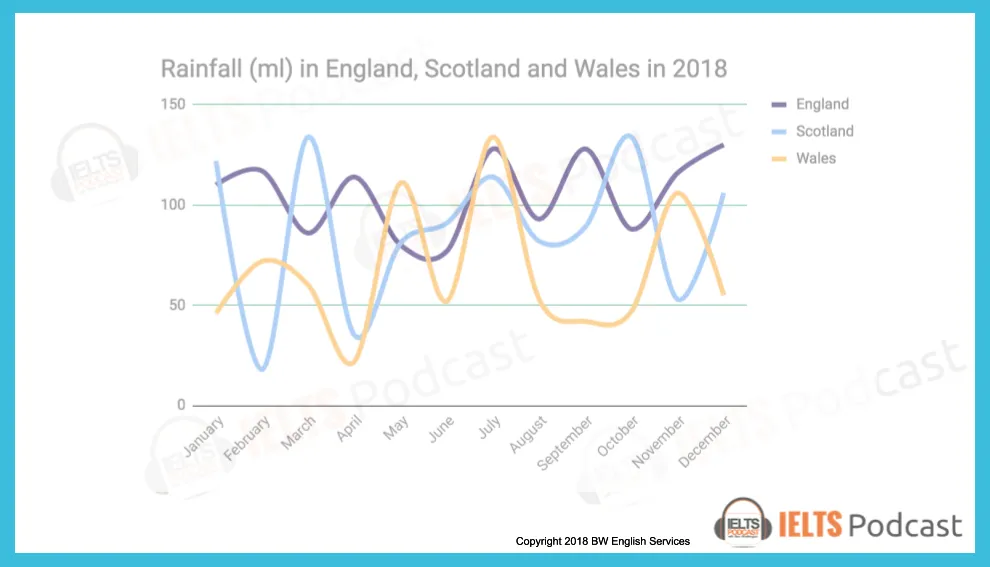
The line graph reveals the information of rainfall in three countries: England, Scotland, and Wales for one year starting from January to December in 2018.
In England, the amount of rainfall in January was recorded just above 100ml, which slightly increased in the next month by 5ml, and dipped to 90ml in March. The trend of raising and falling continue for a couple of months and reached its lowest figure in the graph for the month of June at around 70ml. After that, it is predicted that the level of rain will fluctuate and will remain around 120ml in December.
In Scotland, the amount of rain in January was 125ml, dropped unexpectedly to its lowest level to 20ml in February, and rocketed in next month to its peak value of 135ml. In April, the amounts of rain were less than 50ml, then start went up slightly until June. Then after it is predicted to drop until September, the following month it will start climbing up to October, and it will be decreased to 50 ml before reaching to 105 ml in December.
In wales, the rainfall was 50ml in January increased slightly in February and decreased to its lowest point in April around 30ml. In next month went up sharply to 110ml and dipped by 50ml in June. It is predicted that the highest amount of rain will be in July at 125ml and went down just below the month of June’s record. It will remain constant for two months before reaching 105ml in November and it will dip down in December to 52ml.
Overall it can be clearly seen that in each country the amount of rain in January will be approximately same in the month of December.
Let’s look at the essay above with ex-IELTS examiner commentary on each section.
The line graph reveals the information of rainfall (LR1) in three countries: England, Scotland, and Wales for one year starting from January to December in 2018.
TR1 – A good opening paragraph. Effective use of paraphrasing and you have included the key information.
LR1 – This could sound more natural. Perhaps ‘shows information about rainfall’, ‘shows rainfall statistics’ or ‘shows how much rain fell…’?
In England (TR2), the amount of the rainfall (GR1) in January was recorded just above 100ml, which slightly increased in next month by 5ml, and dipped to 90ml in March. The trend of raising (LR2) and falling continue (GR2) for a couple of months and reached its lowest figure in the graph for the month of June at around 70ml. After that, it is predicted that the level of rain will fluctuate and will remain (TR3) / (GR3) around 120ml in December.
TR2 – Good to adopt a systematic approach to presenting the information
GR1 – the amount of rainfall
LR2 – Check the difference between ‘rise’ and ‘raise’. GR2 – continued
TR3 – Make sure you report the information accurately.
GR3 – Stick to using past tenses here as all the information relates to 2018
In Scotland, the amount of rain in January was 125ml, dropped (CC1) unexpectedly to its lowest level to 20ml (CC2) in February, and rocketed (LR3) in next month (GR4) to its peak value (LR3) of 135ml. In April, the amounts of rain were less than 50ml, then start went up (GR5) slightly until June. Then after (CC3) it is predicted to drop until September, the following month it will start climbing up to October, and it will be decreased (TR4) / (GR6) to 50 ml before reaching to 105 ml (LR4) in December.
CC1 – You need to link your ideas together in an appropriate way. Perhaps ‘125ml, and this figure dropped…’?
CC2 – As before. Perhaps ‘… to its lowest level, 20 ml, in February’?
LR3 – Accurate use of some key language to describe graphs.
GR4 – in the next month GR5 – started to go up
CC3 – Take care with your use of linking words.
TR4 – As with the previous paragraph, make sure you report the information correctly.
GR6 – Stick to using past tenses as all the information relates to 2018.
LR4 – Omit the ‘to’ – ‘… reaching 105ml…’
In wales (GR7), the rainfall was 50ml in January increased (CC4) slightly in February and decreased to its lowest point in April (LR5) around 30ml. In next month went up sharply to 110ml and dipped (LR6) by 50ml in June. It is predicted that the highest amount of rain will be in July (TR5) / (GR8) at 125ml and went down just below the month of June’s record. It will remain constant (LR7) for two months before reaching 105ml in November and it will dip down in December to 52ml.
GR7 – Take care with your use of punctuation. Use a capital letter for the name of a country.
CC4 – You need to be careful with the way you link your ideas together. Perhaps ‘… in January and this figure increased…’?
LR5 – Very natural use of language.
LR6 – Good to incorporate a wide range of appropriate vocabulary.
TR5 – As before, you need to report the information accurately.
GR8 – As in the previous paragraphs, this is an inappropriate use of tenses.
LR7 – Despite the problems with tenses, this vocabulary is appropriately selected.
Overall it can be clearly seen that (CC5) in each country the amount of rain in January will be (TR6) / (GR9) approximately same in the month of December. (TR7)
CC5 – On the right track to introduce the main features of the graph.
TR6 – As before, there are problems with task achievement.
GR9 – Inappropriate use of tenses.
TR7 – I think this paragraph is intended to be your overview? If so, this would be a useful area to work on as it is one of the key differences between a ‘6’ and a ‘7’ for task achievement.
PROBABLE IELTS SCORE: 6.5 / 7.0
Some final practical advice for answering line chart questions in your IELTS test:
- Do not start writing before giving yourself enough time to think. First decide the language you will need in your answer. Give yourself 5 minutes to look, think and plan.
- Study the line graph carefully: be clear about the topic and what each line represents.
- The labels on the axes will give you useful information. Look at the horizontal axis to understand the period of time shown, and the vertical or x axis to see how the data is shown (in centimetres, in dollars, in millions?)
- Check the time frames very carefully in the line and plan how time differences will affect your choice of verb tenses.
- What is the main trend or trends?
- The easiest way to make comparisons is by using superlatives in your answer. For example: comparing the largest and smallest amounts of rainfall by country or comparing the least and most expensive products over time.
- Say how two or more lines are related – do they both increase over time? Are any points connected?
- Finally, make sure you have included an overview!
Audio tutorial with transcript
You can download or listen to the audio version here:
| Direct Download Here | Stitcher | iTunes | Spotify | Soundcloud | Transcript |
IELTS task 1 line graph video tutorial
More useful IELTS Academic Task 1 lessons:
- Academic Task 1 Sample Essays
- How to describe a pie chart
- Bar Chart IELTS
- How to describe a map
- Describe an image
- Describe a natural process
- How to describe a table
- How to paraphrase
- Line graph sample answer
- Marking criteria for Task 1
- Map vocabulary for IELTS Task 1
- How to describe a flow chart
- Essential skills for Task 1
- How to get band 9 for academic task 1
- How to describe a process diagram
Podcast: Play in new window | Download
IELTS Mentor "IELTS Preparation & Sample Answer"
- Skip to content
- Jump to main navigation and login
Nav view search
- IELTS Sample
40 difficult IELTS Graphs with model Answers
The diagram below shows the typical stages of consumer goods manufacturing, including the process by which information is fed back to earlier stages to enable adjustment..
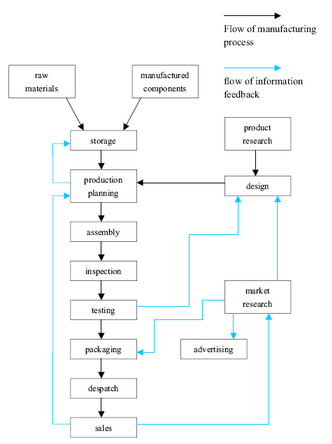
The graph below shows information on employment rates across 6 countries in 1995 and 2005.
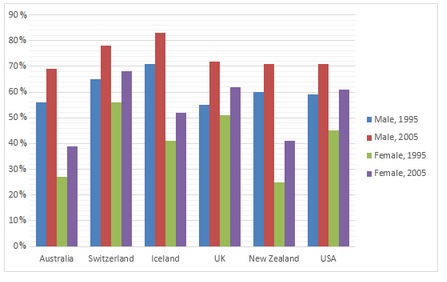
The chart below shows the amount spent on six consumer goods in four European countries.
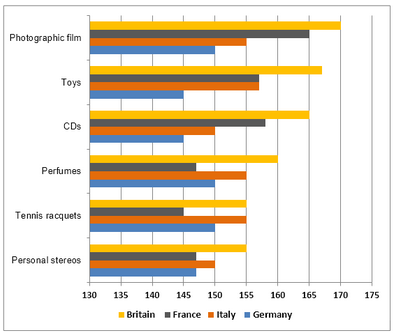
The chart below shows the amount of money per week spent on fast foods in Britain. The graph shows the trends in consumption of fast foods.
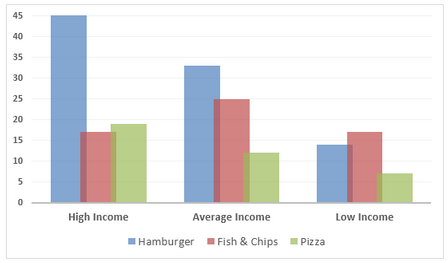
The table below gives data on the hour of leisure time per year for people in Someland.
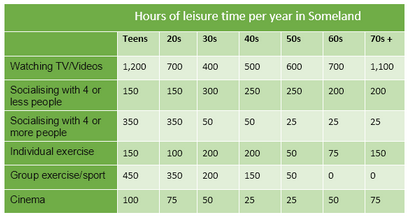
The table below provides information on rental charges and salaries in three areas of London.
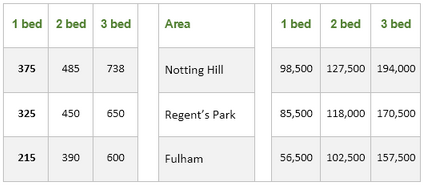
The diagram below gives the information about the Hawaiian island chain in the centre of the Pacific Ocean.
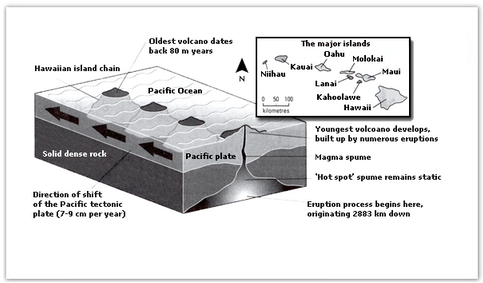
The two maps below show an island, before and after the construction of some tourist facilities.

The diagram below shows the process by which bricks are manufactured for the building industry.
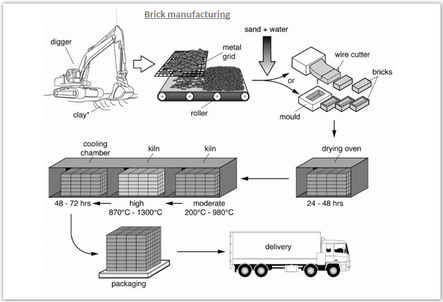
The graph below shows the Alcohol-related deaths in 7 different countries and the average beer consumption in 2005.
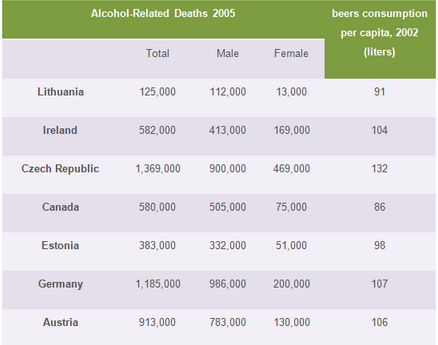
The graphs show figures relating to hours worked and stress levels amongst professionals in eight groups.
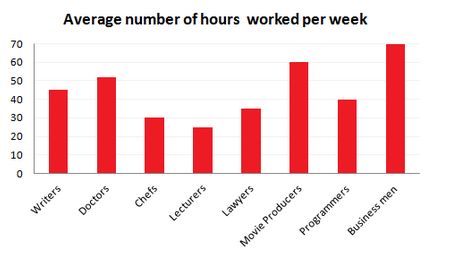
The table below gives information on internet use in six categories by age group.
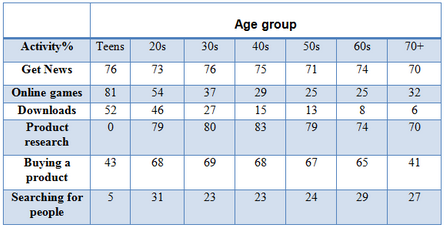
The table below shows the number of medals won by the top ten countries in the London 2012 Olympic Games.
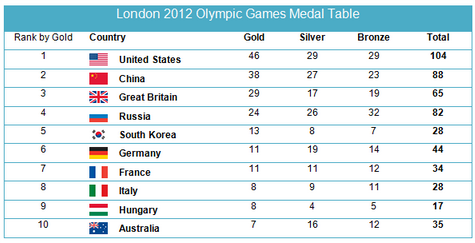
The graphs show enrolment in different colleges in the Higher Colleges of Technology in 1999.
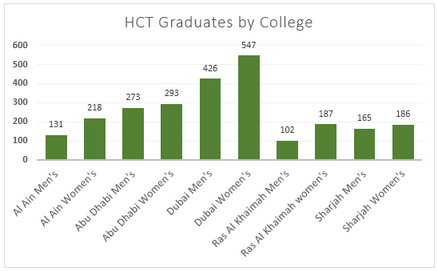
The map below is of the town of Garlsdon. A new supermarket (S) is planned for the town. The map shows two possible sites for the supermarket.

The diagram below shows how the Australian Bureau of Meteorology collects up-to-the-minute information on the weather in order to produce reliable forecasts.
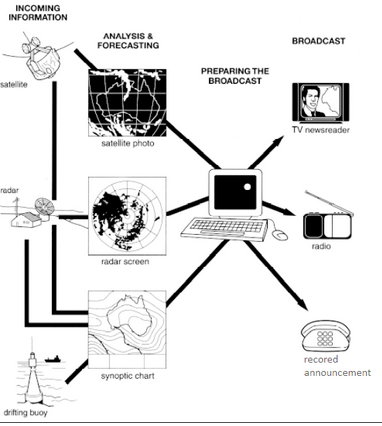
The diagrams below show the life cycle of the silkworm and the stages in the production of silk cloth.
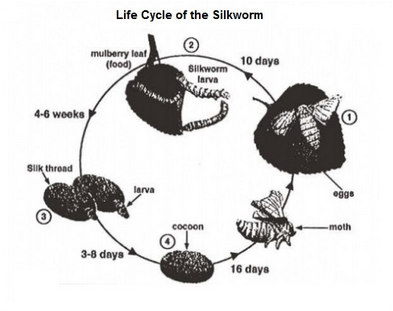
The chart below shows information about changes in average house prices in five different cities between 1990 and 2002 compared with the average house prices in 1989.
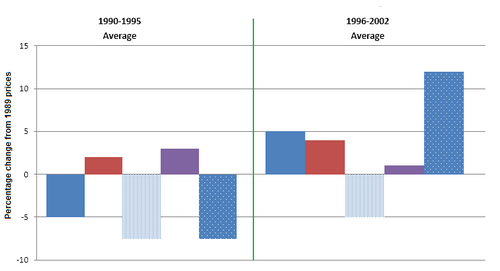
The pie charts below show units of electricity production by fuel source Australia and France in 1980 and 2000.
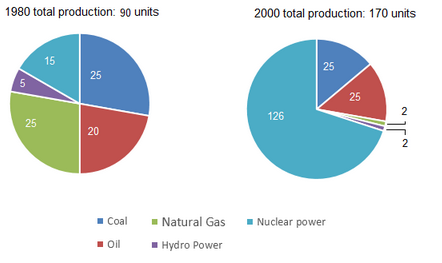
The diagram below shows the stages and equipment used in the cement-making process, and how cement is used to produce concrete for building purposes.
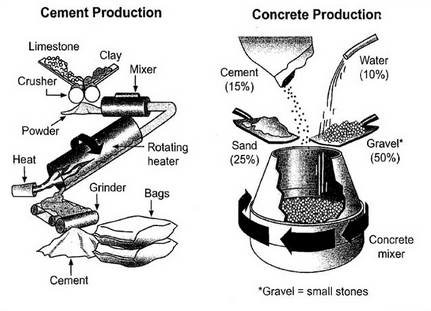
The charts below give Information on the ages of the populations of Yemen and Italy In 2000 and projections for 2050.
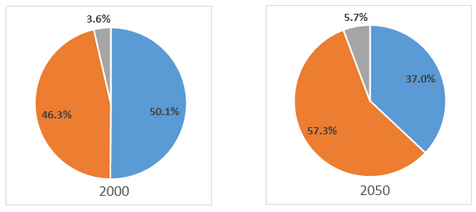
The diagrams show a structure that is used to generate electricity from wave power.
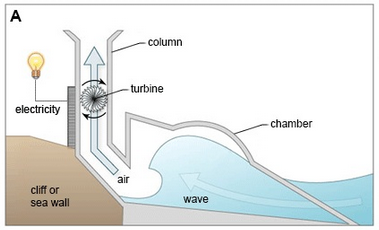
The flowchart below shows the process involved in completing the work experience requirement for university students.
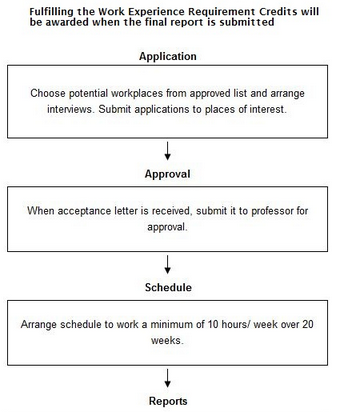
The diagram below shows the environmental issues raised by a product over its life cycle.
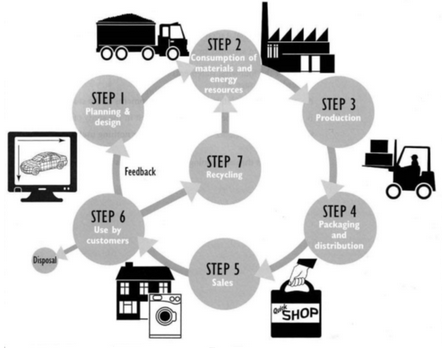
The map below shows the changes in an American town between 1994 and 2010.
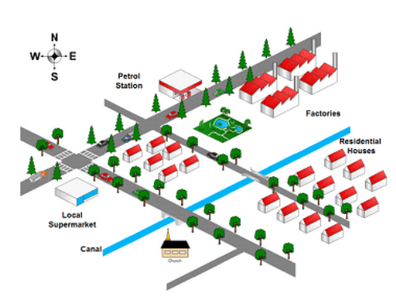
The graph below shows the number of complaints made about noise to Environmental Health authorities in the city of Newtown between 1980 and 1996.
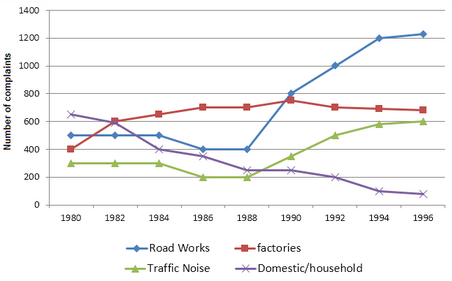
Plan A below shows a health centre in 2005. Plan B shows the same place in the present day.
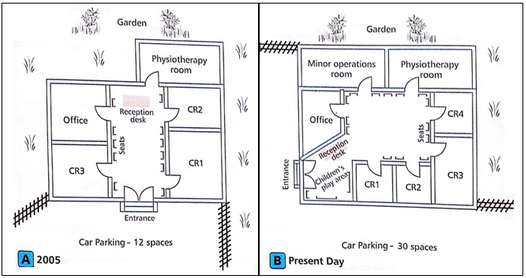
The following diagram shows how greenhouse gases trap energy from the Sun. Write a report for a university lecturer describing the information shown in the diagram.
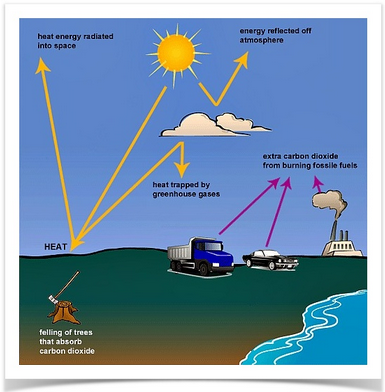
The pie charts below show responses by teachers of foreign languages in Britain to a survey concerning why their students are learning a foreign language. The first chart shows the main reason for learning a foreign language. The second chart shows how many teachers felt that there has been a recent change in the reason.
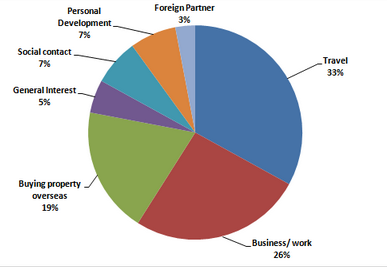
The figure shows the results of a survey of 1000 adolescents in five different countries. The participants were asked at what age they believed certain rights and responsibilities should be granted to young people.
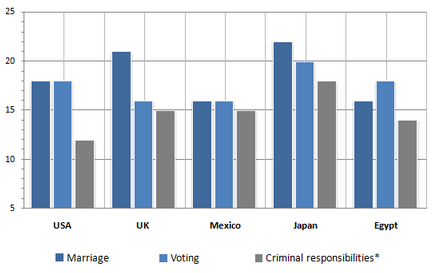
The charts below show the percentage of water used for different purposes in six areas of the world.
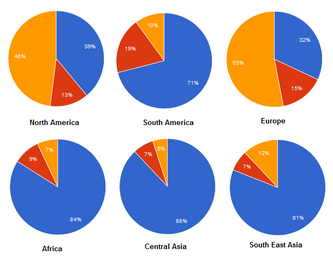
The following diagram shows how rainwater is reused for domestic purposes.
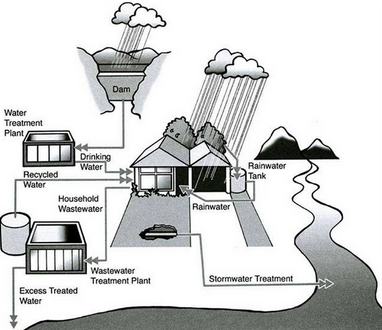
The diagram below shows the life cycle of a salmon, from egg to adult fish.
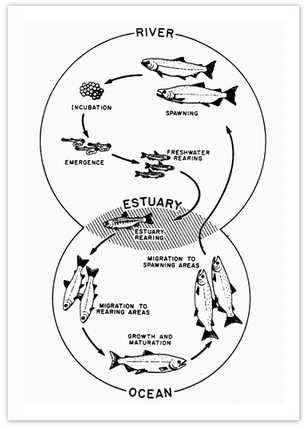
The bar chart below shows the proportions of English men and women of different ages who were living alone in 2011. The pie chart compares the numbers of bedrooms in these one-person households.
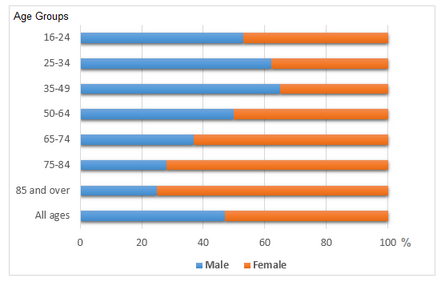
The graphs indicate the source of complaints about the Bank of America and the amount of time it takes to have the complaints resolved.
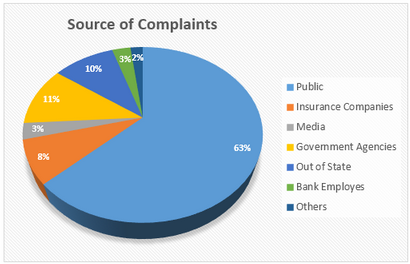
The diagram shows the procedure for university entry for high school graduates.
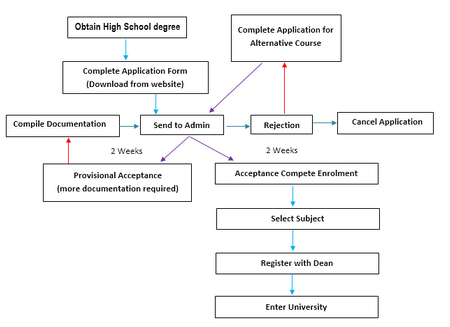
The charts below show the workforce profile at the top management jobs by ethnicity and race in South Africa based on a 2015/16 report.
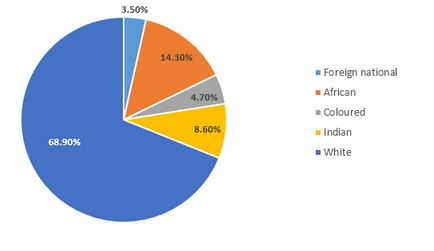
The bar chart below shows Scotland’s exports to the rest of the UK and the rest of the world for the year 2014.
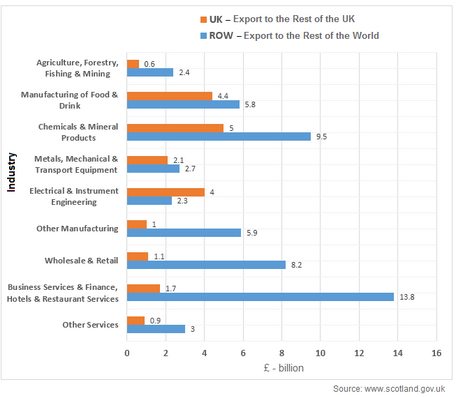
The graph below shows the top priorities by business companies in the USA in 2016.
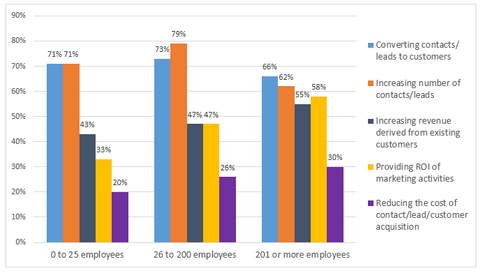
The bar charts and line graph below show the results of a survey conducted over a three-year period to discover what people who live in London think of the city.
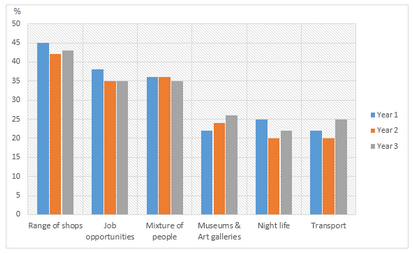
IELTS Materials
- IELTS Bar Graph
- IELTS Line Graph
- IELTS Table Chart
- IELTS Flow Chart
- IELTS Pie Chart
- IELTS Letter Writing
- IELTS Essay
- Academic Reading
Useful Links
- IELTS Secrets
- Band Score Calculator
- Exam Specific Tips
- Useful Websites
- IELTS Preparation Tips
- Academic Reading Tips
- Academic Writing Tips
- GT Writing Tips
- Listening Tips
- Speaking Tips
- IELTS Grammar Review
- IELTS Vocabulary
- IELTS Cue Cards
- IELTS Life Skills
- Letter Types

- Privacy Policy
- Cookie Policy
- Copyright Notice
- HTML Sitemap
- Skip to primary navigation
- Skip to main content
- Skip to primary sidebar
- Skip to footer

IELTS Advantage
IELTS Preparation Courses
IELTS Bar Chart Sample Essay
Static or Dynamic?
Before writing an IELTS task 1 bar chart or line graph answer it is important that we analyse the question correctly. Taking a few minutes to do this will help us write a clear answer that fully responds to the question. Just what the examiner wants us to do.
The first thing we need to do is decide if the bar chart is static or dynamic. Static means that the data comes from one point in time. Dynamic means the data comes from more than one point in time.
Whether a chart is static or dynamic will affect the information we choose to include in our answer and the kind of language (tense, grammar etc.) we use.
If it is dynamic we will have to compare the different times and comment on the general trends over the time period.
If it is static we will have to compare the different variables, in this case countries, car price, GDP and time it takes for one person to buy a car.
Main Features
Every IELTS academic task 1 question asks us to ‘select and report the main features’.
This means that we have to not only pick the most significant information from the graph and include it in our essay, but also decide which information is not important and should therefore not be included in our essay. One of the biggest mistakes you can make in task 1 is including all the information you see.
So which information should you choose?
You should look for:
- highest/lowest values
- biggest differences
- similarities
- significant exceptions
- anything else that really stands out
There are 3 main features in this graph
1) It takes over 26 years for a Vietnamese person to buy a car.
2) Vietnam has the second highest average costs but the second lowest wages.
3) Cost of a car in Singapore is nearly 3 times the next most expensive.
I advise my students to follow a basic four paragraph structure for these kinds of questions.
Paragraph 1
Paraphrase the question using synonyms.
Paragraph 2
Provide an overview of the main features. No need to include any data in this paragraph, just tell the examiner what is happening in general terms. If you had to describe the main features in two sentences, what would you say?
Paragraph 3
This is where we get more specific and use data. Take 2 of the main features (from your overview) and describe them in detail using data from the chart.
Paragraph 4
Simply do the same thing as you did in paragraph 3, but with two other main features (from your overview).
Sample Answer
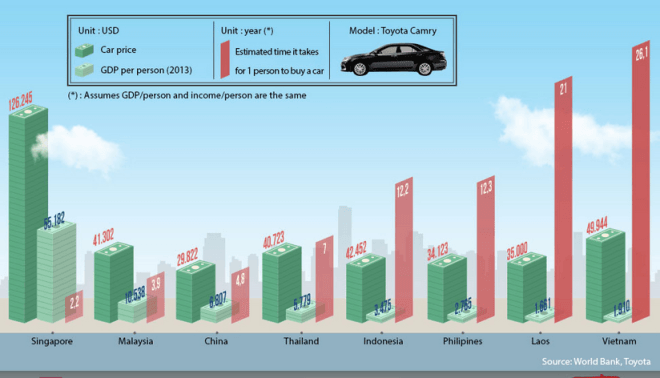
The graph compares the GDP per capita, cost of a Toyota Camry and approximate length of time it takes for 1 citizen to purchase that mode of transport in eight Asian countries.
Despite having the second lowest average yearly income, it costs more to buy this car in Vietnam than in all but one other Asian nation. It also takes significantly longer for a standard person to buy an automobile in Vietnam than in any other state in Asia. On the other end of the scale, Singaporeans have to pay nearly three times more for their cars than the Vietnamese and it takes them the least amount of time to afford a motor vehicle.
It costs $49,944 to buy a Toyota Camry in Vietnam, but this dwarfs the average yearly income per person at just $1,910. It would therefore take a normal man or woman 26.1 years to save up for that particular car.
This is in contrast to Singapore where it costs $126,245 for that model of motorcar, however the average salary is much greater at $55,182. This means that it generally takes just over 2 years for a typical individual from Singapore to acquire this vehicle.
(200 words) Band 9.
It should be noted that this is not a real IELTS task 1 question. This is just a chart that I saw on the internet, but it allowed me to make a very important point- you don’t have to mention everything on the graph. I only talked about 2 out of the 8 countries and I still wrote 200 words and answer the question fully. The key is finding the most significant data and not talking about anything else. Don’t worry, you won’t lose marks for not talking about everything, quite the opposite.
This graph is also good for demonstrating how important it is to vary your vocabulary. There were four words that could have been overused in this essay- car, average, country and people. Instead of repeating them over and over again I used synonyms to show the examiner I have a wide vocabulary and gain extra marks. Here are the synonyms:
Car- Toyota Camry- automobile- vehicle- motor vehicle- motorcar
Average- approximate- normal- typical- standard
Country- countries- nation- state
People- citizen- man or woman- individual
Next time you see a chart or graph in a newspaper, in a textbook or on the internet, think about what the main features are and what common words would you have to vary with synonyms.
I hope you have found these tips useful. If you have any questions, let me know below.
For more band 9 sample essays check out our task 1 sample essay page.
About Christopher Pell
My name is Christopher Pell and I'm the Managing Director of IELTS Advantage.
I started IELTS Advantage as a simple blog to help 16 students in my class. Several years later, I am very humbled that my VIP Course has been able to help thousands of people around the world to score a Band 7+ in their IELTS tests.
If you need my help with your IELTS preparation, you can send me an email using the contact us page.

IELTS writing task 1: Line graph and model answer
Ielts academic writing task 1: c02 emissions line graph.
Updated: January 2023
Line graphs are very common in IELTS academic task 1 writing. In this lesson, we will look at a Model Answer for CO2 emissions for 4 European countries and an analysis.
This line graph comes from Cambridge IELTS 11 academic. Use only official IELTS material when doing practice tests as there is a lot of fake IELTS material out there on the web.

See a lesson on the grammar used in this type of task click here
Model Answer
The graph illustrates the average output of carbon dioxide in metric tonnes for each individual in four European countries over a forty year period.
Overall, C02 output per individual in the UK and Sweden began the highest but witnessed a decline toward the end of the period. Conversely, Italy and Portugal began with relatively low emissions and indicated large increases by the end of the timeframe.
In 1967, the UK showed the highest proportion of carbon emissions at around 11 metric tonnes per person; however, this figure declined steadily ending at approximately 9 metric tonnes for each individual. Sweden’s output started at just over 8 metric tonnes, this then rose to a peak of approximately 11 tonnes in 1977 and then witnessed a sharp decline to approximately half of that by 2007.
In contrast, Portugal in 1967 had the lowest output at just over 1 tonne per person. Over the next four decades, this increased sharply ending at over 5 metric tonnes. Italy demonstrated a similar rising pattern, beginning at a little over 4 metric tonnes and levelling off at nearly 8 tonnes of carbon dioxide for each person by 2007.
Keep your report at under 190 words. I have seen many task 1 reports with over 200 words which is far too long. Remember that you only have 20 minutes to write this. For task 1 academic it’s a good idea to aim for about 170 to 190 words to cover the task well . 150 words is considered the minimum but there is no penalty for going under this. However, you don’t get a higher band score for writing a very long report.
It is important to understand how the task is marked to give the examiner what they need for a higher band score.
Writing Task 1 is marked on 4 criteria:
- Task Achievement (accurately write about the information presented)
- Coherence and Cohesion (easy to understand, clear and logical)
- Grammatical range and accuracy (using the correct grammar to describe the trends, numbers, comparisons)
- Lexical Resource ( accurate clear vocabulary that is relevant to the task, good paraphrasing skills)
Grouping the information
You need to spend at least 3 minutes analysing the task and planning where to put the information. Grouping the information is crucial for a coherent logical response and a good band score in coherence cohesion.

The Introduction
I have paraphrased the task question here. You can use synonyms or you can change the grammatical structure of the sentences so that it retains the same meaning. Paraphrasing is not just about synonyms, you can re-arrange the sentences, this is a very important skill to practice.
The graph illustrates the average output of carbon dioxide in metric tonnes for each individual in four European countries over a forty-year period.
- shows = illustrates
- average carbon dioxide emissions = the average output of carbon dioxide
- per person = for each individual
- 1967 and 2007= over a forty-year period
I didn’t paraphrase the word ‘graph’ because a graph is always a graph, you can’t really paraphrase this word. I also wrote ‘ in four European countries’ instead of repeating the countries names.
The Overview
The overview is also an important feature in task 1 academic and your report must have one. The overview should not include any numbers, statistics or dates. Leave those details for the body paragraphs. You will need to look at the main trends of the graph and write briefly about those. Pick out the main trends and give a summary.
Overall, C02 output per individual in the UK and Sweden began the highest but witnessed a decline toward the end of the period. Conversely, Italy and Portugal started with relatively low emissions but saw considerable increases by the end of the timeframe.
I start with the word ‘Overall’ this is a good way to introduce the overview. I have picked out the two main trends here which are:
- The UK and Sweden = started high ended much lower.
- Italy and Portugal = started low ended much higher.
Key vocabulary:
- witnessed a decline
- toward the end of the period
- Conversely (shows contrast)
- relatively low
- saw considerable increases
- by the end of the timeframe
Do not write a conclusion in writing task 1 academic. Never include an opinion, you must write factually.
Body Paragraphs
Now we can write in more detail about the graph and the trends. Also, remember to be selective and do not write about everything in the graph . Grouping the information is very important in this part of the task. Take the 2 main trends and separate them into 2 body paragraphs as below.
In 1967, the UK showed the highest proportion of carbon emissions at around 11 metric tonnes per person, however, this figure declined steadily ending at approximately 9 metric tonnes for each individual. Sweden’s output started at just over 8 metric tonnes, this then rose to a peak of approximately 11 tonnes in 1977 and then witnessed a sharp decline to approximately half of that by 2007.
In this body paragraph, I wrote about the 2 highest C02 outputs , which are the UK and Sweden and described how they declined in the 40 year period. I added more detail and numbers here, notice how I have used prepositions also (at, around, over, to, by) and most importantly you must use the language of approximation as there a no exact figures in the chart.
- the highest proportion of
- declined steadily
- rose to a peak
- output = emissions
- a sharp decline
- each individual = per person
In the next paragraph, I have written about the 2 lowest C02 outputs (Italy and Portugal) and described how they increased in the 40-year time-frame.
- In contrast (shows contrast)
- the lowest (superlative)
- increased sharply
- demonstrated a similar rising pattern
- beginning at …. levelling off at
Using the language of comparisons is useful in this kind of task, make sure you know how to use comparatives and superlatives, especially if you get a graph or bar chart with 2 or 3 trends.
Language of approximation
In the graph, there is no figure in between the lines so you will need to use approximation for a better band score in vocabulary. It is important to notice this as it is common in many IELTS graphs or charts.

around 11 metric tonnes.
Just over 8 tonnes of c02 emissions., just under 11 tonnes., a little more than 4 metric tonnes of c02 output., slightly higher than 4 metric tonnes., slightly less than., approximately 11 tonnes of co2., close to 11 tonnes., almost 11 tonnes..
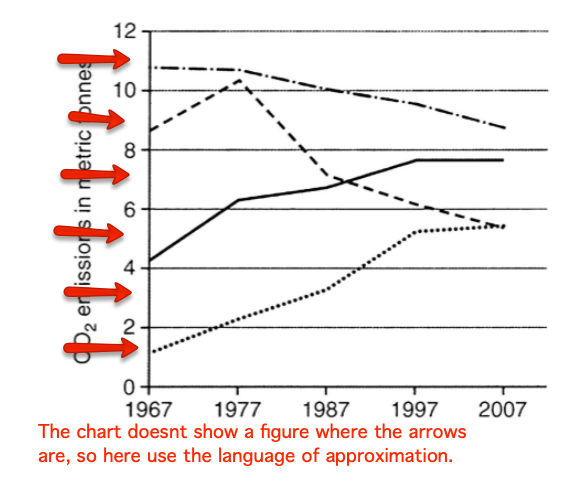
Using more academic vocabulary
For a higher score in vocabulary use more academic vocabulary when describing the data. such as: ‘proportion, figure, accounted for, amounted to, totalling, stood at, comprising’
Example sentences:
- The proportion of C02 emissions stood at around 7 metric tonnes for Sweden in 1967.
- The figure for C02 output for Portugal totalled nearly 6 metric tonnes in 2007.
- The UK had the highest amount of emissions comprising nearly 11 metric tonnes in1967.
- C02 output for Italy accounted for just over 4 metric tonnes in 1967.
To see lessons on the vocabulary to use in writing task 1 click on the links below:
Writing task 1 vocabulary: ‘number, total, amount, figure, accounted for’
Writing task 1 academic vocabulary
Any questions? post a comment below

3 thoughts on “IELTS writing task 1: Line graph and model answer”
THIS IS FROM MY MENTOR(HASAN.BD)[BODY1&2]
In 1967, the average CO2 emissions in the UK and Sweden were nearly 11 and 9 metric tonnes respectively. Sweden’s emissions rose significantly from about 9 metric tonnes in 1967 to approximately 10.5 metric tonnes in 1977, then dropped suddenly to around 5.5 metric tonnes, surpassed by Italy 1990 while the United kingdom’s emissions were decreasing gradually until reaching 9 metric tones in 2007, becoming one the highest emitters of CO2.
In early 1967, the average carbon emissions in Italy and Portugal were around 4 and 1.5 metric tones, respectively. CO2 Emissions in Italy rose significantly from around 4 to approximately 8 metric tonnes at the end of the period, exceeding Sweden’s emission in 1990 at around 7 metric tonne. Meanwhile, in Portugal, the country’s emissions grew steadily from around 1.5 to above 5 metric tonnes in 1997, before climbing slowly in the following years, meeting Sweden at the same lowest position.
[I MIGHT TRY TO SEND ITNRO & OVERVIEW OF THIS GRAPH]
Hello, I am Karim Muratov from Uzbekistan. I tried to study for IELTS at home so can you check my intoduction and overall. Thank you. The graph gives information about how many residents discharged CO2 in four countries from 1967 to 2007. Overall, it is clear that the UK made up the largest proportion of CO2, while Portugal accounted for the least share. Moreover, it is also worth mentioning that the difference between the biggest and the smallest was significant.
Hi, it’s a good attempt but the sentence ‘…how many residents discharged’ is not accurate, it would be better to say ‘..carbon output for the inhabitants of four European countries’ .
If you need corrections on writing take a look at the correction service at this link here: https://ieltsfocus.com/writing-correction-service/
Leave a Comment Cancel reply
- IELTS Scores
- Life Skills Test
- Find a Test Centre
- Alternatives to IELTS
- General Training
- Academic Word List
- Topic Vocabulary
- Collocation
- Phrasal Verbs
- Writing eBooks
- Reading eBook
- All eBooks & Courses
- Task 1 Lessons & Tips
- Describing a Graph
How to Describe an IELTS Academic Writing Task 1 Graph
On the following pages there are lessons to teach you how to write an academic IELTS writing task 1 but in this first lesson you’ll get an overview of how to answer a task 1.
You can also view a video of this lesson:

Once you have studied the general structure, you can view other examples by looking at the model graphs that are on this site.
Alternatively, follow on with these lessons to a variety of strategies and tips to achieve the writing score you need.
Steps to Respond to a Task 1
To analyse this, we’ll look at a line graph. Look at the following question and the graph.
You should spend about 20 minutes on this task.
The line graph below shows changes in the amount and type of fast food consumed by Australian teenagers from 1975 to 2000.
Summarize the information by selecting and reporting the main features and make comparisons where relevant.
Write at least 150 words.
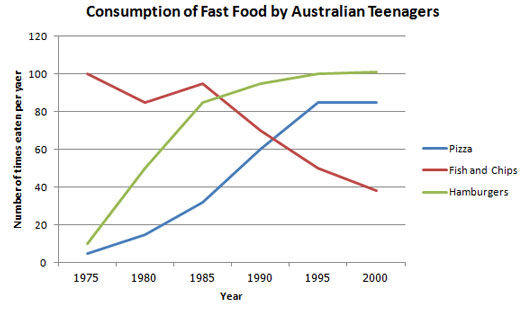
There are three basic things you need to structure an IELTS writing task 1.
- Introduce the graph
- Give an overview
- Give the detail
We’ll look at each of these in turn.
Introduce the Graph
You need to begin with one or two sentences that state what the IELTS writing task 1 shows. To do this, paraphrase the title of the graph, making sure you put in a time frame if there is one.
Here is an example for the above line graph:
The line graph compares the fast food consumption of teenagers in Australia between 1975 and 2000, a period of 25 years.
You can see this says the same thing as the title, but in a different way.
Give an Overview
You also need to state what the main trend or trends in the graph are. Don’t give detail such as data here – you are just looking for something that describes what is happening overall.
One thing that stands out in this graph is that one type of fast food fell over the period, whilst the other two increased, so this would be a good overview.
Here is an example:
Overall, the consumption of fish and chips declined over the period, whereas the amount of pizza and hamburgers that were eaten increased.
This covers the main changes that took place over the whole period.
You may sometimes see this overview as a conclusion. It does not matter if you put it in the conclusion or the introduction when you do an IELTS writing task 1, but you should provide an overview in one of these places.
Give the Detail
You can now give more specific detail in the body paragraphs.
When you give the detail in your body paragraphs in your IELTS writing task 1, you must make reference to the data.
The key to organizing your body paragraphs for an IELTS writing task 1 is to group data together where there are patterns . To do this you need to identify any similarities and differences .
Look at the graph – what things are similar and what things are different? As we have already identified in the overview, the consumption of fish and chips declined over the period, whereas the amount of pizza and hamburgers that were eaten increased.
So it is clear that pizza and hamburgers were following a similar pattern, but fish and chips were different. On this basis, you can use these as your ‘groups’, and focus one paragraph on fish and chip and the other one on pizza and hamburgers.
Here is an example of the first paragraph:
In 1975, the most popular fast food with Australian teenagers was fish and chips, being eaten 100 times a year. This was far higher than Pizza and hamburgers, which were consumed approximately 5 times a year. However, apart from a brief rise again from 1980 to 1985, the consumption of fish and chips gradually declined over the 25 year timescale to finish at just under 40.
As you can see, the focus is on fish and chips. This does not mean you should not mention the other two foods, as you should still make comparisons of the data as the questions asks.
The second body then focuses on the other foods:
In sharp contrast to this, teenagers ate the other two fast foods at much higher levels. Pizza consumption increased gradually until it overtook the consumption of fish and chips in 1990. It then levelled off from 1995 to 2000. The biggest rise was seen in hamburgers as the occasions they were eaten increased sharply throughout the 1970’s and 1980’s, exceeding that of fish and chips in 1985. It finished at the same level that fish and chips began, with consumption at 100 times a year.
Full Model Answer:

The line graph compares the fast food consumption of teenagers in Australia between 1975 and 2000, a period of 25 years. Overall, the consumption of fish and chips declined over the period, whereas the amount of pizza and hamburgers that were eaten increased.
(194 words)
Now you've been through this first introductory lesson, you can go to the next lesson or start viewing some model answers.
More Task 1 Academic Lessons:
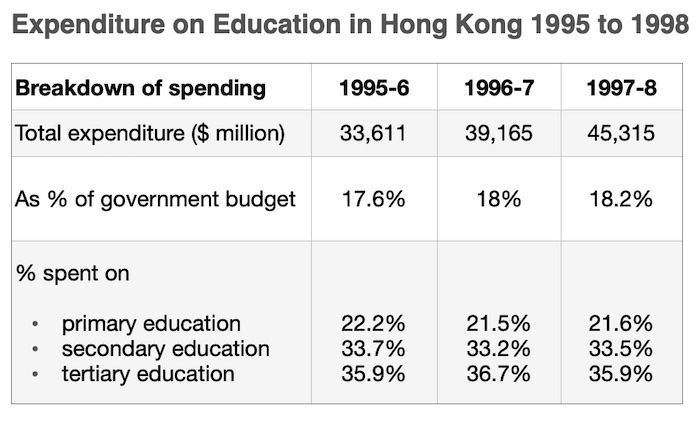
Describing Graph Trends Using the Language of Change
Describing graph trends: In IELTS you must know how to describe the trends that you see in the graph you are given. This lesson provides practice with some common language used to describe trends.
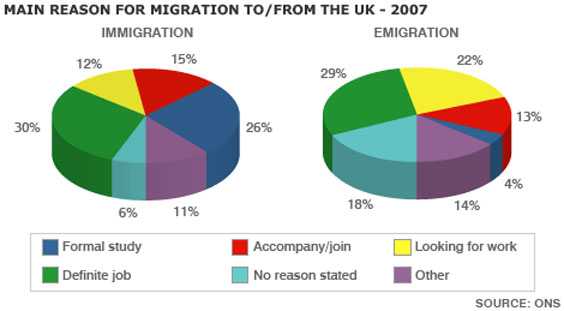
IELTS Pie Chart Strategies and Tips for a Band 7, 8 or 9
This IELTS pie chart lesson provides you with tips and advice on how to describe an IELTS Pie Chart in order to get a Band 7, 8 or 9.
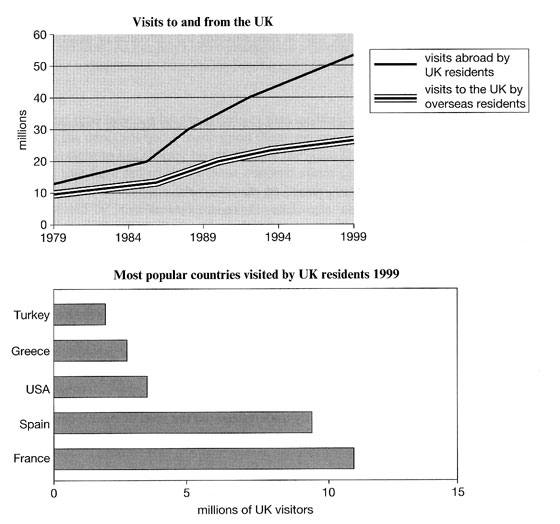
IELTS Bar and Line Graph: How to describe two graphs together
This Bar and Line Graph example shows you how you can write about two charts together in the IELTS test for task 1, with strategies and techniques.
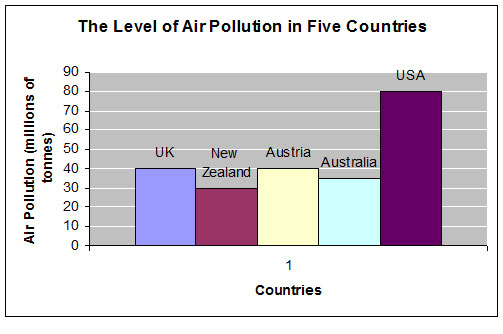
Learn Compare and Contrast Language for IELTS Graphs
Compare and Contrast Language: In the academic IELTS task 1, you have to know the right language if you want to get a band 7 or higher. Practice your IELTS language for bar charts in this task 1 writing lesson.
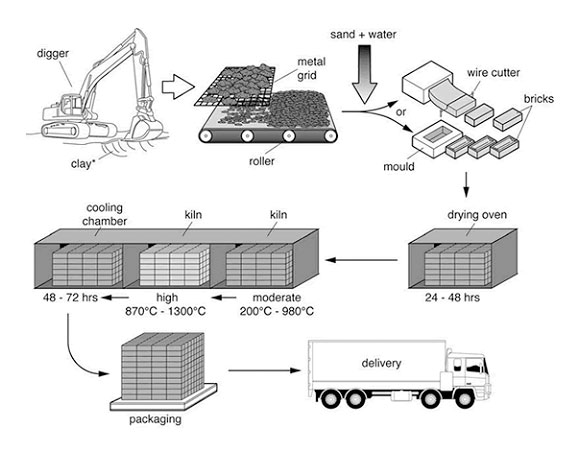
IELTS Process Diagram Strategies and Tips
IELTS Process Diagram: In task 1 of IELTS writing you usually have to describe some kind of graph or chart. But sometimes you get a process. It is therefore crucial that you know how to do this. This easy to follow lesson explains how.
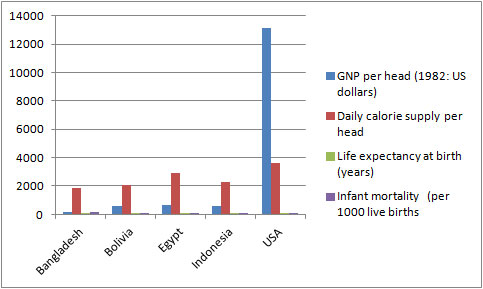
IELTS Table: Tips and techniques for a high score.
IELTS Table advice for a high score. Learn how to describe an IELTS table, which is just another way to present data.
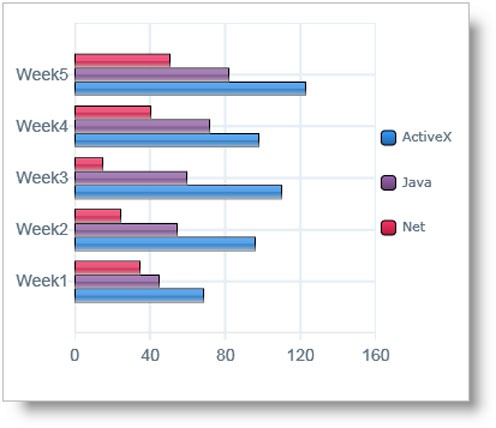
Describing an IELTS task 1 graph over time
This lesson shows you how to write an IELTS task 1 graph or chart that is over time.

Take an IELTS Quiz to test your IELTS knowledge
IELTS Quizzes to test and train you on the writing task and task 2 of the IELTS test. Gap fills and multiple choice.
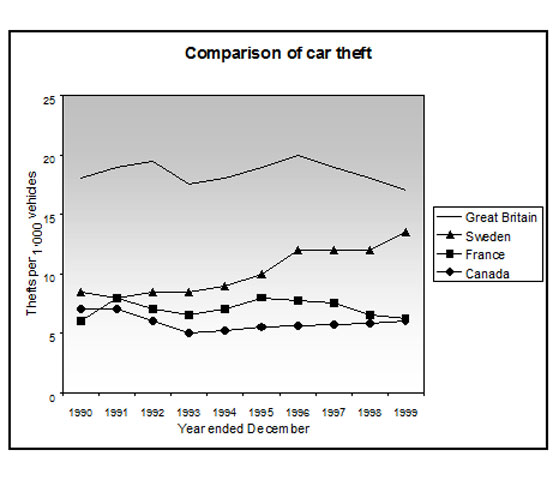
Prepositions in Graphs Quiz: Between; from; to; at; of; in; with; by
Prepositions in Graphs: Practice using prepositions in the IELTS test. View a model answer and practice using a gap fill.
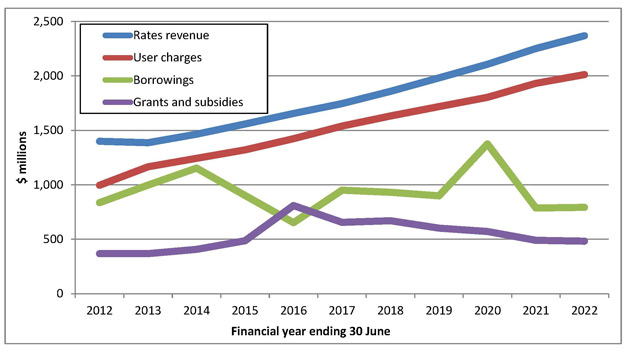
Which Tenses for IELTS are the Most Important?
Candidates often ask which tenses for IELTS are needed in order to do well in the exam. This lesson goes through the grammar tenses and how they apply to the test.
Writing Tips for a Graph in the Future in IELTS Academic
Graph in the future: Sometimes graphs in IELTS refer to a future time. You must know the language to write about these. In this lesson, learn how to write about an IELTS graph in the future. Getting the tenses right is an important part of the IELTS writing task 1.
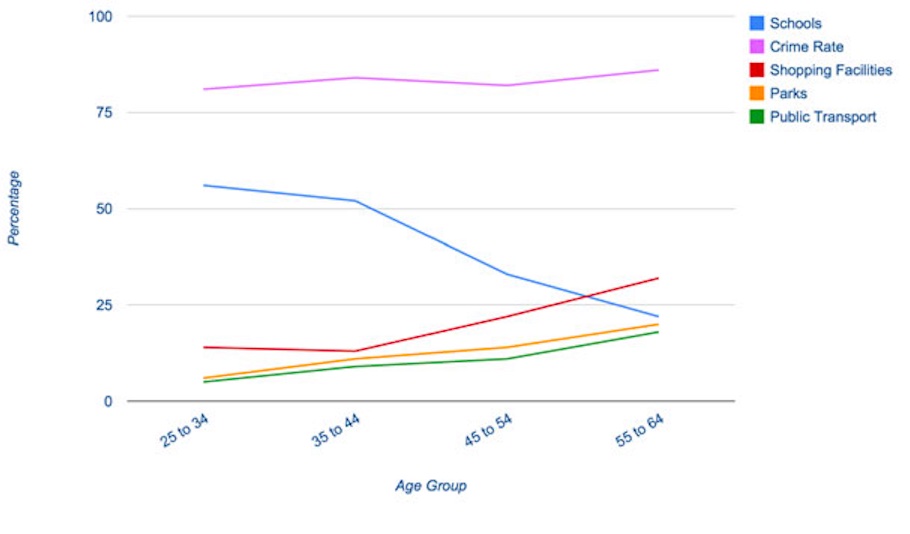
IELTS Task 1 Line Graph Structure Using Groups
For an IELTS Task 1 Line Graph there are different ways to organise your answer. Grouping information is a good way to get a logically structured response.

Useful Language for IELTS Graphs
This useful language for IELTS graphs looks at phrases for introducing graphs and describing changes

Describing IELTS Graphs: Tips to avoid a common mistake
IELTS Graphs: A common mistake In IELTS graphs is to get the subject of the graph wrong. This lesson explains how this mistake is made and show you what you need to do to avoid it. There is a also a practice exercise.
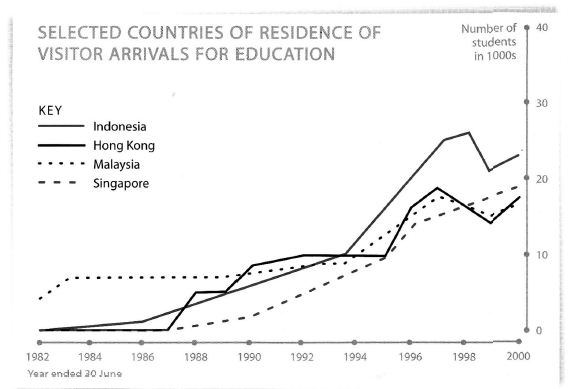
Tips for Organising an IELTS Line Graph
Organising an IELTS Line Graph - This lesson shows you have to improve the coherency of your graph in order to achieve a high band score.
Any comments or questions about this page or about IELTS? Post them here. Your email will not be published or shared.
Band 7+ eBooks
"I think these eBooks are FANTASTIC!!! I know that's not academic language, but it's the truth!"
Linda, from Italy, Scored Band 7.5

Bargain eBook Deal! 30% Discount

All 4 Writing eBooks for just $25.86 Find out more >>
IELTS Modules:
Other resources:.
- All Lessons
- Band Score Calculator
- Writing Feedback
- Speaking Feedback
- Teacher Resources
- Free Downloads
- Recent Essay Exam Questions
- Books for IELTS Prep
- Useful Links

Recent Articles
IELTS Line Graph: Governments Expenditure on Research
Jul 23, 24 01:27 PM
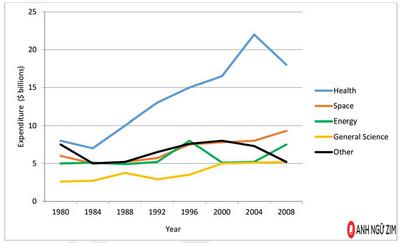
House History Essay
Jul 16, 24 04:06 PM
Paraphrasing Activity for IELTS Reading
Jul 13, 24 07:48 AM
Important pages
IELTS Writing IELTS Speaking IELTS Listening IELTS Reading All Lessons Vocabulary Academic Task 1 Academic Task 2 Practice Tests
Connect with us
Before you go...
30% discount - just $25.86 for all 4 writing ebooks.
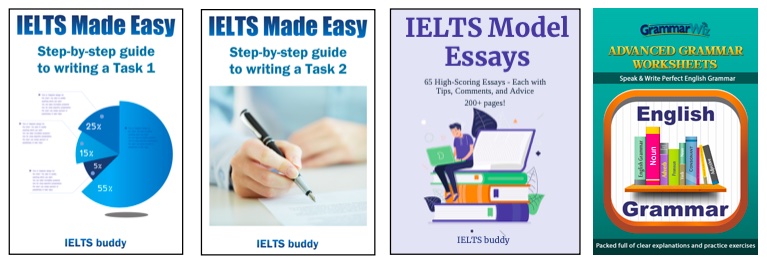
Copyright © 2022- IELTSbuddy All Rights Reserved
IELTS is a registered trademark of University of Cambridge, the British Council, and IDP Education Australia. This site and its owners are not affiliated, approved or endorsed by the University of Cambridge ESOL, the British Council, and IDP Education Australia.

Multi-Niche Blog
IELTS Writing Task 1 Line Graphs: Sample Questions and Expert Answers
Have you ever noticed that line graphs are frequently used in IELTS Writing Task 1? I’ve taken the initiative to create this resource to help you excel in your IELTS academic writing task 1. Drawing from my own experience as an IELTS examinee, I can empathize with the difficulties you might encounter during test preparation. In this blog, our goal is to address these challenges, and all you need to do is read or use my practice test answers, which I’ve specifically crafted to enhance your exam readiness. You’ll be amazed by the transformative results!
Line Graph #1

Sample Answer for Line Graph #1:

More sample answers:
The provided graph illustrates the evolution of birth and death rates in New Zealand from 1901 to 2101.
Overall, the birth rate exhibits a marked volatility with a pronounced surge in the mid-20th century before a decline, whereas the death rate remains fairly consistent with a moderate increase towards the end of the period.
Initially, in 1901, the birth rate stood at approximately 30 births per thousand individuals, which sharply increased to reach its zenith at about 70 births per thousand in the 1960s. Subsequently, this figure dwindled, ending up slightly above the starting point by 2101. The death rate, on the other hand, commenced at around 10 deaths per thousand and remained relatively stable until the 2040s, from which point it gradually ascended, albeit never exceeding 20 deaths per thousand throughout the 200 years.
The disparity between birth and death rates was most pronounced during the 1960s, indicating a significant population growth during that era. As the graph progresses, particularly after the 2040s, this gap diminishes as the death rate increases and the birth rate decreases, suggesting a move towards a more balanced growth rate by 2101.
In conclusion, the birth rate in New Zealand underwent a significant rise and fall over the 200-year span, returning to rates similar to those at the outset, while the death rate showed a slow but steady increase, with both rates appearing to converge as the period ends.
The graph presents the trends in birth and death rates per thousand people in New Zealand across a two-century timespan from 1901 to 2101.
Overall, the birth rate underwent a significant fluctuation, characterized by a dramatic rise until the mid-20th century followed by a gradual decline, while the death rate increased slightly but steadily over the same period.
At the start of the 20th century, the birth rate was roughly 30 births per thousand people. This rate surged, reaching its peak at about 70 births per thousand in the 1960s. After this point, a downward trend is observed, with the birth rate falling to slightly above its initial value by the end of the forecasted period in 2101. The death rate began at about 10 deaths per thousand people and remained relatively unchanged until the mid-21st century. From the 2040s onwards, a gentle rise in the death rate is apparent, reaching just under 20 deaths per thousand by 2101.
The most significant gap between the birth and death rates occurs around the 1960s, after which the gap narrows considerably, indicating a decrease in population growth rates. By the end of the period, the birth and death rates are converging, indicating a potential stabilization of the population growth rate.
In sum, New Zealand’s demographic trends are characterized by a high birth rate in the mid-20th century with a return to lower levels by 2101, and a slightly increasing death rate, suggesting an eventual balance between births and deaths by the end of the century.
Line Graph #2

Sample Answer for Line Graph #2:

The graph depicts the relative changes in the prices of fresh fruits and vegetables, sugars and sweets, carbonated drinks, compared to the overall consumer price index (CPI) in the United States from 1978 to 2009.
Overall, the price of fresh fruits and vegetables has increased at a rate substantially higher than that of the CPI, sugars and sweets, and carbonated drinks.
Initially, in 1978, all items were indexed at a baseline of 100. Over the 31 years, fresh fruits and vegetables experienced a sharp increase in price, reaching an index value close to 350 by 2009. This trend indicates a price increase of approximately 250% over the base value. In comparison, the CPI—which reflects the average change over time in the prices paid by urban consumers for a market basket of consumer goods and services—doubled to an index value of around 200.
Sugars and sweets showed a more moderate price increase, with an upward trajectory slightly steeper than the CPI, finishing at an index value just above 200. Carbonated drinks followed a similar trend to sugars and sweets, but with a slightly higher final index value of just over 210, indicating a slight divergence from the CPI in the latter part of the timeframe.
The data suggest a significant divergence in the cost of living and food prices, particularly the stark rise in prices for fresh produce compared to other food items and general goods and services. This could have implications on consumer purchasing power and nutrition, as the higher rate of increase in the price of fresh fruits and vegetables might affect their affordability relative to other less healthy options.
The graph shows how the prices of fresh fruits and vegetables, sugars and sweets, and carbonated drinks have changed in comparison to the overall cost of living, as measured by the consumer price index (CPI), between 1978 and 2009.
Overall, prices for all categories have gone up over these 31 years, with fresh fruits and vegetables seeing the biggest jump.
Starting at the same point in 1978, with an index of 100, the price of fresh fruits and vegetables has climbed steadily, reaching nearly 350 by 2009. This is a much steeper increase than that of the CPI, which also rose but more gently, doubling to about 200. Sugars and sweets, as well as carbonated drinks, had a similar pattern to the CPI but ended up slightly higher, at just over 200 and 210 respectively.
This means that while everything has gotten more expensive, fresh fruits and vegetables have become much pricier compared to sugary foods and drinks. By the end of the period, fresh produce was over three times as expensive as it was in 1978, while the cost of living in general and the prices for sugars and sweets, and carbonated drinks have only doubled. This significant increase in the cost of fresh produce might influence people to buy less healthy foods, which haven’t increased in price as much.
Line Graph #3

Sample Answer for Line Graph #3:

The graph illustrates the historical and projected consumption of different fuel types in the United States from 1980 to 2030, according to the Annual Energy Outlook 2008.
Overall, petroleum and oil have been the predominant energy sources throughout the period, with a steady increase in consumption projected to continue. Natural gas also shows a consistent upward trend. In contrast, coal usage, after increasing until around 2000, is expected to plateau. Nuclear energy, while less significant in volume, displays a gradual increase, and renewable energies, such as solar and wind, though starting from a minimal base, are anticipated to grow substantially. Hydropower remains relatively flat and low in comparison to other sources.
From 1980 to approximately 2000, petroleum and oil saw a sharp rise from just under 35 quadrillion units to over 40 quadrillion units. The projection suggests a continuation of this trend, reaching close to 50 quadrillion units by 2030. Natural gas started at about 15 quadrillion units, rising steadily to over 20 quadrillion units, with an expected increase to around 25 quadrillion units by 2030.
Coal’s consumption initially rose similarly to natural gas but is projected to have a negligible increase post-2000, stabilizing at just over 20 quadrillion units. Nuclear energy has shown slow growth from 1980 and is projected to climb modestly to just under 10 quadrillion units. Solar and wind energy, almost non-existent in 1980, show a steep increase in the projection, indicating a shift towards renewable energy consumption. Hydropower consumption has been the most stable, remaining around 3 quadrillion units throughout the period.
The graph indicates a long-term trend of increasing energy consumption in the U.S., with a notable shift towards more diverse and renewable energy sources, especially in the case of solar and wind power. Despite this shift, traditional fossil fuels are expected to remain a significant part of the energy mix by 2030.
The graph provides a comprehensive view of energy consumption in the United States from 1980 to the projected figures for 2030, based on the Annual Energy Outlook 2008.
Overall, the data reveals several key trends in U.S. energy consumption. Petroleum and oil have consistently been the dominant energy sources throughout the period, with consumption steadily increasing. Natural gas also shows a continuous upward trajectory. In contrast, coal consumption, after a period of growth until the early 2000s, appears to stabilize. Nuclear energy has witnessed gradual growth, while renewable energy sources, particularly solar and wind, are expected to experience significant expansion. Hydropower consumption remains relatively steady but at a lower level compared to other sources.
Beginning in 1980, petroleum and oil consumption stood at just under 35 quadrillion units and is projected to rise significantly, nearing 50 quadrillion units by 2030. Natural gas started at approximately 15 quadrillion units, with a continuous increase expected to reach around 25 quadrillion units by 2030. Coal consumption, after reaching over 20 quadrillion units in the early 2000s, is expected to remain relatively stable. Nuclear energy has shown slow growth, with a projection to approach 10 quadrillion units. Solar and wind energy, although initially minimal, are anticipated to grow substantially. Hydropower maintains a stable consumption of around 3 quadrillion units.
In summary, the graph indicates a long-term trend of increasing energy consumption in the U.S., with a notable shift towards more diverse and renewable energy sources, especially in the case of solar and wind power. Despite this shift, traditional fossil fuels, notably petroleum and natural gas, are expected to remain a significant part of the energy mix by 2030.
Share this:
2 thoughts on “ielts writing task 1 line graphs: sample questions and expert answers”.
Pingback: IELTS Academic Writing Task 1 SAMPLE TASKS and ANSWERS for Bar Charts – Model Answers for a High Band Score – Timeless English
Pingback: Perfecting Pie Charts: IELTS Writing Task 1 with Sample Questions and Answers – Timeless English
Hey You! Leave a Comment! Cancel reply
Discover more from timeless english.
Subscribe now to keep reading and get access to the full archive.
Type your email…
Continue reading
Fulfilling Your Dreams
IELTS Line Graph Questions
Here, you will find sample single line graph IELTS questions and double or more complex line graphs questions.
A line chart is common in academic IELTS writing task 1. The line chart is also known as a line graph, in which information is represented using several points joined by straight lines. The line graph shows variation in time. Thus, you will need to show the change in time in your sentences.
How to attempt Academic IELTS Writing Task 1?
Read model answers
Proportion of population aged 65 and over
The graph below shows the proportion of the population aged 65 and over between 1940 and 2040 in three different countries. Summarize the information by selecting and reporting the main features, and make comparisons where relevant. Model Answer
Unemployment rates in US and Japan
The graph below shows the unemployment rates in the US and Japan between March 1993 and March 1999. Write a report for a university lecturer describing the information shown below.
CO2 Emissions in the United KIngdom, Sweden, Italy and Portugal
The graph below shows average carbon dioxide (CO2) emissions per person in the United KIngdom, Sweden, Italy and Portugal between 1967 and 2007. Summarise the information by selecting and reporting the main features, and make comparisons where relevant.
Consumption of energy in the USA since 1980 with projections
The graph below gives information from a 2008 report about consumption of energy in the USA since 1980 with projections until 2030. Summarise the information by selecting and reporting the main features, and make comparisons where relevant. Model Answer
Fish and meat consumption in a European country
The graph below shows the consumption of fish and some different kinds of meat in a European country between 1979 and 2004. Summarise the information by selecting and reporting the main features, and make comparisons where relevant.
Quantities of goods transported in the UK
The graph below shows the quantities of goods transported in the UK between 1974 and 2002 by four different modes of transport. Summarise the information by selecting and reporting the main features, and make comparisons where relevant.
Privacy Overview
| Cookie | Duration | Description |
|---|---|---|
| cookielawinfo-checkbox-analytics | 11 months | This cookie is set by GDPR Cookie Consent plugin. The cookie is used to store the user consent for the cookies in the category "Analytics". |
| cookielawinfo-checkbox-functional | 11 months | The cookie is set by GDPR cookie consent to record the user consent for the cookies in the category "Functional". |
| cookielawinfo-checkbox-necessary | 11 months | This cookie is set by GDPR Cookie Consent plugin. The cookies is used to store the user consent for the cookies in the category "Necessary". |
| cookielawinfo-checkbox-others | 11 months | This cookie is set by GDPR Cookie Consent plugin. The cookie is used to store the user consent for the cookies in the category "Other. |
| cookielawinfo-checkbox-performance | 11 months | This cookie is set by GDPR Cookie Consent plugin. The cookie is used to store the user consent for the cookies in the category "Performance". |
| viewed_cookie_policy | 11 months | The cookie is set by the GDPR Cookie Consent plugin and is used to store whether or not user has consented to the use of cookies. It does not store any personal data. |
IELTS Academic Writing Task 1 – Charts And Graphs

There is a number of practice questions out there for you to try and perfect your answers in preparation for the Academic IELTS test . In this post, we will be looking at line graphs, bar charts, pie charts, useful vocabulary and describing changes over time.
You need to able to report neutrally on the visual information presented to you. You should not include any opinion on the data , only report the data and trends that you can see.
The Essay Structure >>
Paragraph 1 – Paraphrase the question
You need to be able to give a broad summary of the information . This is best started with – Overall ……. then giving details of the main features you can see. You can write this in one or two sentences, which describe the main features of the information that is presented in the chart or graph.
Write about the specific details that you can see – looking closely at the first main feature and including data/stats and trends. Make any comparisons if relevant.
Write about the specific details that you can see – looking closely at the second main feature and including data/stats and trends. Make any comparisons if relevant.
TIP >> You will be marked on the type of information you write about, as well as the language you use. You need to make sure the information you write down is accurate . If it is not, then your score will be lower.
Here is a list of words and phrases that you can use in your essay, to show intensity , reporting phrases and categorising words >>
Describing Changes Over Time >>
Writing task 1 charts and graphs sample essays >>, sample line graph essay , sample bar chart essay, pie chart sample essay .
Overall, it can be seen that a lot of people were satisfied by the services offered in 2010, but there was also a large number who thought the services given were poor. However, after 5 years, this trend changed. It shows that many found the services to be both good and excellent, with a decline in the number of people who were unsatisfied.
Writing Task 1 Band Score 9 Criteria >>
Related posts, 150+ ielts academic essay list, charts and graphs essay examples, 1 thought on “ielts academic writing task 1 – charts and graphs”, leave a comment cancel reply.
50 Latest Graphs IELTS Topics
- Unlimited Task 1 checks Get all the feedback you need to keep improving your charts and letters.
- Unlimited Task 2 checks Practice and perfect your skills with essays.
- Personalized suggestions Know how to boost your score.
- Detailed mistakes analysis Get instant feedback. Spot every mistake.
- Topic ideas generator Get topic-specific ideas to enhance your writing.
- Vocabulary helper Get the right words for any topic.
- Progress tracking Track your writing improvements.
Useful Vocabulary for Writing an IELTS Graph Essay

When it comes to IELTS writing task 1, 25% of your marks are for the range of words you use. That means IELTS graph vocabulary is a very important component to review as you prepare for the Writing Task 1. You can start by checking out this IELTS writing task 1 vocabulary guide . And below, I’ll provide an overview of words and useful phrases to incorporate into your writing so that you can get top marks on the lexical resource category and a high band score overall. Basically, the better your IELTS writing chart vocabulary, the higher score you’ll get. It’s not hard, but there is a clear formula to doing well.
How to Use IELTS Graph Vocabulary in Writing Task 1
Because IELTS writing task 1 involves describing a graph or chart of some type, it will help to have a handle on IELTS writing chart vocabulary — words and phrases that help you write about the information on the chart or graph.
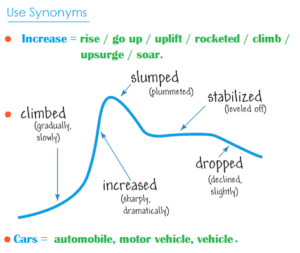
How are graphs described in IELTS? Let’s walk through the best vocabulary for the task, step by step.

1. Start With Introduction Phrases
Often ESL students start their essay with ‘The graph shows…’. While this is fine, the verb ‘shows’ could be replaced by a more exciting and high-level vocabulary word. Here are four different prompts to start your essay:
- The graph illustrates the trends in…
- The graph reveals information about the changes in…
- The graph provides the differences between…
- The graph presents how X has changed over a period of…
- DO NOT write the word below or above in your introduction. i.e. The graph above/below shows…
2. Add Suitable Adverbs
Adverbs help express a relation of place, time, circumstance, manner, cause, and degree, and can greatly add some color and interest to your writing as well as show off your range of vocabulary. Unlike adjectives (which describe nouns), adverbs describe verbs, or actions. Here’s a great list of adverbs to use:
| Adverb | Meaning |
|---|---|
| Approximately | Almost, but not completely exact; roughly |
| Dramatically | By a quick and large amount |
| Erratically | In a way that is uneven or irregular |
| Gradually | By slow degrees |
| Markedly | Noticeably, significantly |
| Significantly | In a way that is worthy of attention; importantly |
| Slightly | To a small degree |
| Slowly | At a slow speed, not quickly |
| Steadily | In a regular or even way |
3. Use Appropriate Synonyms
Again using a variety of nouns and verbs for words like rise and fall will help increase your overall score. Here are some suggestions:
| Rise (Noun) | Rise (Verb) | Fall (Verb) | Fall (Noun) | Fluctuate (Verb) |
|---|---|---|---|---|
| Climb | Increase | Collapse | Decline | Be erratic |
| Increase | Climb | Decline | Decrease | Be fitful |
| Improve | Leap | Decrease | Deterioration | Vary |
| Jump | Pick up | Deteriorate | Dip | Rise and fall |
| Leap | Surge | Dip | Drop | |
| Move upward | Growth | Drive | Plunge | |
| Rocket | Drop | Freefall | ||
| Skyrocket | Go down | Slide | ||
| Soar | Plummet | Slip | ||
| Shoot up | Plunge | Dive | ||
| Pick up | Slide | Reduction | ||
| Surge | Slip (back) | Slump | ||
| Recover | Slump | |||
| Take a nosedive |
4. Add Time Phrases
Below are some excellent time phrases with sentence examples:
| Time Phrase | Example Sentence |
|---|---|
| Between…and | Between 1982 and 1992 there was a steady drop. |
| From…to | From 1992 to 1996 there was a dramatic increase. |
| In the year… | In the year 2020, unemployment spiked. |
| During/over the period | During the 1980s, trends stayed consistent. |
| over the latter half of the year/century/decade/period | Over the latter half of the century, more women entered the workforce. |
| over the next/past/previous… | Over the previous year, work-from-home rates sharply increased. |
| days/weeks/months/years/decades | For several weeks, stock prices have remained stable. |
| by… | By 1997, market growth had stabilized. |
Using IELTS Graph Vocabulary in a Model Essay
Look at the sample IELTS writing Task 1 graphs on the British Council website . Below is my model answer with useful words in bold:
The bar charts illustrate the trends in computer ownership, with a further classification by level of education, from 2002 to 2010.
Over the period, it can be observed that there was a significant surge in the percentage of the population that owned a computer. In the year 2002, only about 58% of the population owned a computer, whereas by 2010 , this gradually increased to where over three-quarters of individuals had a home computer.
Looking at the information by level of education reveals that higher levels of education correspond to higher levels of computer ownership in both of those years. In 2002, a significantly low percentage of the population who did not finish high school had a computer, but this figure skyrocketed by 2010, going from 15% to over 40%. There were also dramatic climbs , of approximately 30 percentage points, for those with a high school diploma or an unfinished college education (reaching 65% and 85%, respectively, in 2010).
To conclude, during the last decade, there has been a substantial growth in computer ownership across all educational levels.
Other IELTS Graph Vocabulary Resources
Keep in mind that IELTS writing task 1 may contain one of several different types of infographic: a bar chart, pie chart, line graph, diagram, etc. Regardless of the type, you’ll want to have a good handle on IELTS writing chart vocabulary.
For more specific guides to the different kinds of graphs, charts, and graphics you may find on IELTS writing task 1, check out the following resources:
- How to Describe a Bar Chart
- How to Describe a Pie Chart
- How to Describe a Map
- How to Describe a Process Diagram
You can also check out Magoosh’s IELTS linking words PDF for transitions between ideas. Hopefully you’ll start to incorporate some of these key words and phrases, as well as the above suggestions, in your IELTS Task 1 Writing. If you still don’t feel comfortable doing so, consider dedicating more time to your IELTS studies with Magoosh’s fun, engaging IELTS prep for extra practice.

Eliot Friesen-Meyers is the Senior Curriculum Manager for Magoosh IELTS and TOEFL. He attended Goshen College (B.A.), New York University (M.A.), and Harvard University (M.T.S.), gaining experience and skills in curriculum development, ESOL instruction, online teaching and learning, and IELTS and TOEFL test prep education. Eliot’s teaching career started with Literacy Americorps in Pittsburgh, Pennsylvania, and later, taught ESL programs at Northeastern University, University of California-Irvine, and Harold Washington College. Eliot was also a speaker at the 2019 TESOL International Conference . With over 10 years of experience, he understands the challenges students face and loves helping them overcome those challenges. Come join Eliot on Youtube , Facebook , and Instagram . Recent blog posts Complete Guide to IELTS Writing Task 1 Complete Guide to IELTS Writing Task 2
View all posts
More from Magoosh

11 responses to “Useful Vocabulary for Writing an IELTS Graph Essay”
I would like to get sample of all types of graph eassy
IELTS Liz offers a pretty good range of graphs and charts for IELTS Writing Task 1 (Academic) . You can also get a nice selection of these on the official IELTS websites . And last but not least, Magoosh offers a good selection of these types of questions with a Magoosh IELTS Premium subscription. 🙂
Thank you Magoosh for the comprehensive guide. I’m a subscriber to you GMAT course and is now checking out IELTS.
Wanna ask, I read and watched many other sources that says we should not write a conclusion. However, yours did.
So, is it permissible or not permissible?
The concluding sentence is optional–if you have time to write a concluding sentence after writing and reviewing your essay, then it looks good to have a concluding sentence. If you don’t have time to write a concluding essay or you’d rather focus on other parts of your essay, then it’s totally fine to leave it out. You can read more about this in our Complete Guide to IELTS Academic Writing Task 1.
“Growth” is not an noun? Because in the board it’s saying that it is a verb
Thanks for pointing this out! It seems like a mistake on our part. We should probably change that to “grow”. I’ll make a note for our writing team to make this change 🙂
I appreciate you very much. Your blog on Useful Words for Writing an IELTS Graph Essay was the outstanding blog ever. You have given so much good information about the new english words & grammar in your post, which will help me in future. Always keep data like this on your website
I have two significant questions. The first one is related to the unit of measurement in over view. Is it academic? And the second one is of conclusion. Do we need to write conclusion?
Hi Aakash, I’m afraid I don’t understand your first question. Can you please provide some more information? For your second question: a conclusion is not necessary. You can add one if you’d like, but it’s more important to spend time analyzing the graph.
This is one of the best among the essay I’ve read recently.
Thanks for the feedback! 🙂
Leave a Reply Cancel reply
Your email address will not be published. Required fields are marked *
IELTS Preparation with Liz: Free IELTS Tips and Lessons, 2024
- Test Information FAQ
- Band Scores
- IELTS Candidate Success Tips
- Computer IELTS: Pros & Cons
- How to Prepare
- Useful Links & Resources
- Recommended Books
- Writing Task 1
- Writing Task 2
- Speaking Part 1 Topics
- Speaking Part 2 Topics
- Speaking Part 3 Topics
- 100 Essay Questions
- On The Day Tips
- Top Results
- Advanced IELTS
IELTS Sample Charts for Writing Task 1 Practice
Below are sample IELTS charts to practise writing task 1 at home. In the IELTS writing task 1 (academic paper), you will be given one of the following and will have 20 mins to write a full report:
- diagram or process
- combination of the above (multiple tasks)
This collection of IELTS charts represents the main types of charts that you can be given in writing task 1, including tasks with two or three charts combined. Please remember that writing task 1 is not an essay, it is a report.
Use the sample practice charts, tables and diagrams below to practise and develop your IELTS writing task 1. Some charts below have links to model answers. Charts not created by myself have the known source stated when possible.
Practice Charts for IELTS Writing Task 1
Instructions from IELTS: You must write a report of at least 150 words You have 20 mins for this task
Please note that the instructions show that you must write over 150 words. The word limit of 150 words is the least you should write. Most reports are between 170 and 190 words. The time of 20 mins is a recommendation, but you manage the one hour for the writing test yourself.
IELTS Bar Chart Practice Samples
The bar chart below shows the expenditure of two countries in consumer goods in 2010.

- Click here: MODEL ANSWER
The bar chart below shows the percentage of people who ate five portions of fruit and vegetables per day in the UK from 2001 to 2008.
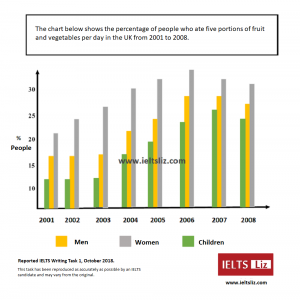
- Source: IELTS Liz, Reported by IELTS Candidate
- Download: IELTS Writing task 1 October 2018
- Click here: : MODEL ANSWER
The bar chart below shows the hours per week that teenagers spend doing certain activities in Chester from 2002 to 2007.
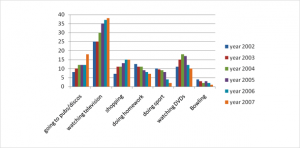
- Source: English-in-Chester
The chart below shows the global sales of different kinds of digital games from 2000 to 2006.
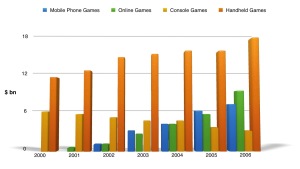
- Source: Chart not by IELTS Liz. Source unknown.
IELTS Line Graph Practice Samples
The graph below shows the consumption of three kinds of spreads between 1981 and 2007.
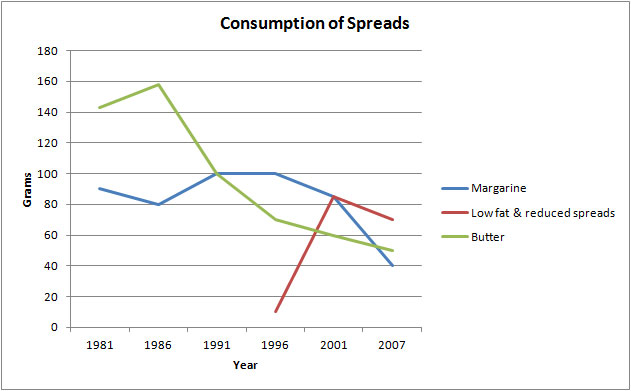
The graph below shows the population figures for different type of turtles in India from 1980 to 2012.

- Source: Graph not designed by IELTS Liz. Source unknown.
The graph below shows the amount of goods transported in the UK from 1974 to 2002.

- Source: IELTS Cambridge English Test Books
- Click here: USEFUL TIPS
The line graph below shows the consumption of 4 kinds of meat in a European country from 1979 to 2004.

IELTS Table Practice Samples
- Source: IELTS Liz
The table below shows the proportion of income spent on 4 common items in the UK in 1998.

- Source: Table not designed by IELTS Liz. Source unknown

- Source: IELTS Liz, Reported by IELTS candidate
The table below gives information about the underground railway systems in 6 countries.

The table below shows consumer spending on different items in 5 countries in 2002.

The table below gives information about the employment sectors in which people from 3 age groups worked.

IELTS Pie Chart Practice Samples
The pie charts below show the average household expenditures in a county in 1950 and 2010.
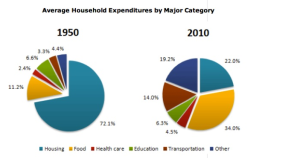
- Source: Charts not designed by IELTS Liz. Source unknown.
The charts below show the percentage of students joining North West University.

The charts below give information about the electricity generation in two countries in 2009.

The pie charts below show the spending of a school in the UK from 1981 to 2001.
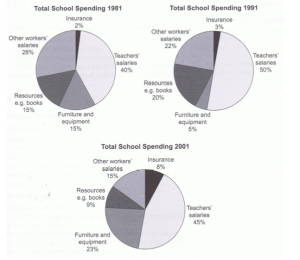
IELTS Diagram Practice Samples
The diagram below shows how rainwater is collected for the use of drinking water in an Australian town.
The diagram below shows the water supply in Australia at present and in the future.
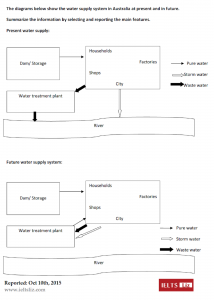
The diagram below shows how the water cycle works.

- Source: New Insight into IELTS
- Although this book was published years ago, I still recommend it for practise at home.
The diagram shows the process of making coffee.
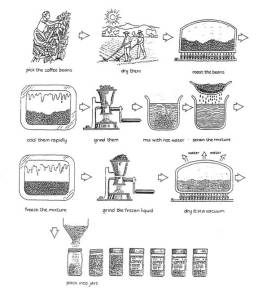
- Source: Diagram not designed by IELTS Liz. Source unknown.
The diagram below shows how coal is used to generate electricity.
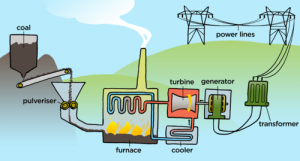
- Source: mstworkbooks.co.za , natural sciences.
IELTS Map Practice Sample
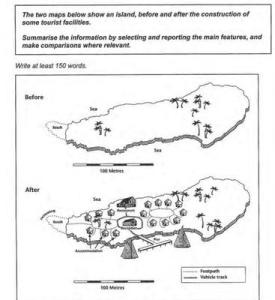
IELTS Multiple Charts Practice Samples
Two Bar Charts
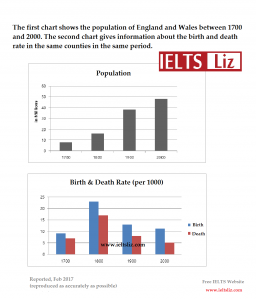
- Download PDF: TWO BAR CHARTS
Bar Chart & Two Pie Charts The charts below give information about levels of education in Glasgow, a city in Scotland, in 2010.
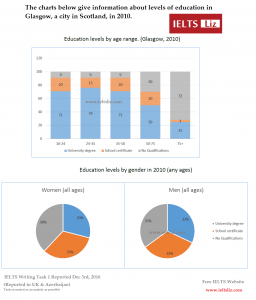
Table & 3 Pie Charts

- click here: MODEL ANSWER
Two Pie Charts & Bar Chart
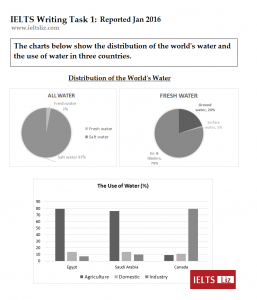
Useful Links for FREE IELTS Preparation
IELTS Writing Task 1: ALL TIPS, MODEL ANSWERS, VIDEOS etc (FREE)
IELTS Writing Task 2: Model Essays, Linking Words & Videos (FREE)
All the best
FREE SUBSCRIBE Subscribe to get new lessons & tips by email. Email Address Subscribe
ADVANCED IELTS LESSONS

Recent Lessons
Ielts gt writing task 1 letter: using the prompts for a high score, ielts writing task 1: multiple charts, graphs and tables, ielts writing task 2 essay topics 2024, introduction paragraph for ielts writing task 1, ielts speaking part 2 topic water sports: vocab & model answer.
Click Below to Learn:
- IELTS Test Information
Copyright Notice
Copyright © Elizabeth Ferguson, 2014 – 2024
All rights reserved.
Privacy Policy & Disclaimer
- Click here: Privacy Policy
- Click here: Disclaimer
Return to top of page
Copyright © 2024 · Prose on Genesis Framework · WordPress · Log in
- Share full article
Advertisement
Supported by
The Ezra Klein Show
Are Democrats Right to Unite Around Kamala Harris?
A middle path for democrats, and for harris.
The transcript of this audio essay has been edited.
Last week, the Republican Party held its quadrennial convention in Milwaukee. My colleague Elias Isquith described it as a megachurch service held in a Vegas casino under the ever-watchful gaze of its living god. All that week, I heard: America First, America First, America First. But it was clear who came first: Donald J. Trump. This was a party that had persuaded itself that one man’s ambition, his insatiable, unquenchable lust for power, was self-sacrifice. That Trump cared not for himself, that he only cared for you.
Throughout that convention, Trump was spoken of in religious terms. He was a man persecuted on behalf of all who put their faith in him. A leader on a divine mission, chosen and protected by an almighty God. If you did not believe in him, you did not believe in America.
On the final night, shortly before Trump spoke, Hulk Hogan took the stage wearing a shirt emblazoned with the American flag. He sent the crowd into a frenzy as he ripped that shirt, tearing the flag on it in half, to reveal a Donald Trump campaign shirt beneath. It was all so unbearably literal.
In 2020 and early 2021, Donald Trump tried to overturn an election he lost. He used the power of the presidency to pressure state election officials. He whipped up a mob that stormed the Capitol and endangered the lives of the men and women he served with, including his own vice president. People died on that day. How did the Republican Party react to that? Ultimately, by submitting to Trump’s fantasies and resentments. Where was Mike Pence, the vice president from Donald Trump’s first term? He was in exile, replaced by JD Vance. Pence certified the 2020 election. Vance has said he would have backed Trump’s challenge.
There was no price Trump would not have paid to cling to power, and the message of the 2024 Republican convention was that there was no price the Republican Party would not pay to give Trump that power. The message of the 2024 Republican convention was simple: Donald Trump first.
What President Biden did on Sunday — that is what it looks like to put country first. What the Democratic Party did over the past few weeks — that is what it looks like to put country first. The catastrophe of the debate, for Biden, was that he couldn’t draw the true contrast between him and Trump: Instead of highlighting Trump’s narcissism and illiberalism, Biden highlighted Trump’s relative energy and vigor. On Sunday, though, Biden upended that. In one decision, he drew a very different contrast between him and Trump: Trump would not peaceably step aside even after losing an election. Biden stepped aside before the election because he understood that the party and the country are bigger than he is. Putting your own ambitions second — that’s what it looks like to actually put America first.
We are having trouble retrieving the article content.
Please enable JavaScript in your browser settings.
Thank you for your patience while we verify access. If you are in Reader mode please exit and log into your Times account, or subscribe for all of The Times.
Thank you for your patience while we verify access.
Already a subscriber? Log in .
Want all of The Times? Subscribe .

IMAGES
VIDEO
COMMENTS
20 Recent IELTS Graph samples with answers. The following IELTS Academic Writing Task 1 questions are taken from recent IELTS exams. If you are preparing for the Academic IELTS or planning to take the test soon, practise those samples and submit a worth sharing answer in the comment section.
We will use this essay structure for all line graph questions. Now, let's join IELTS Instructor Tina below to learn how to approach IELTS Writing Task 1 Line Graphs questions.
Learn how to write a line graph essay for IELTS with a step-by-step lesson, a model answer and tips on key features and structure.
These are the most recent/latest IELTS Writing Task 1 Task topics and questions starting in 2019, 2020, 2021, 2022, 2023, and continuing into 2024.
This model line graph for IELTS is estimated at band score 9. The model answer below is for IELTS writing task 1 academic paper. Use this sample writing as a template for structure, key features and language for any IELTS line graph. There are also some tips given below to guide you and help you understand how to describe this type of graph.
In this post, we'll go over line graphs for IELTS Academic Writing Task 1, with a sample question and model answer as a guide.
This section contains IELTS graph writing samples where in you can practice your writing skills and assess by constantly checking the model answers. Check out the band 9 IELTS writing task 1 sample answers academic to get a clear understanding of the type of language, flow and vocabulary used in the IELTS exam.
Step-by-step lesson on IELTS Multiple Graph essays. Discover how to plan, identify key features & structure a high-scoring essay. Model answer for illustration.
IELTS Writing Task 1 Academic line graph essay example that is a band score 8. The question is > The line graph below shows changes in the amount and type of fast food consumed by Australian teenagers from 1975 to 2000. Take a look at the sample answer >>
IELTS Line Graph Sample Essay Home » IELTS academic task 1 » Line Graph Sample Essay Line graphs come up often in IELTS writing part 1. We will show you how to confidently answer questions about line graphs, helping you practice summarising the data and identifying trends.
Some diagrams or graphs are easy to examine and present. However, there are some that require you to observe more closely and plan properly to answer. Here goes the list of such graph questions with links to model answers that many students find difficult to answer.
Before writing an IELTS bar chart or line graph answer it is important that you analyse the question correctly so that your write a clear answer.
Line graphs are very common in IELTS academic task 1 writing. In this lesson, we will look at a Model Answer for CO2 emissions for 4 European countries and an analysis.
IELTS Academic Writing Task 1: This lesson describes in a simple way how you should describe a graph for the academic part of the test for task 1. You need an introduction, overview and body paragraphs. These simple steps will show you how, and how to get a high score.
In this post, we will look at a Writing Task 1 Academic line graph essay example from the IELTS writing task 1 Academic Test. Students often ask if the questions are repeated year after year and the answer is no, but the type of chart or graph can be.
Sample Answer for Line Graph #1: More sample answers: The provided graph illustrates the evolution of birth and death rates in New Zealand from 1901 to 2101. Overall, the birth rate exhibits a marked volatility with a pronounced surge in the mid-20th century before a decline, whereas the death rate remains fairly consistent with a moderate ...
IELTS Line Graph Questions Here, you will find sample single line graph IELTS questions and double or more complex line graphs questions. A line chart is common in academic IELTS writing task 1. The line chart is also known as a line graph, in which information is represented using several points joined by straight lines.
Writing Task 1 Charts and Graphs Sample Essays >> Here are three sample essay questions and answers for you to look at. Review the language used, the essay structure, the information gathered and how they were written. In all of these questions, the minimum word count is 150 words.
In this article, you will see a list of common IELTS Academic Writing Task 1 - Bar chart questions. If you want to prepare for the IELTS Writing Test, these IELTS writing questions are a must-study.
Below is a band score 9 sample answer for an IELTS bar chart in writing task 1. Below the model is a link to a video lesson about how to describe an IELTS bar chart. Watch the video to learn essential tips for each paragraph for a high score bar chart.
Here you can find common IELTS essay questions for "graphs" topic.
Useful Vocabulary for Writing an IELTS Graph Essay. When it comes to IELTS writing task 1, 25% of your marks are for the range of words you use. That means IELTS graph vocabulary is a very important component to review as you prepare for the Writing Task 1. You can start by checking out this IELTS writing task 1 vocabulary guide.
Please remember that writing task 1 is not an essay, it is a report. Use the sample practice charts, tables and diagrams below to practise and develop your IELTS writing task 1.
"Every question possesses a power that is lost in the answer." In the words of Moishe the Beadle. In other words, questions are often very powerful while answers are merely too simple. Nevertheless, we still ask continuously; Were the Jews really wrong for denying reality during the Holocaust?
Sample COPES Essay Questions. 1103 Words 5 Pages. COPES Question: If a twenty-two-year old woman with generalized anxiety disorder, who experiences sleep disturbances due to excessive worry, receives cognitive behavioral therapy or psychodynamic psychotherapy, which will produce a greater reduction in her sleep disturbances? ...
Curious about what kind of candidate she'll be? Kamala Harris's dismantling of Supreme Court justice nominee Brett M. Kavanaugh six years ago is worth a rewatch.
It is clear Venezuelans have chosen to oust President Maduro. Whether that will happen remains in question.
An open convention or a coronation aren't the only two options. The transcript of this audio essay has been edited. Last week, the Republican Party held its quadrennial convention in Milwaukee ...